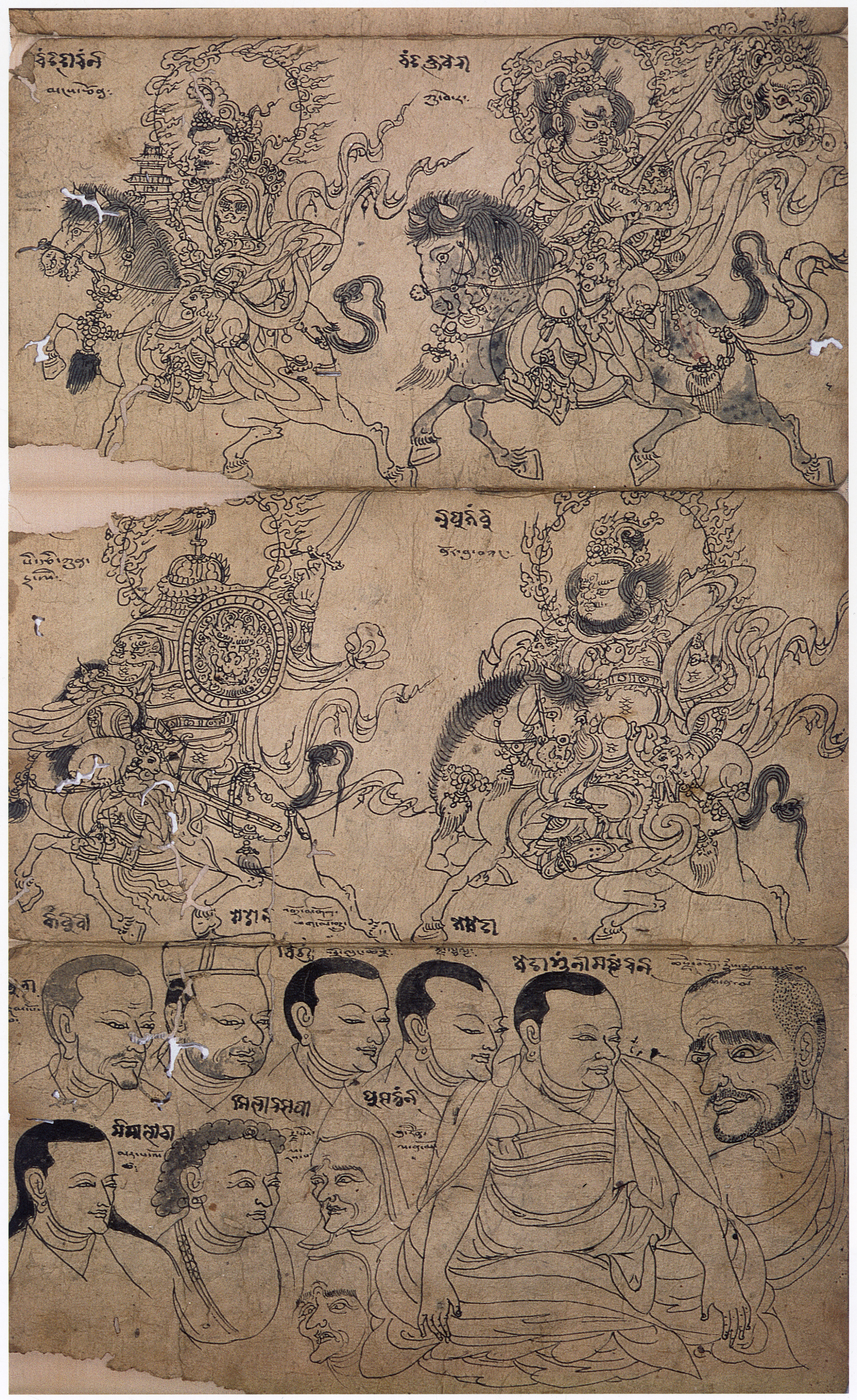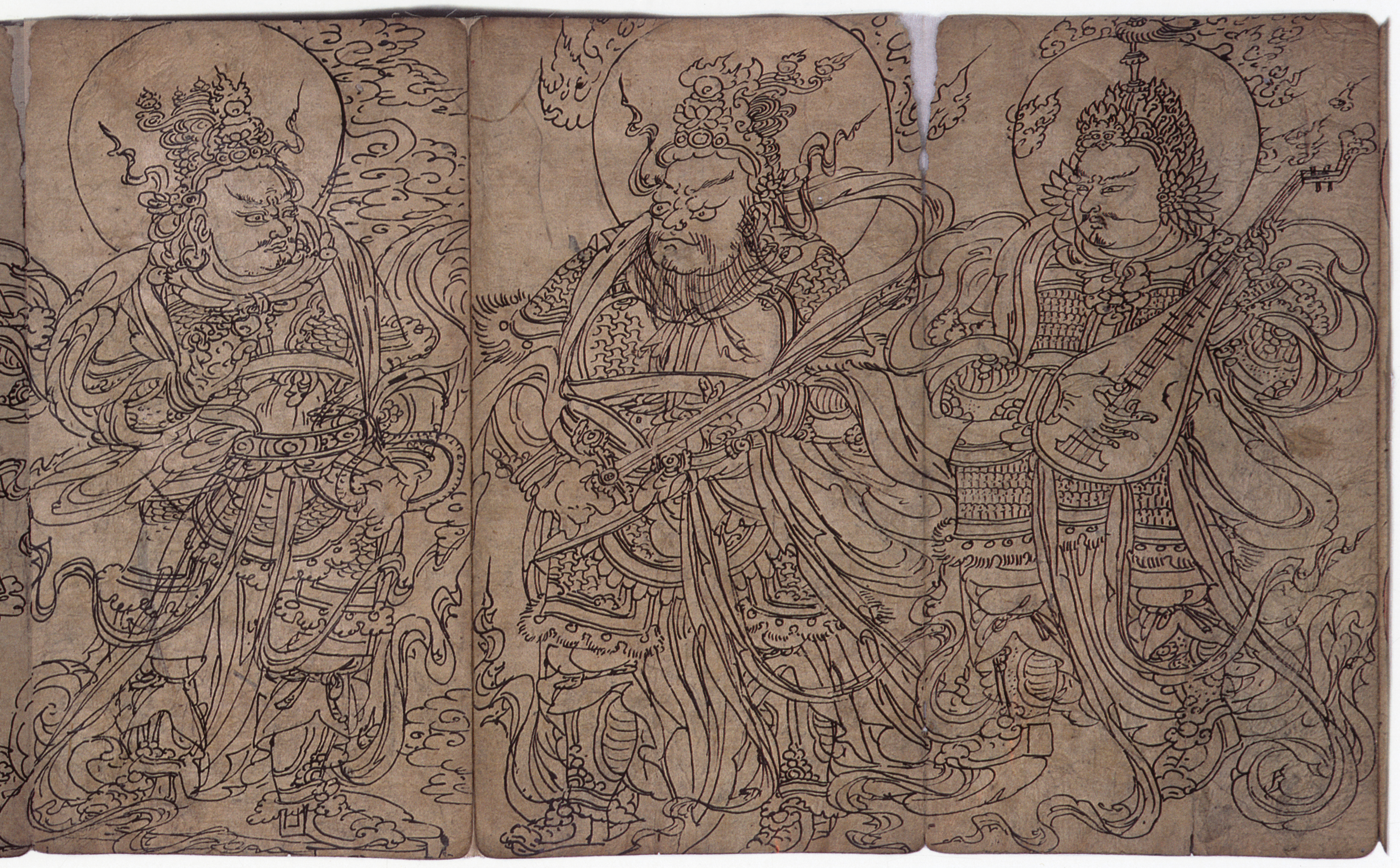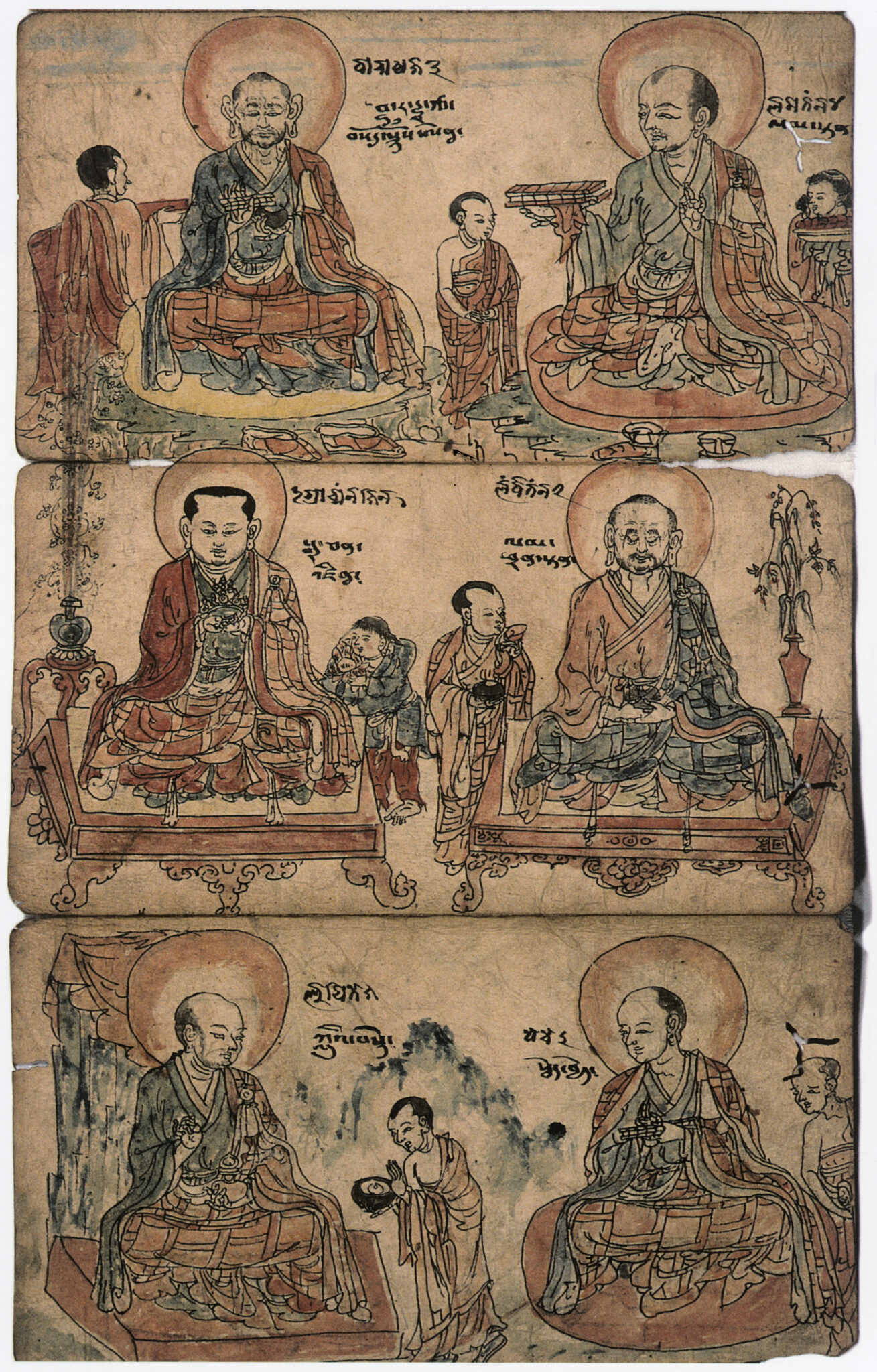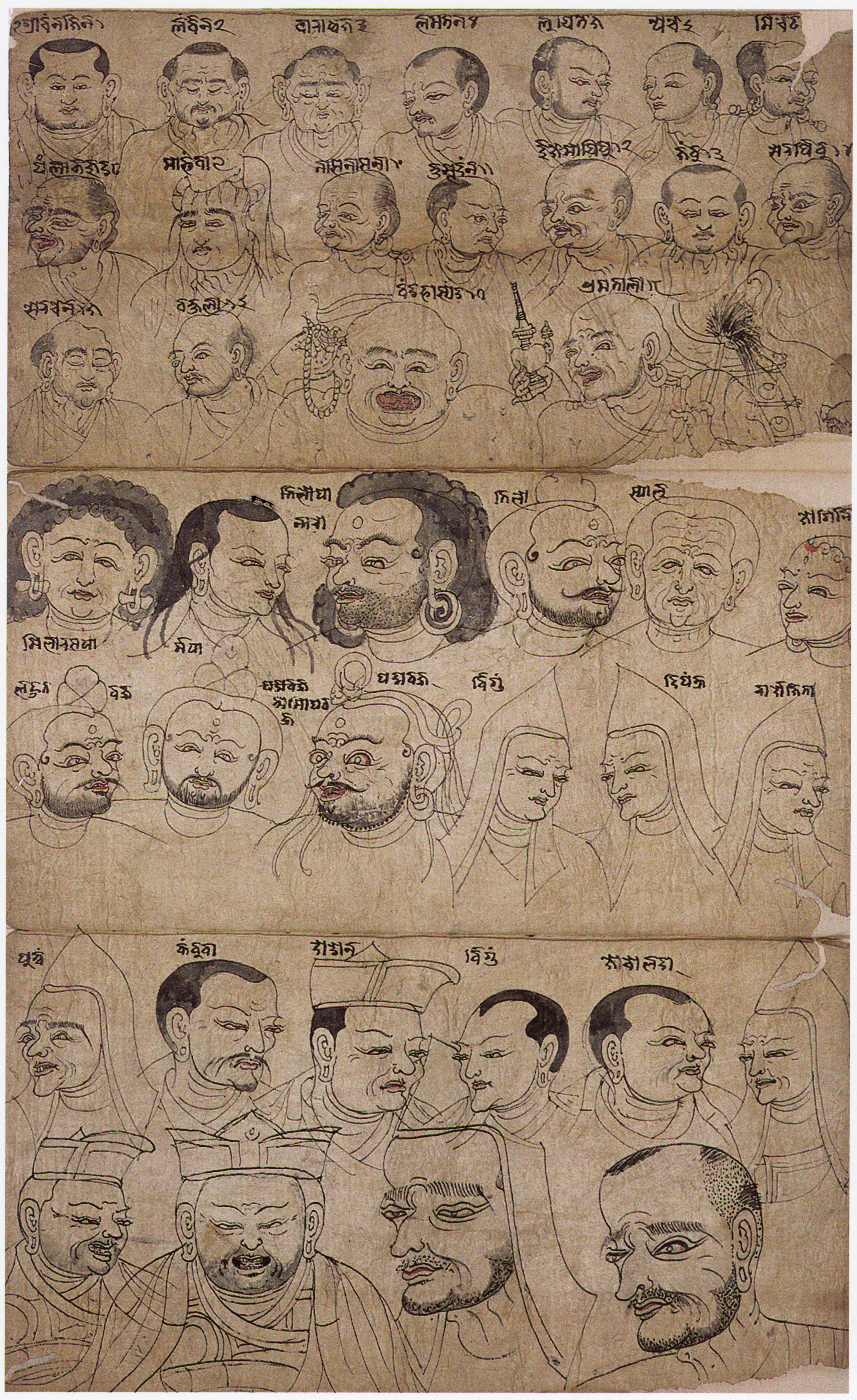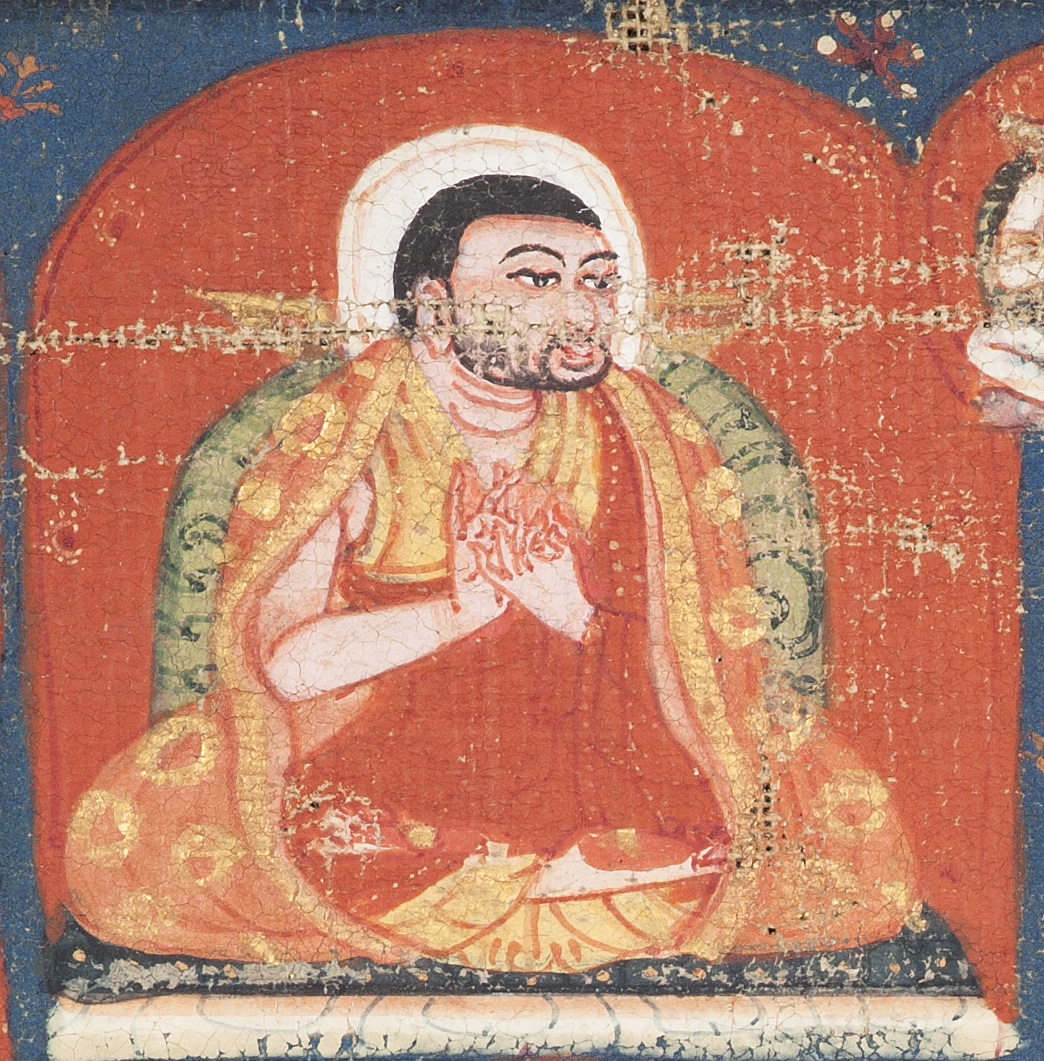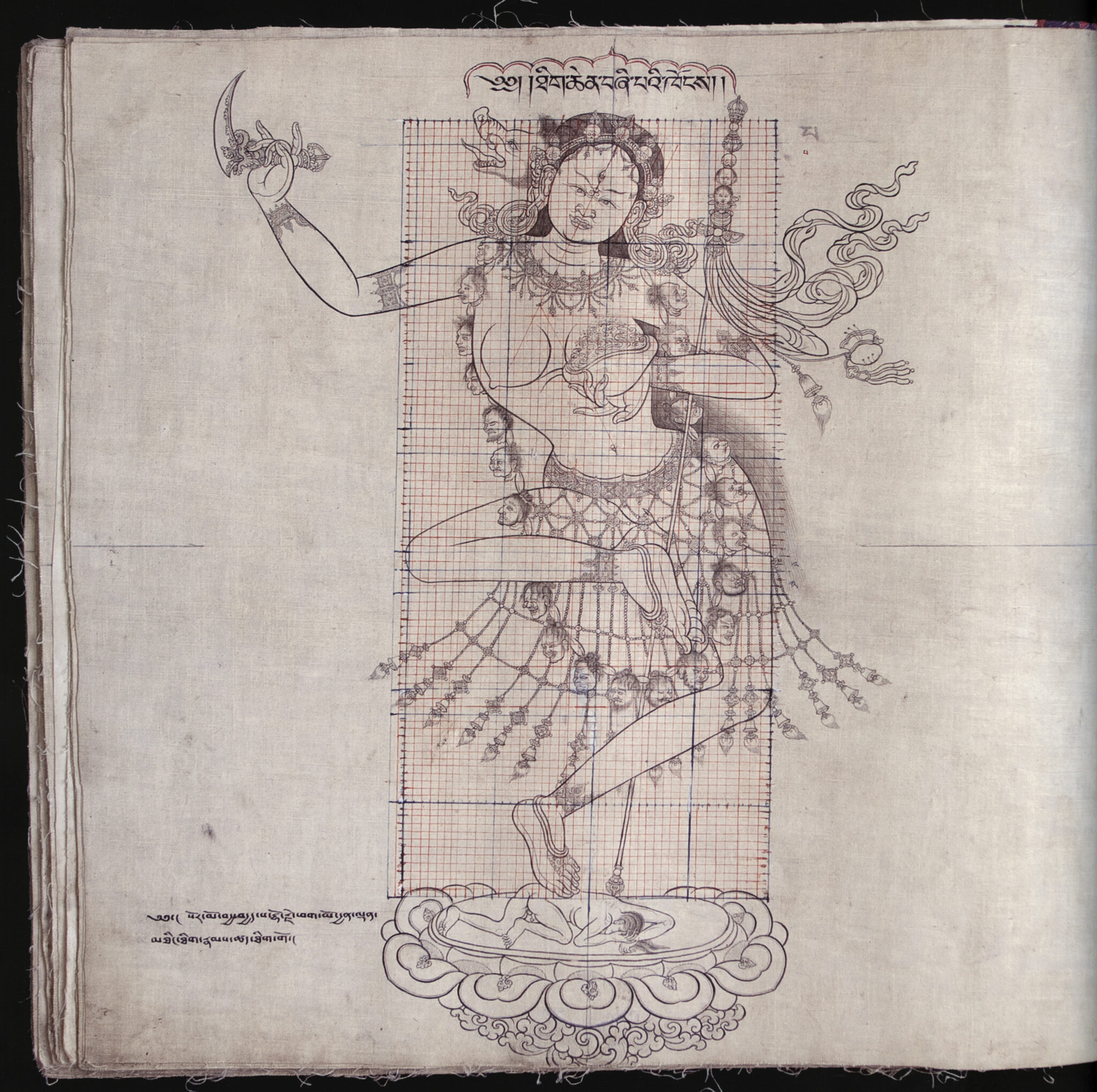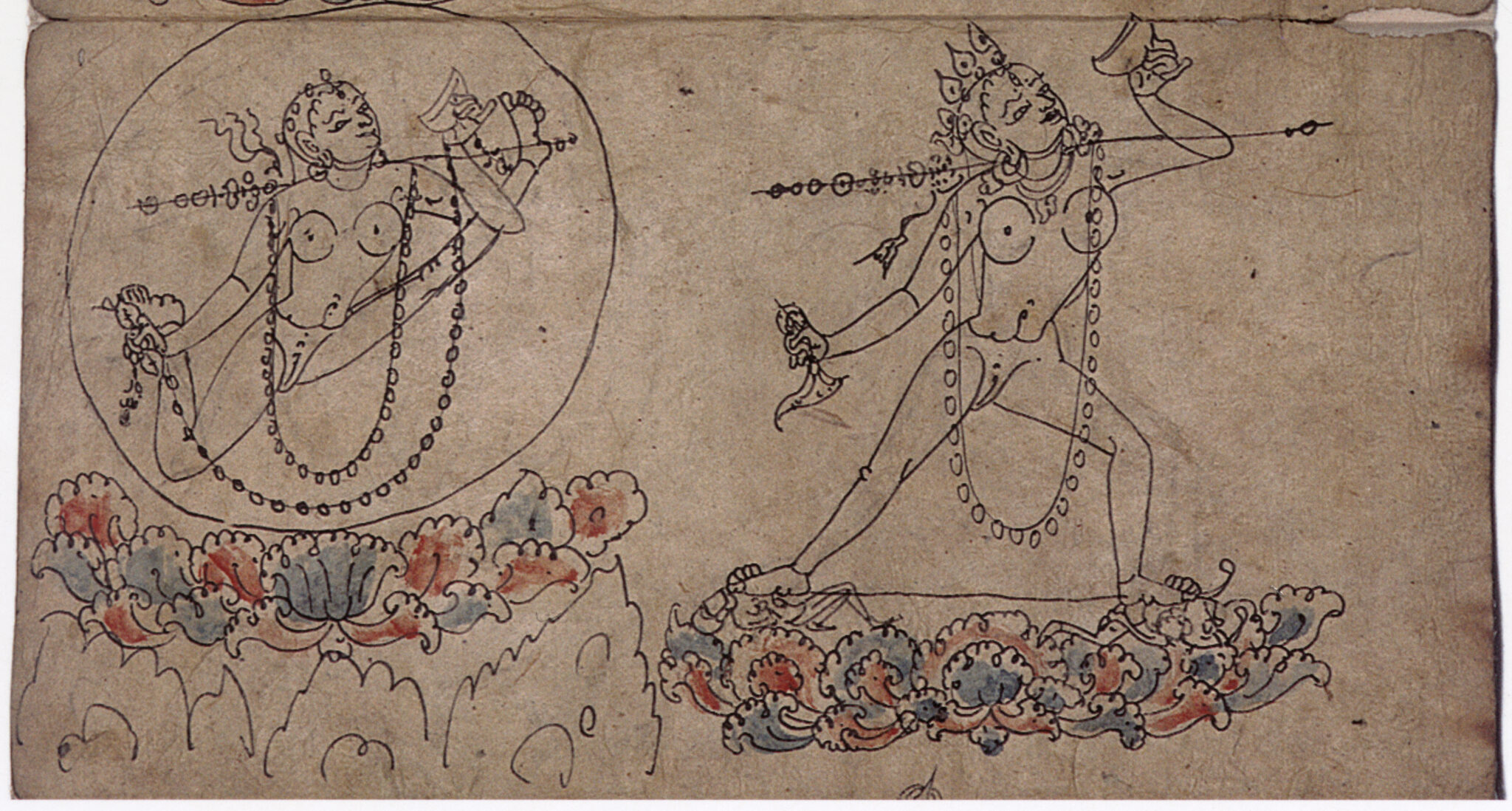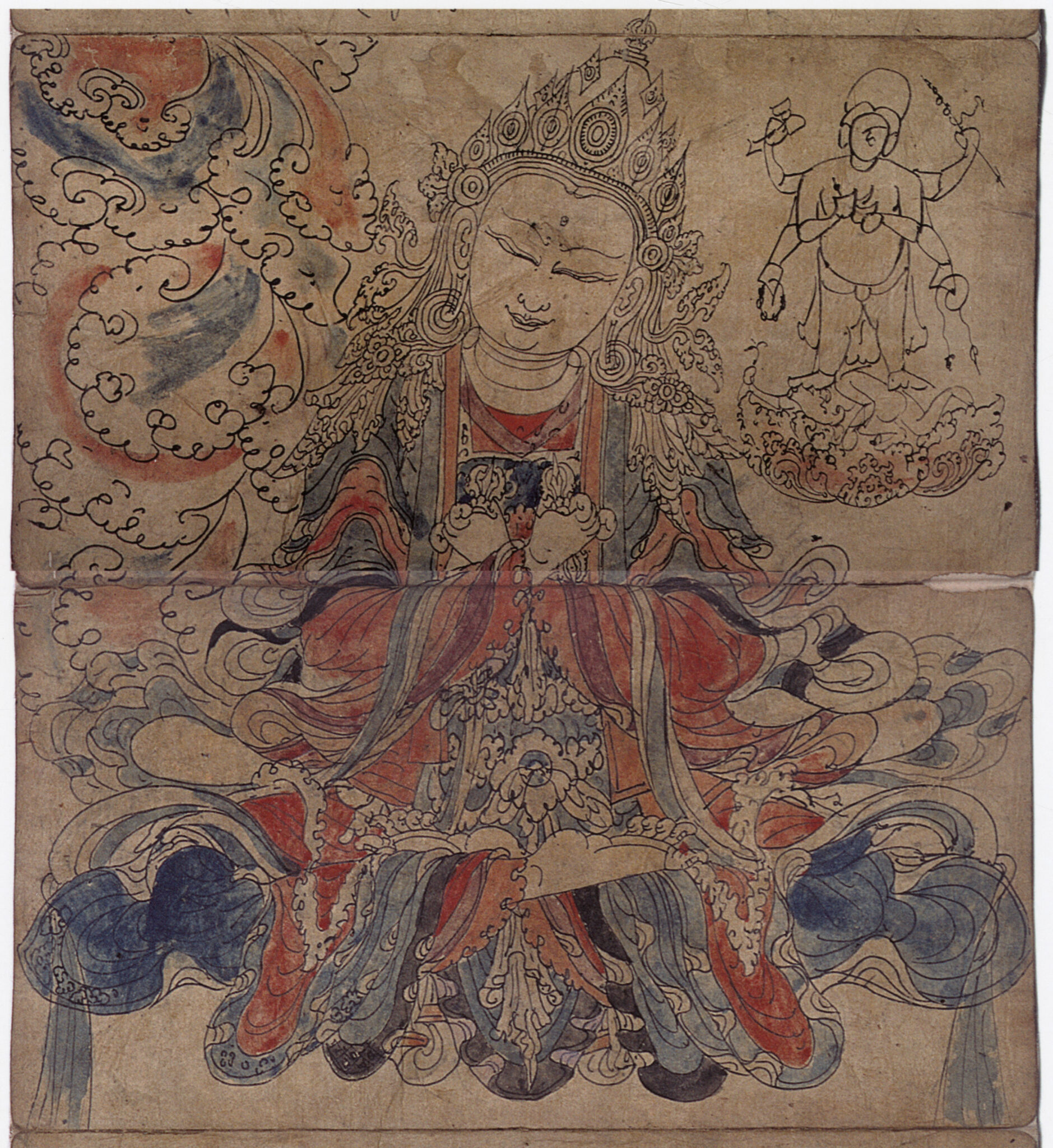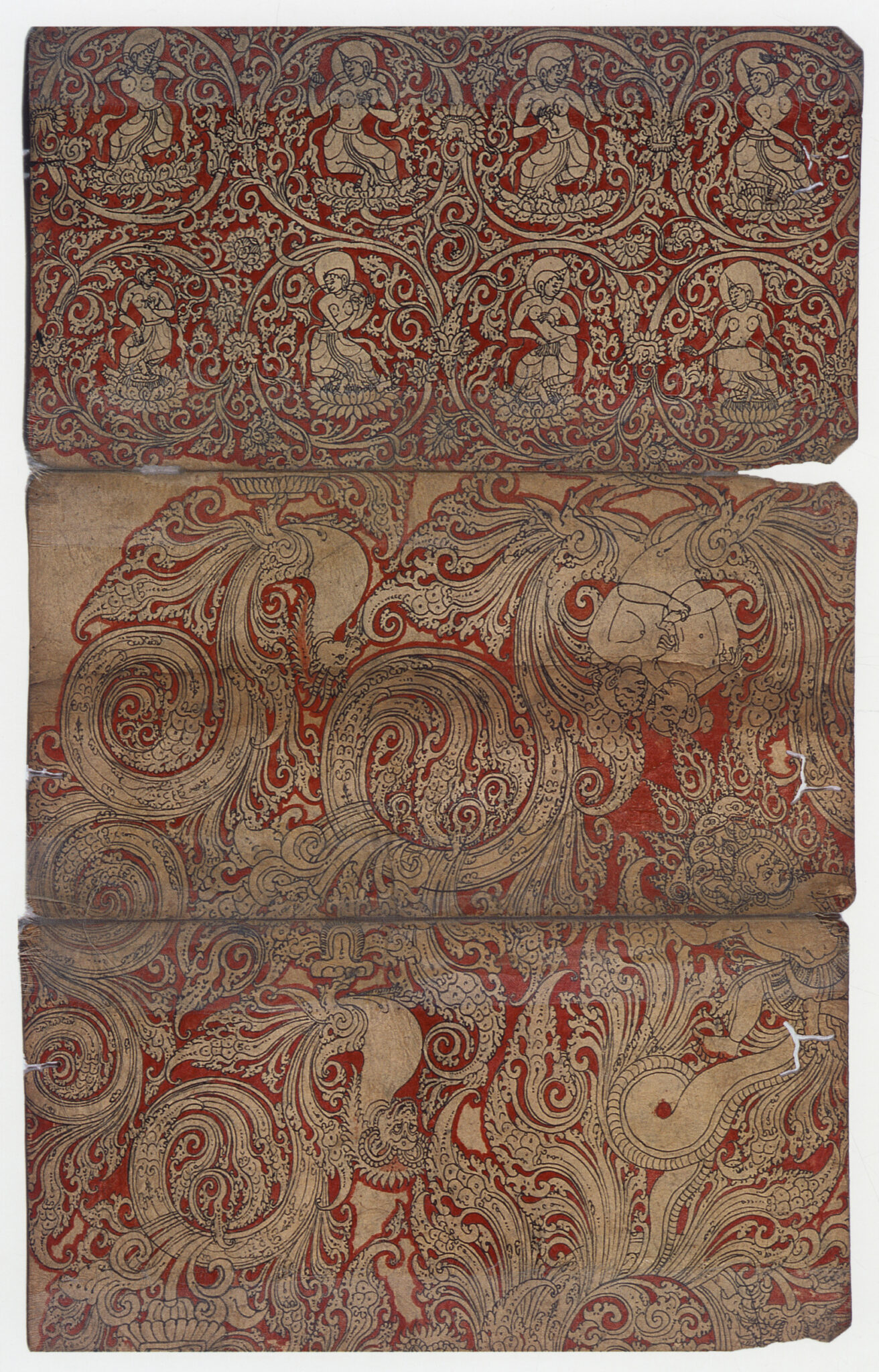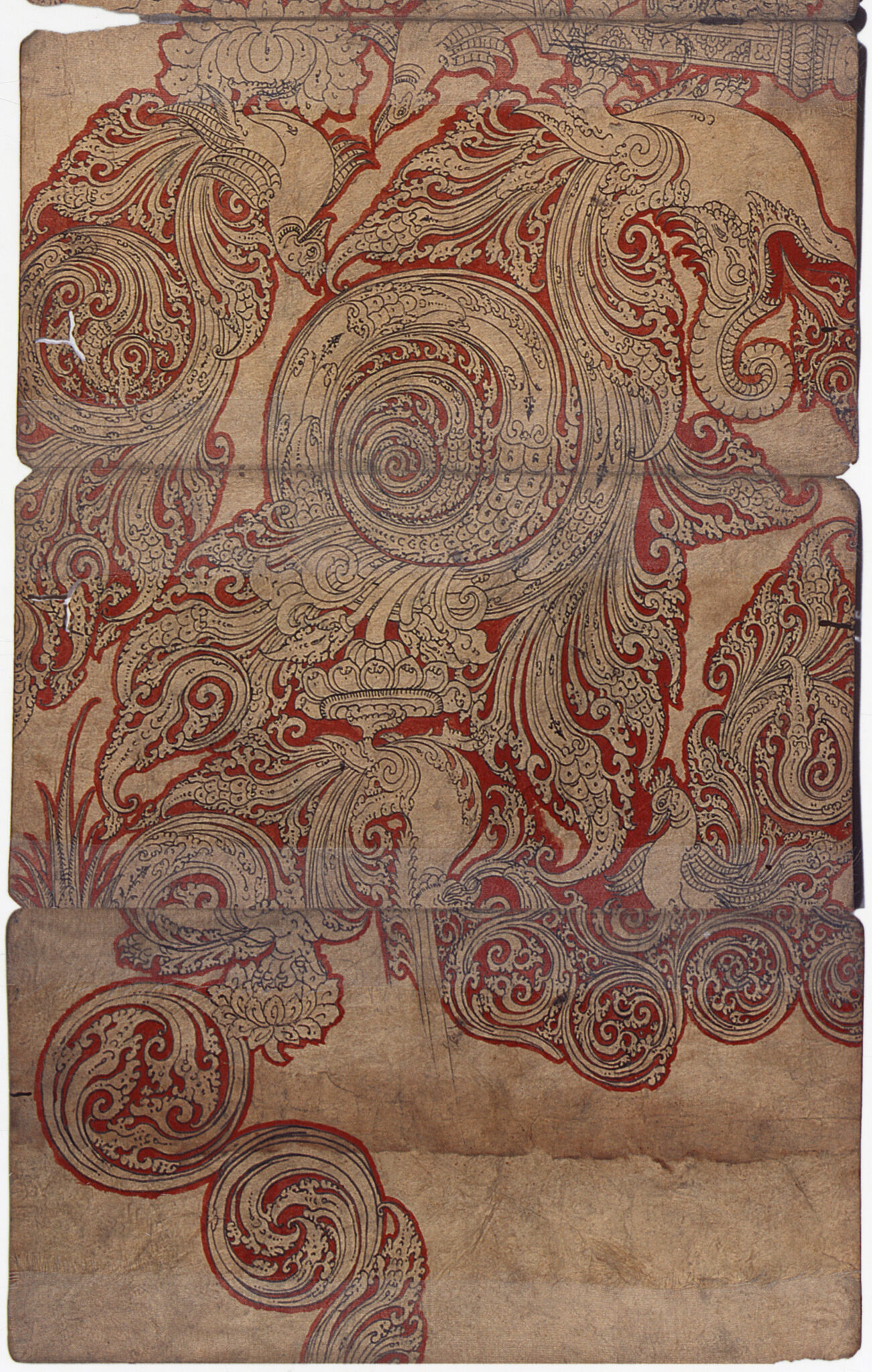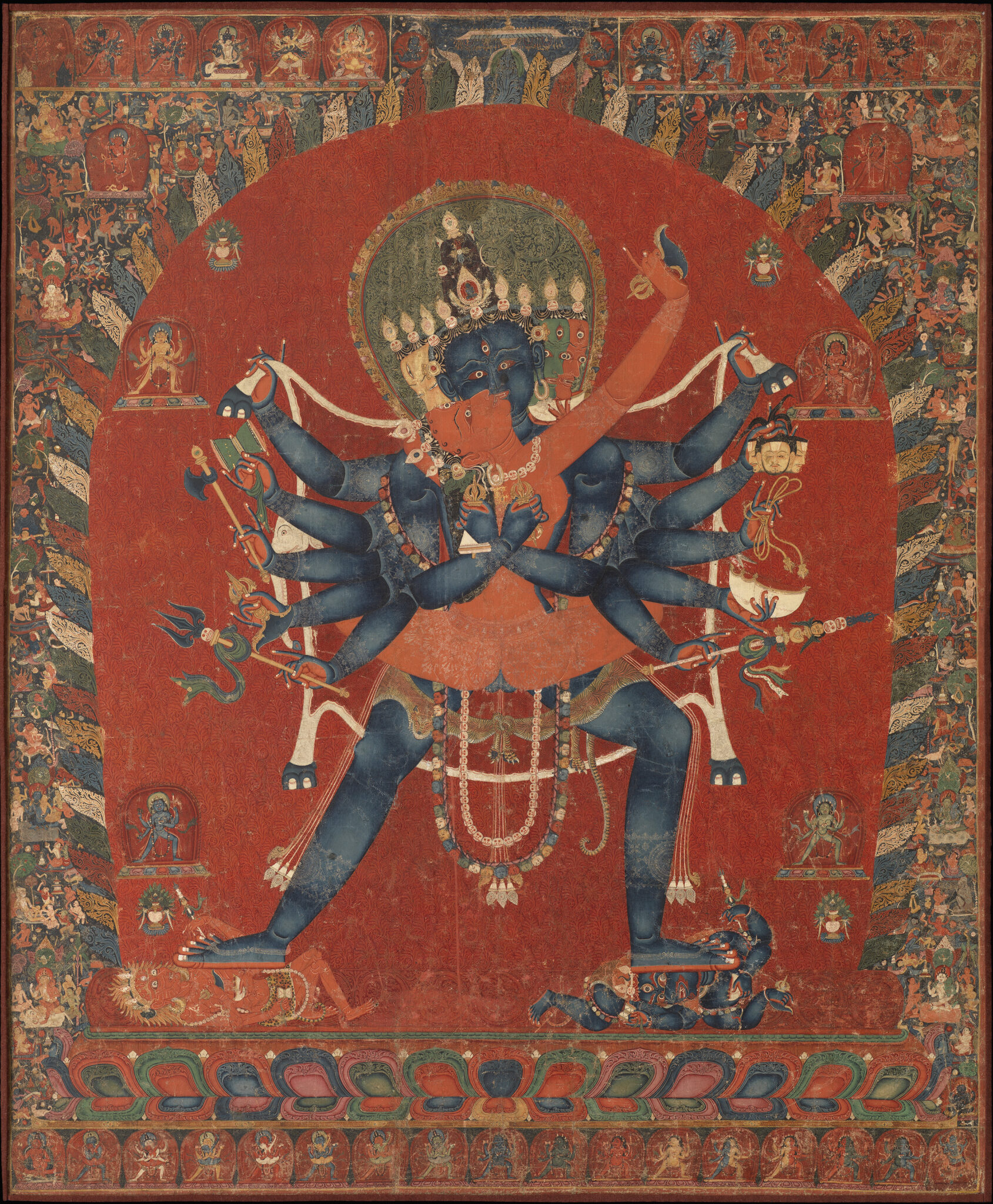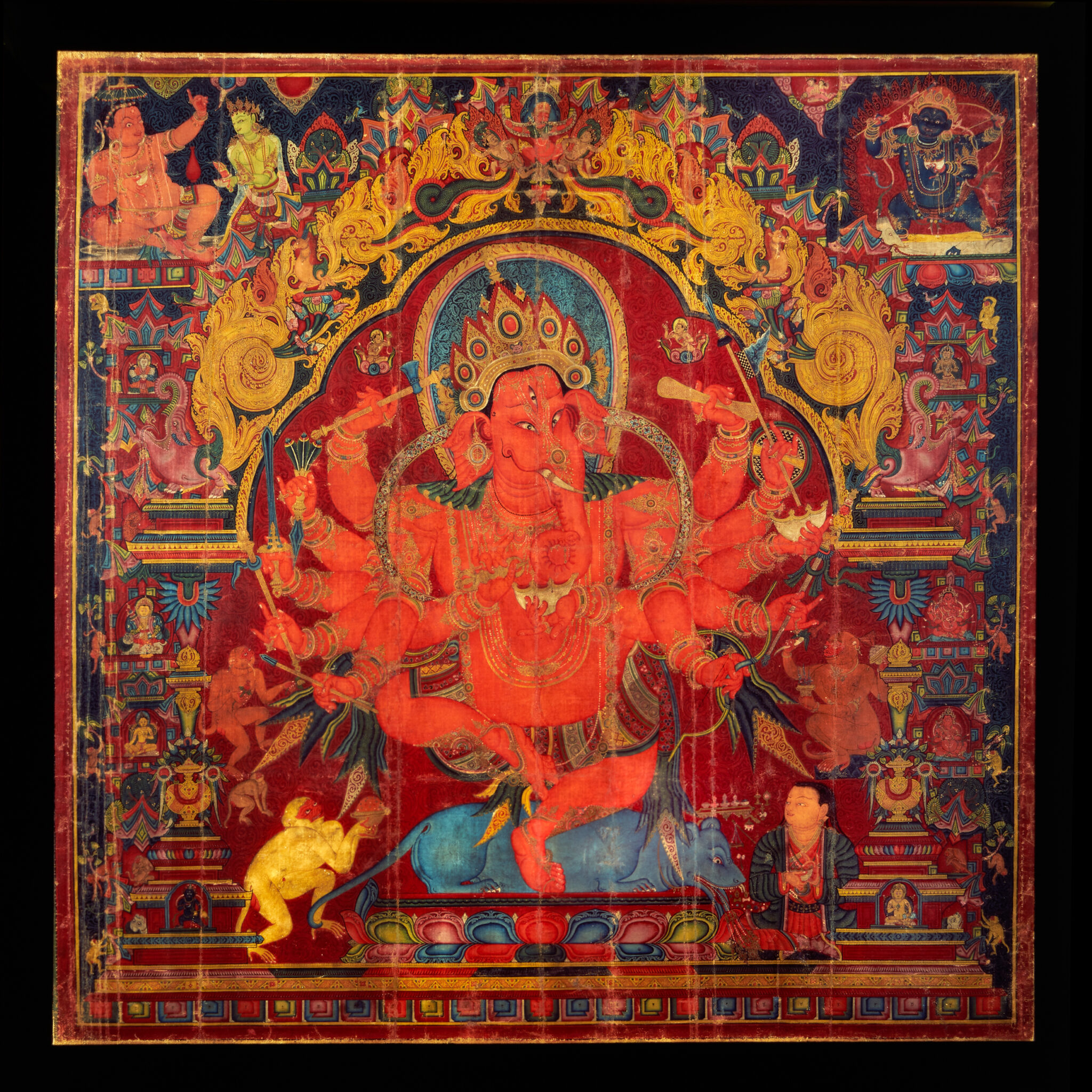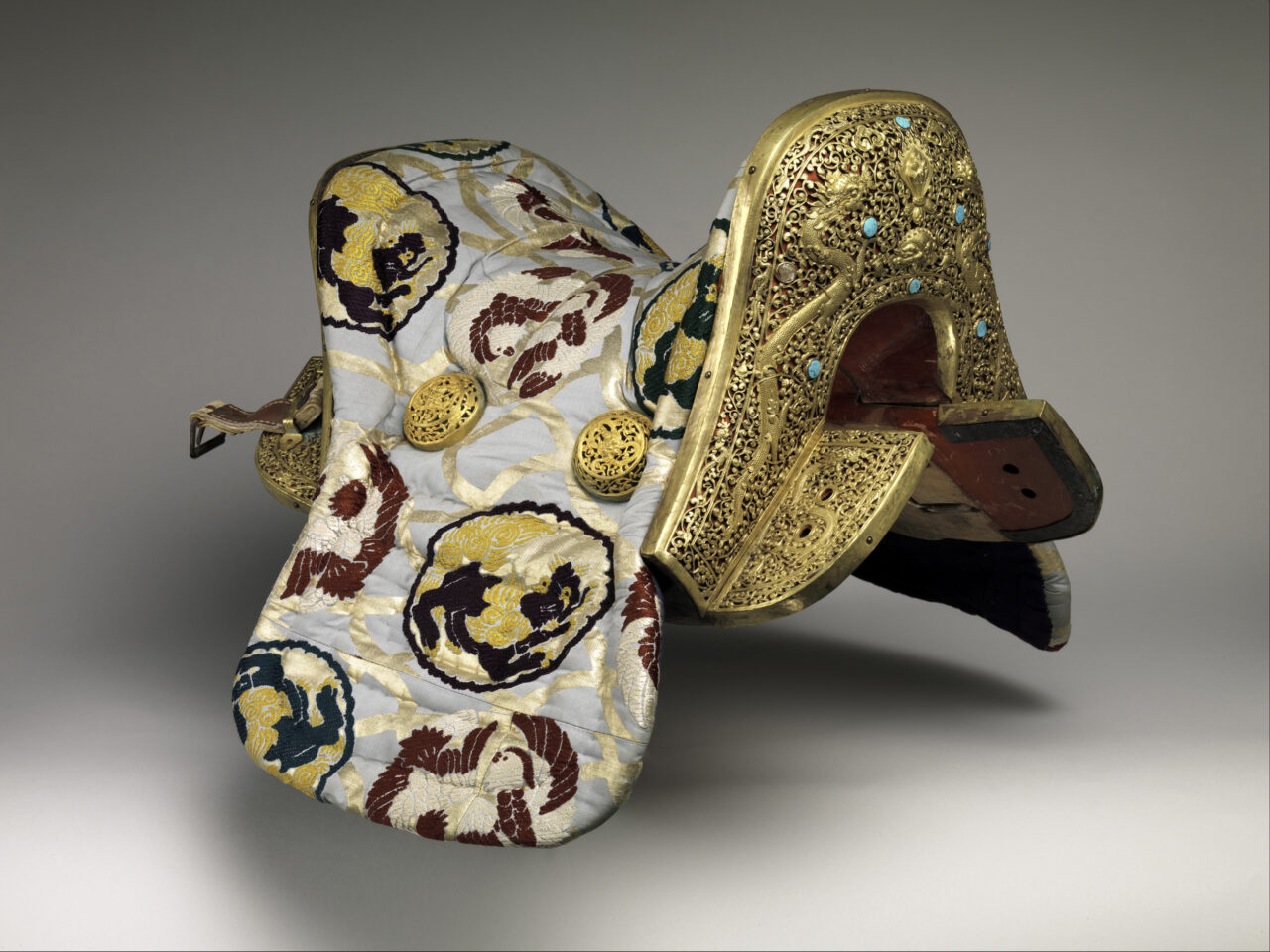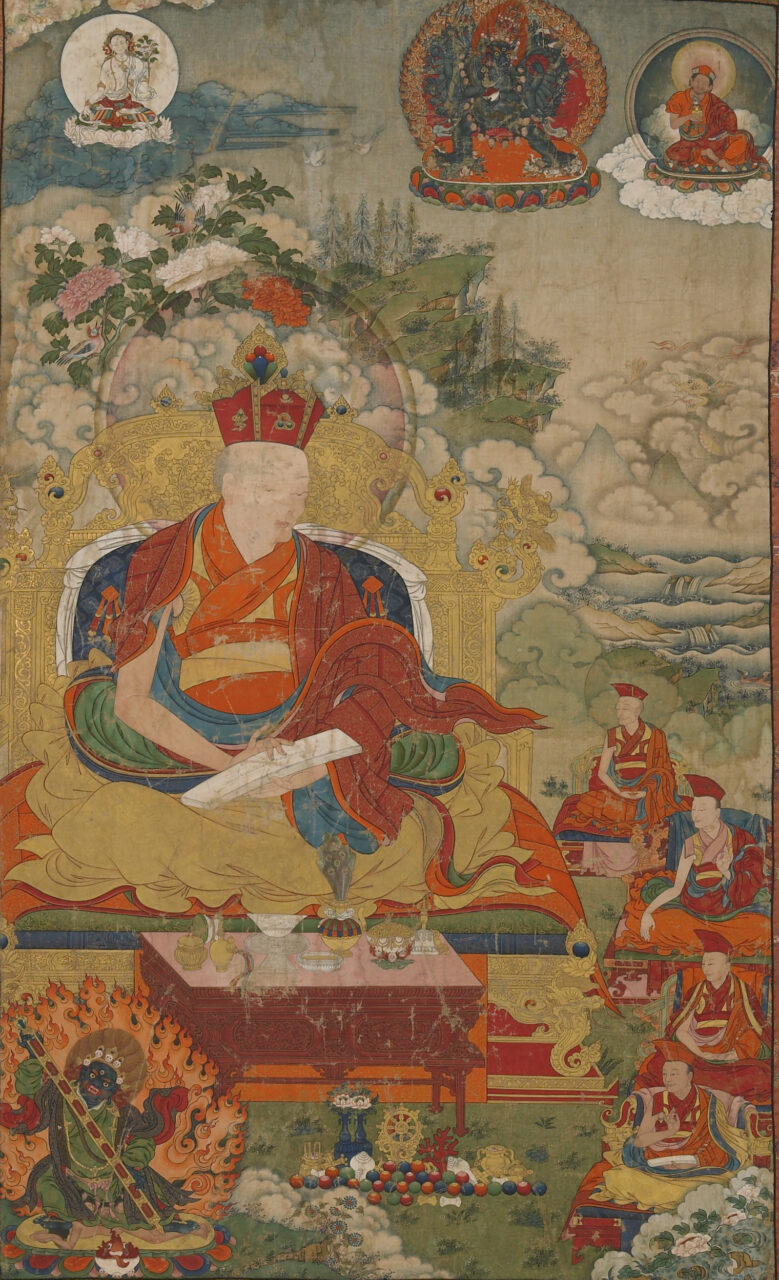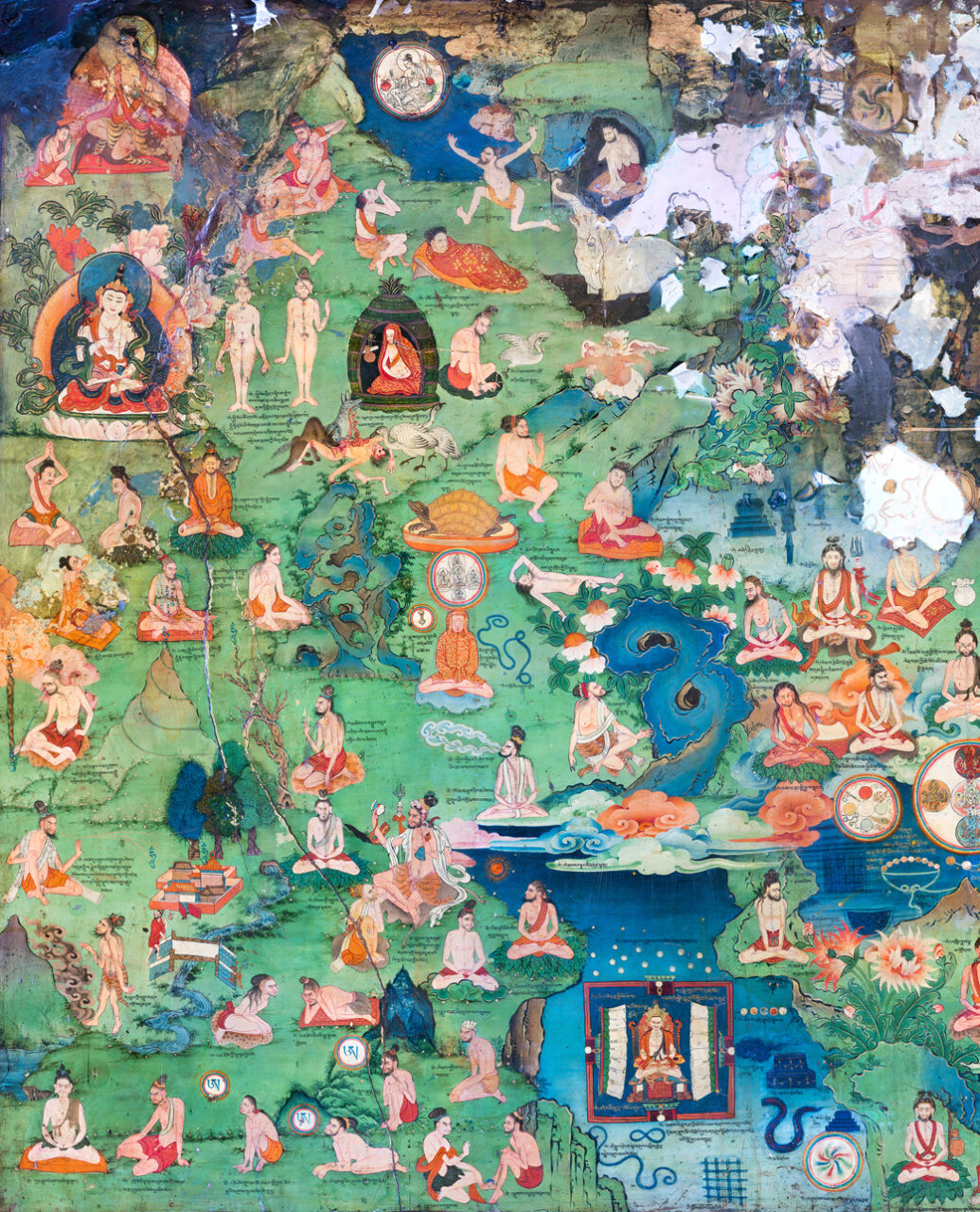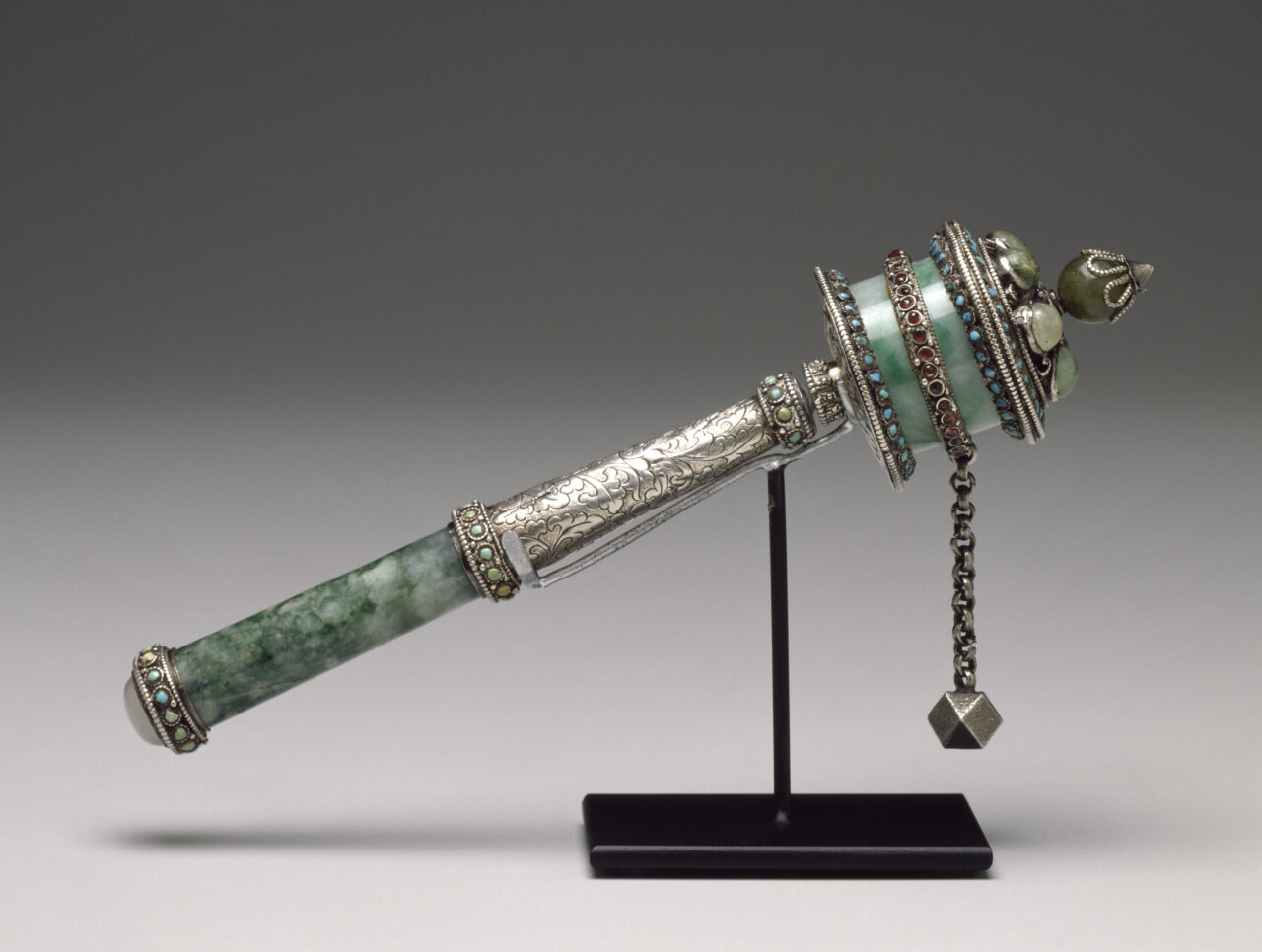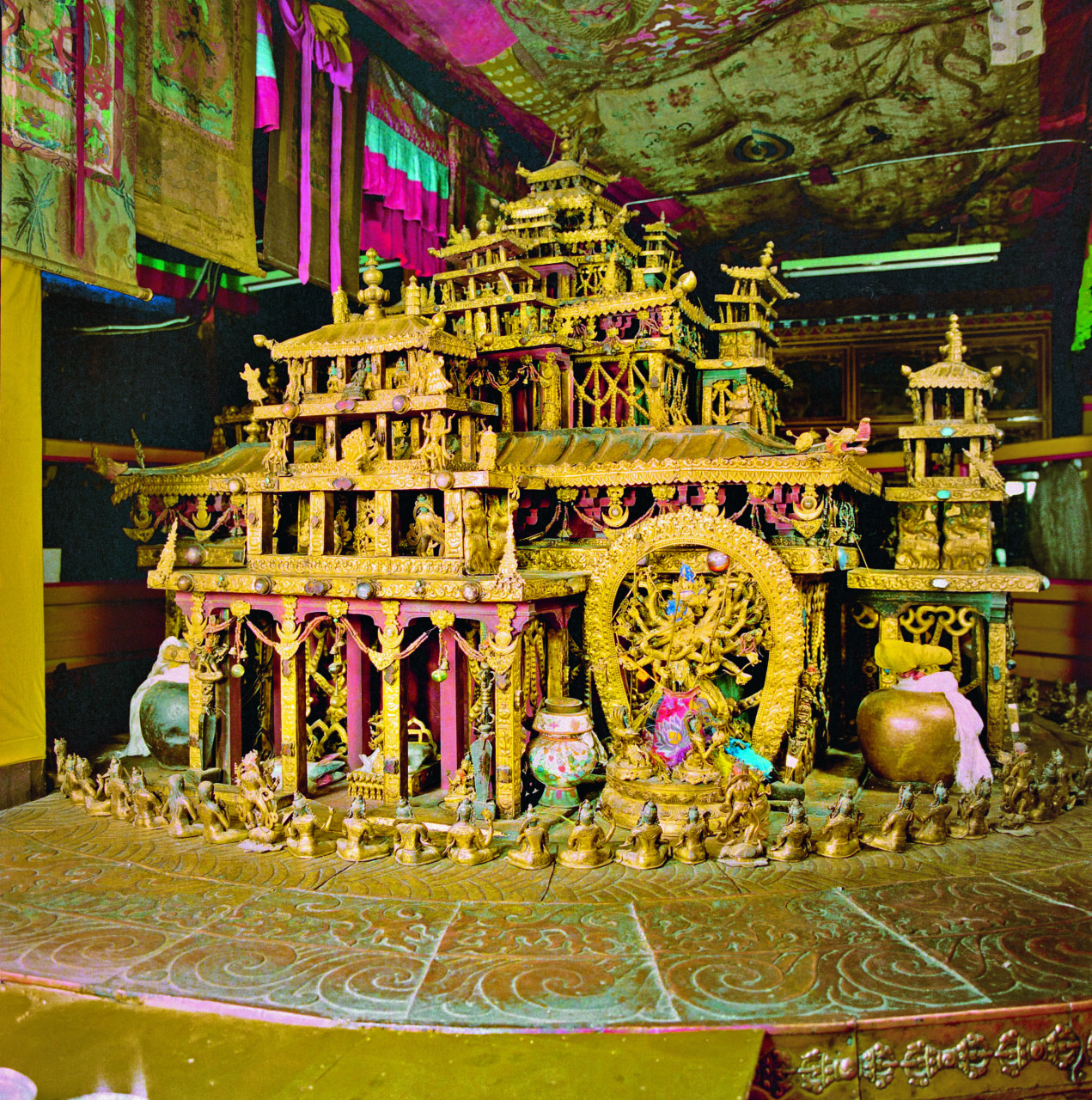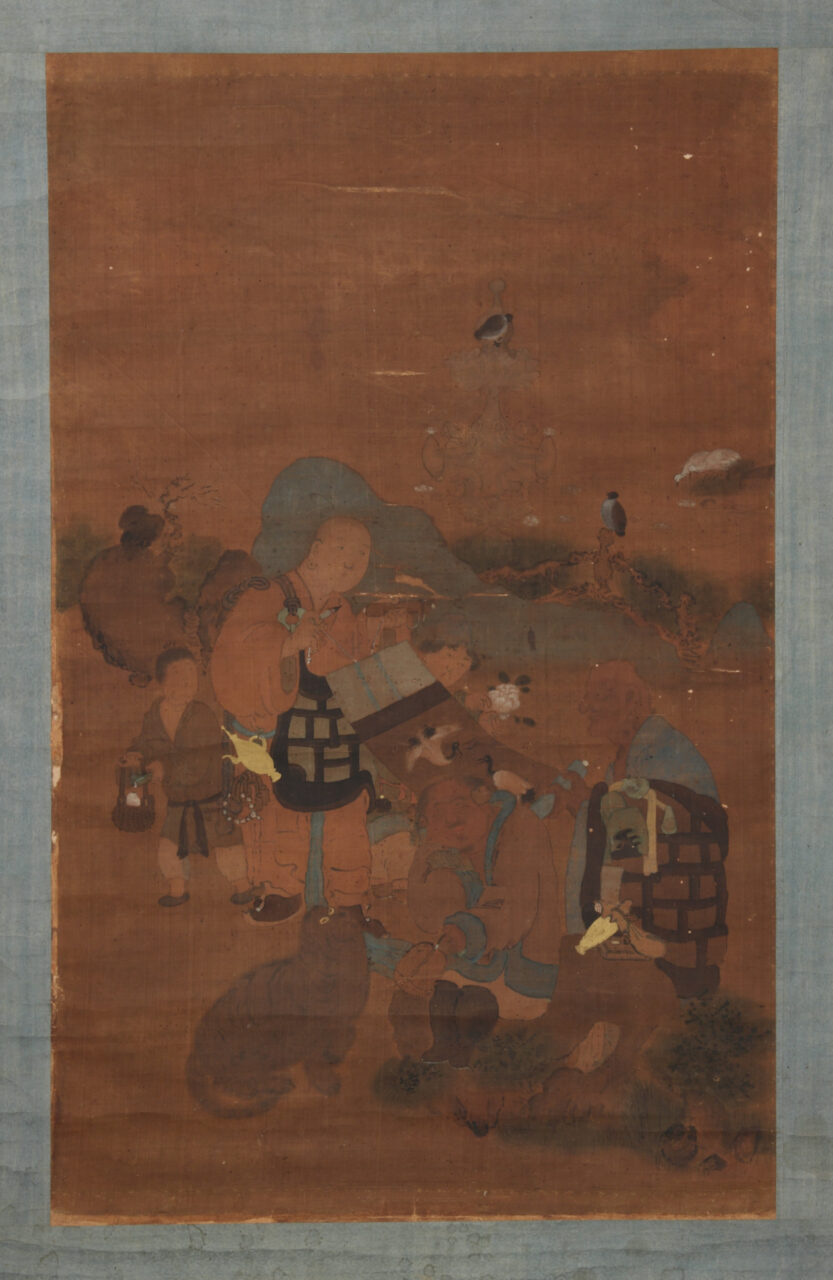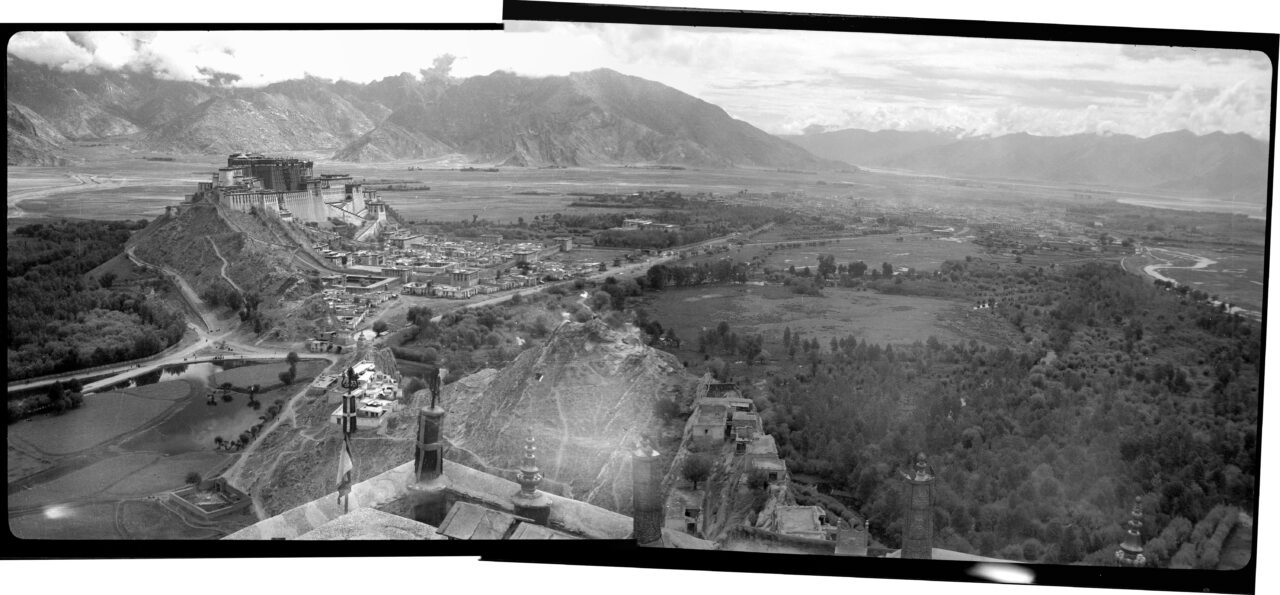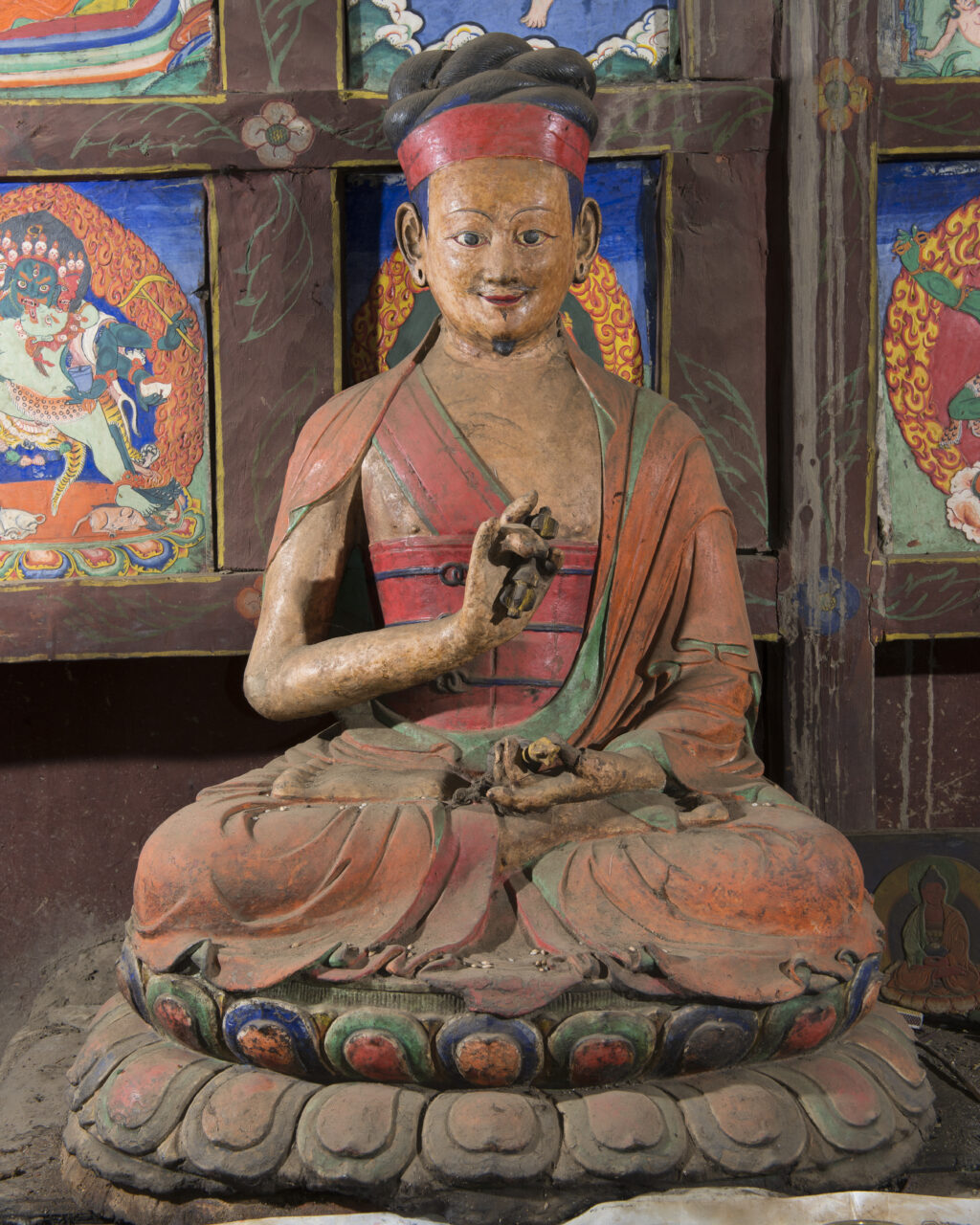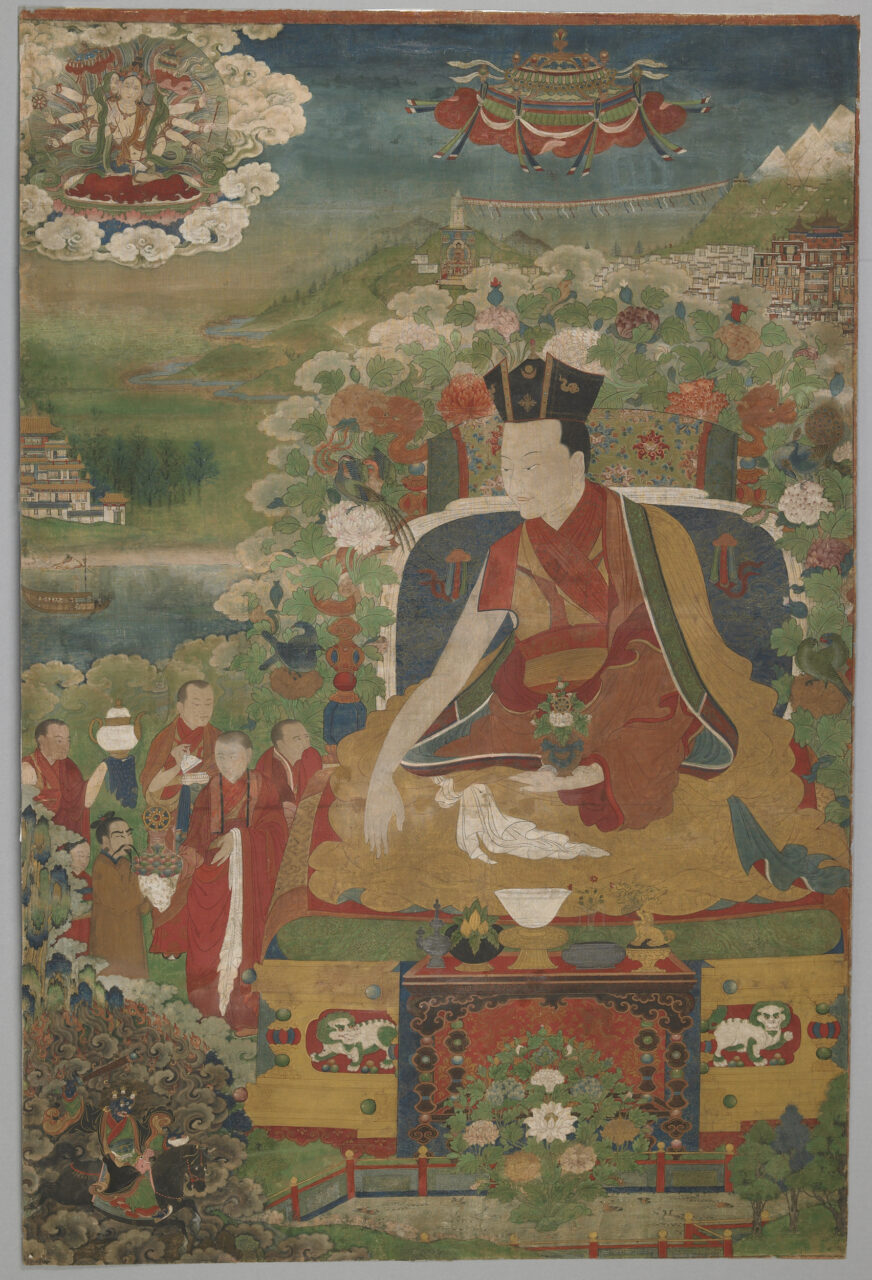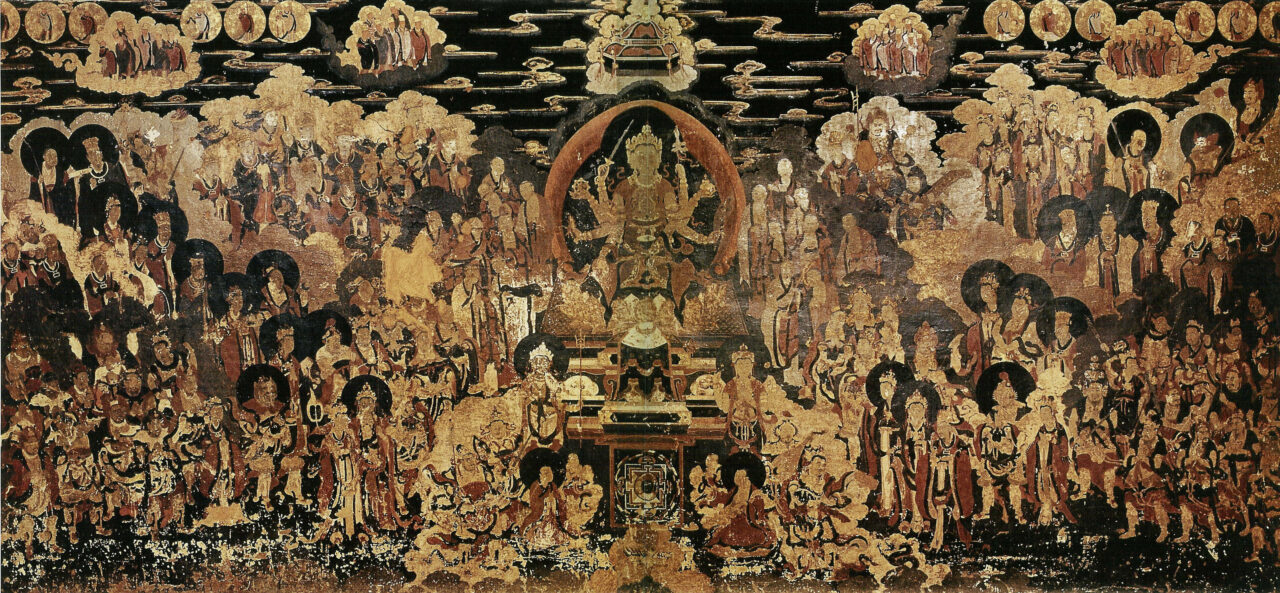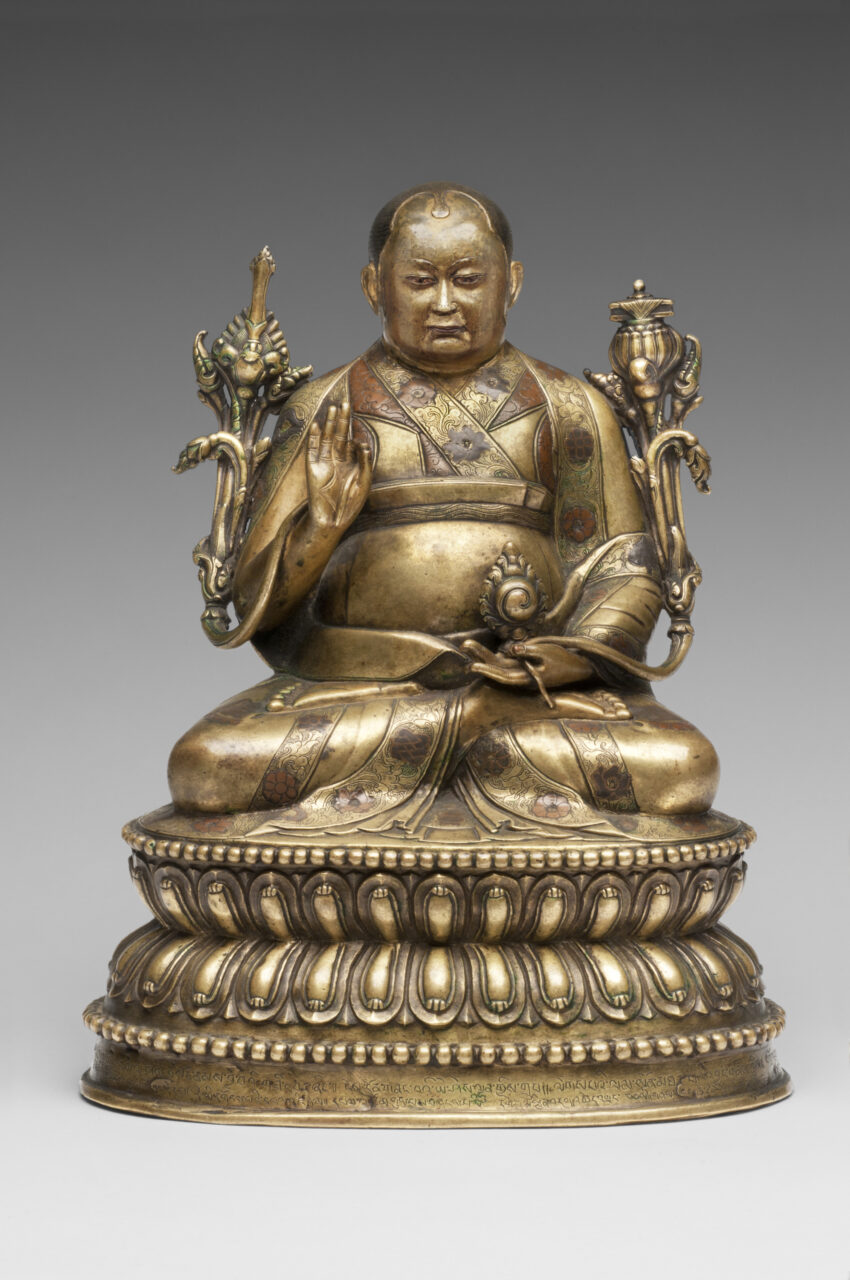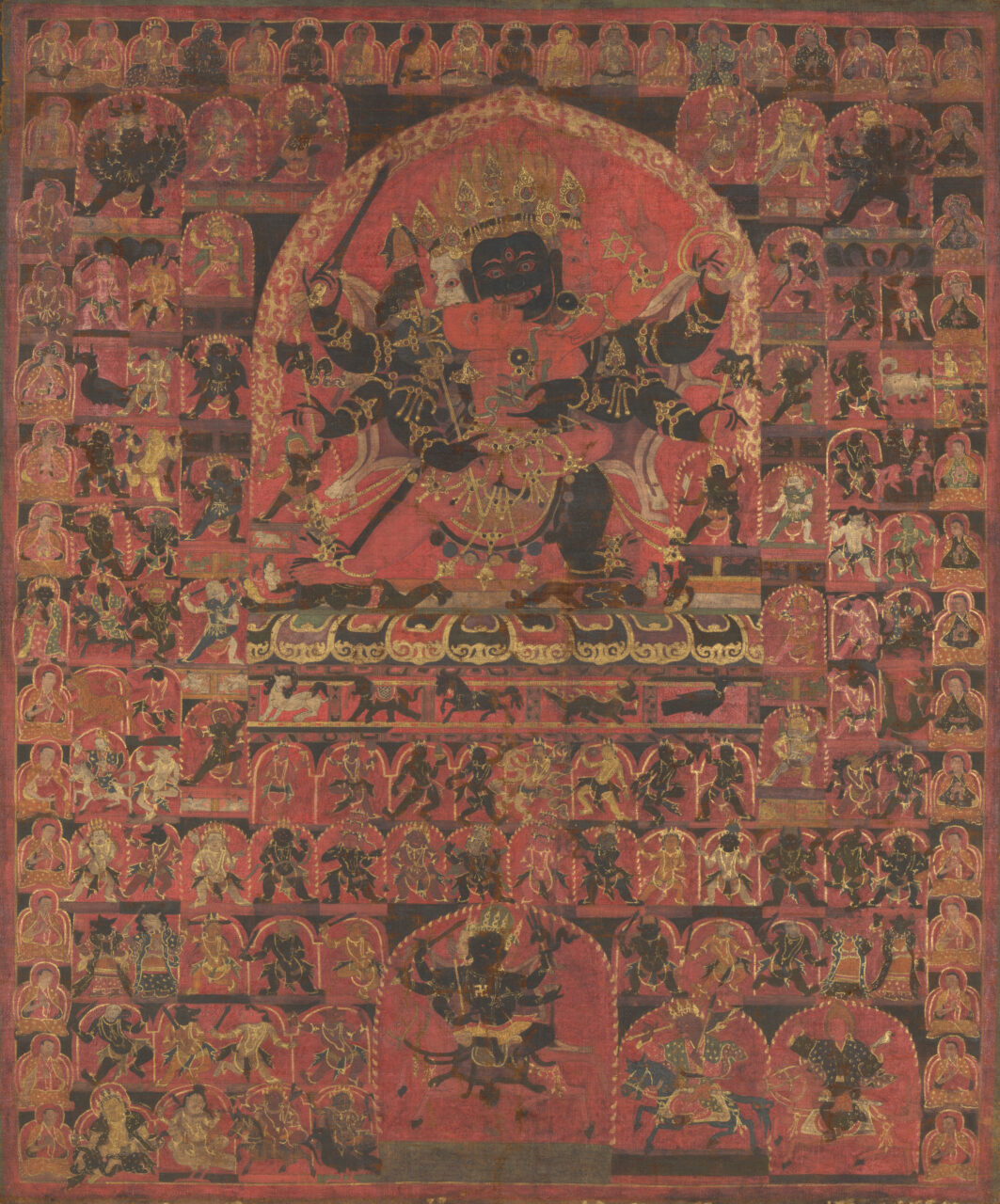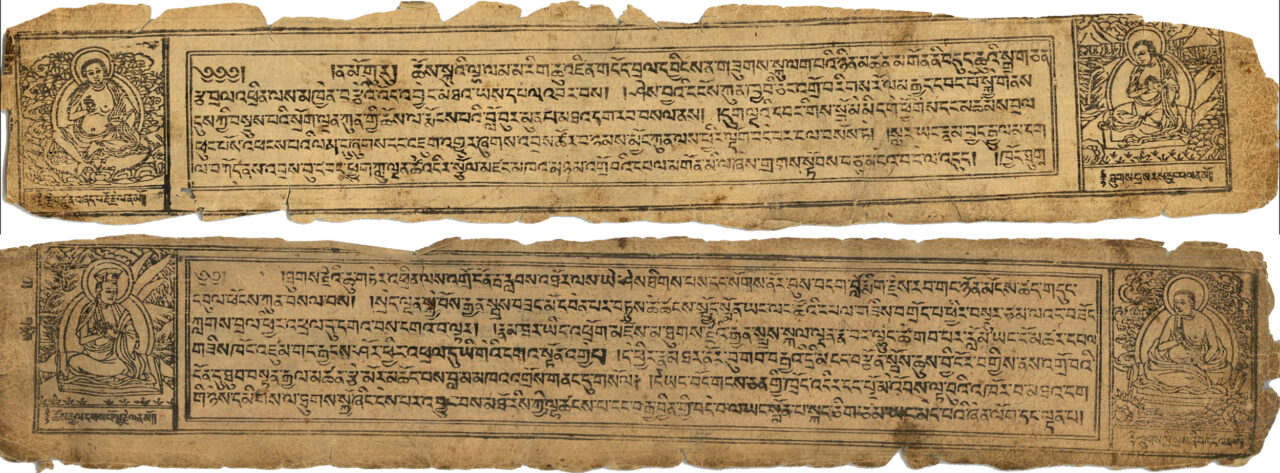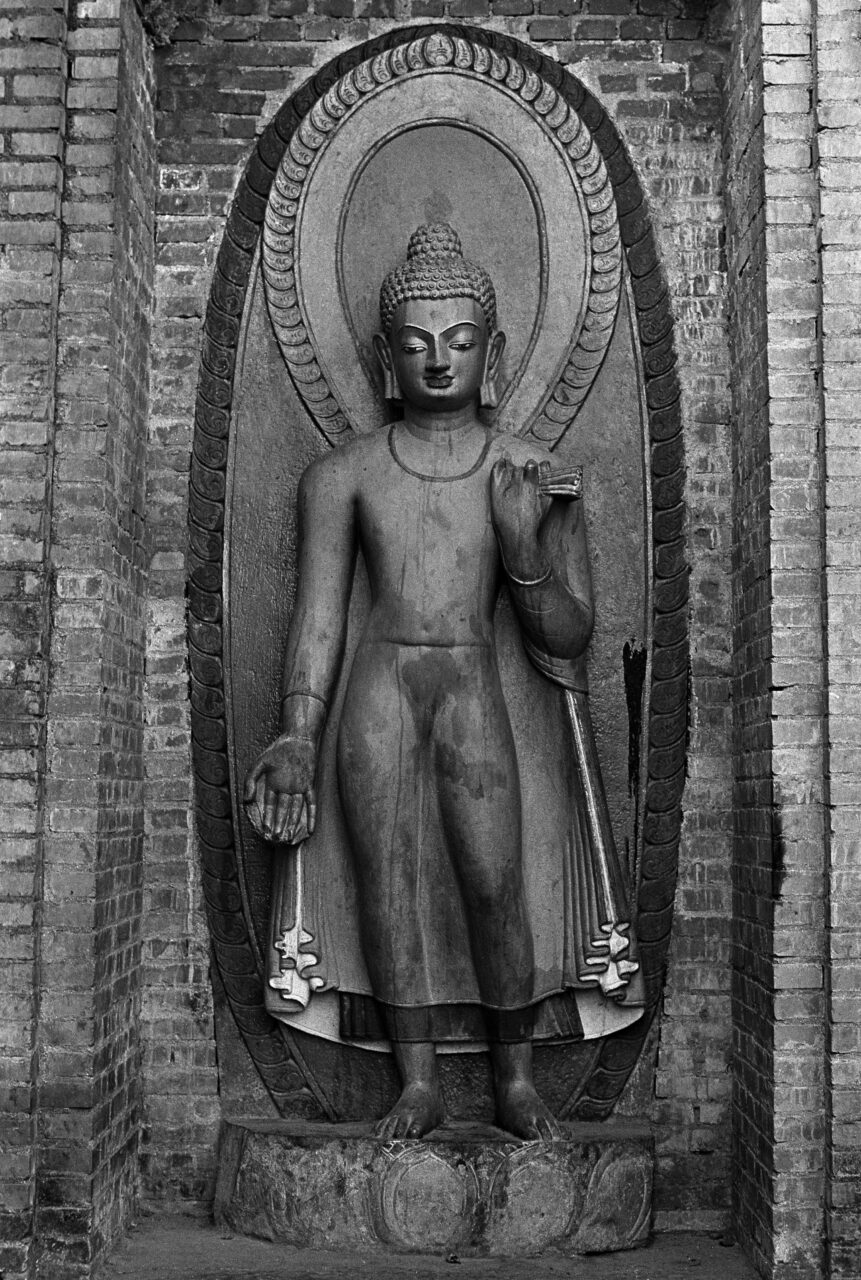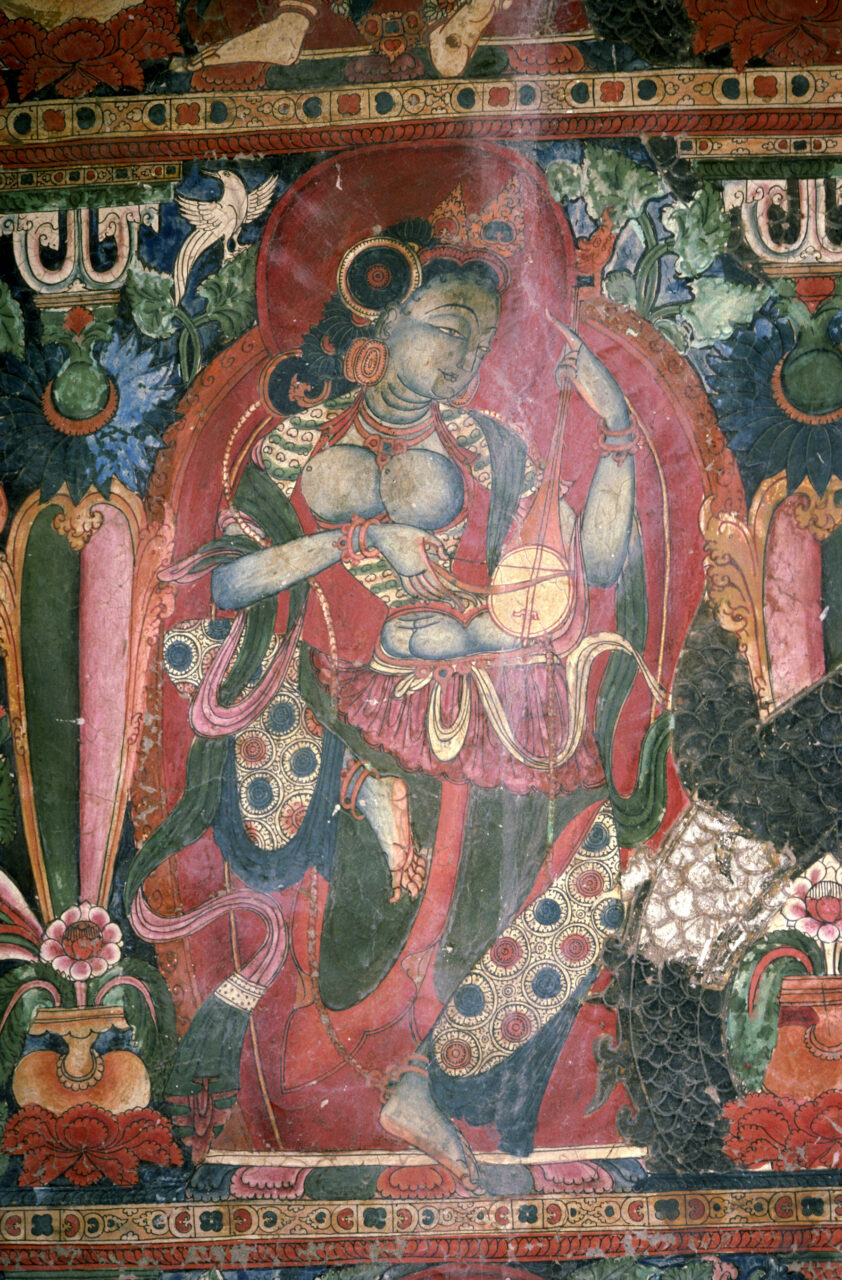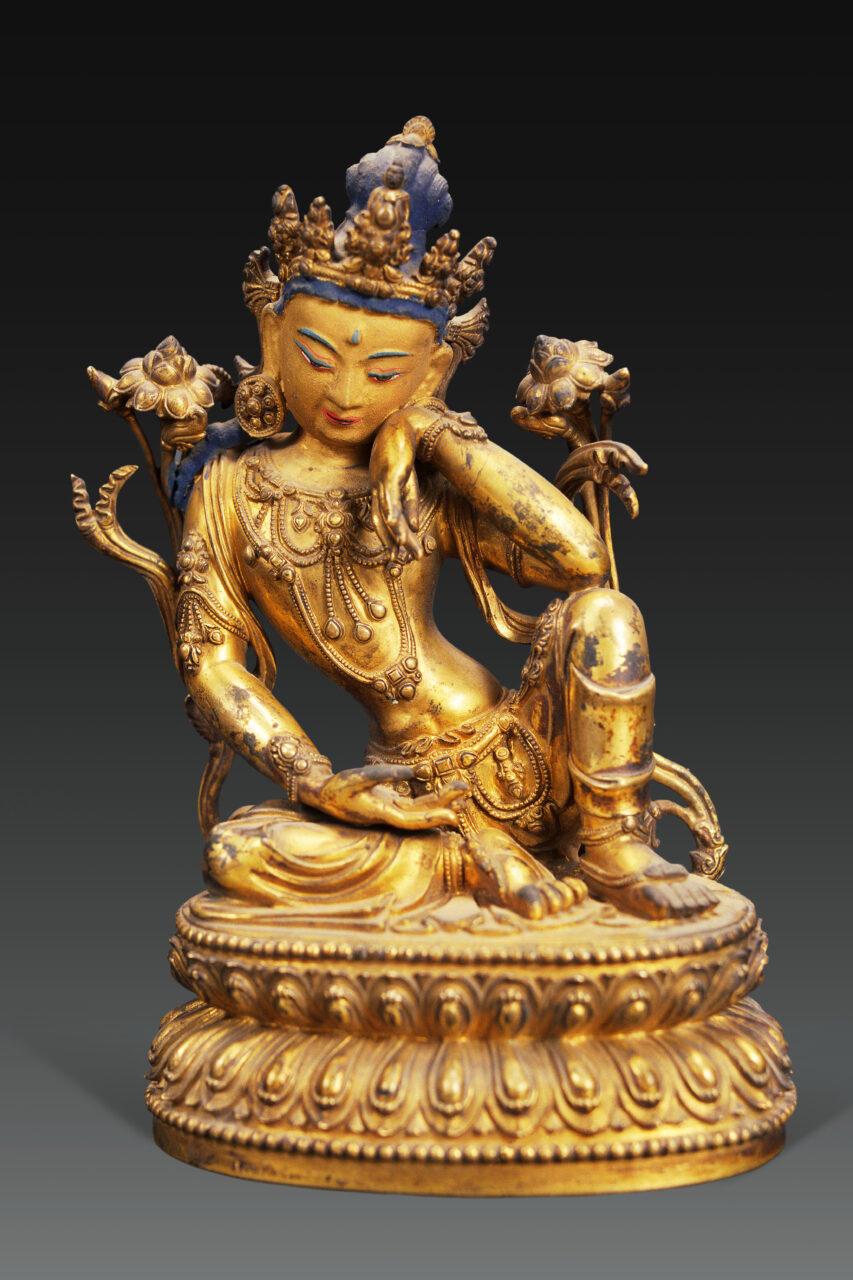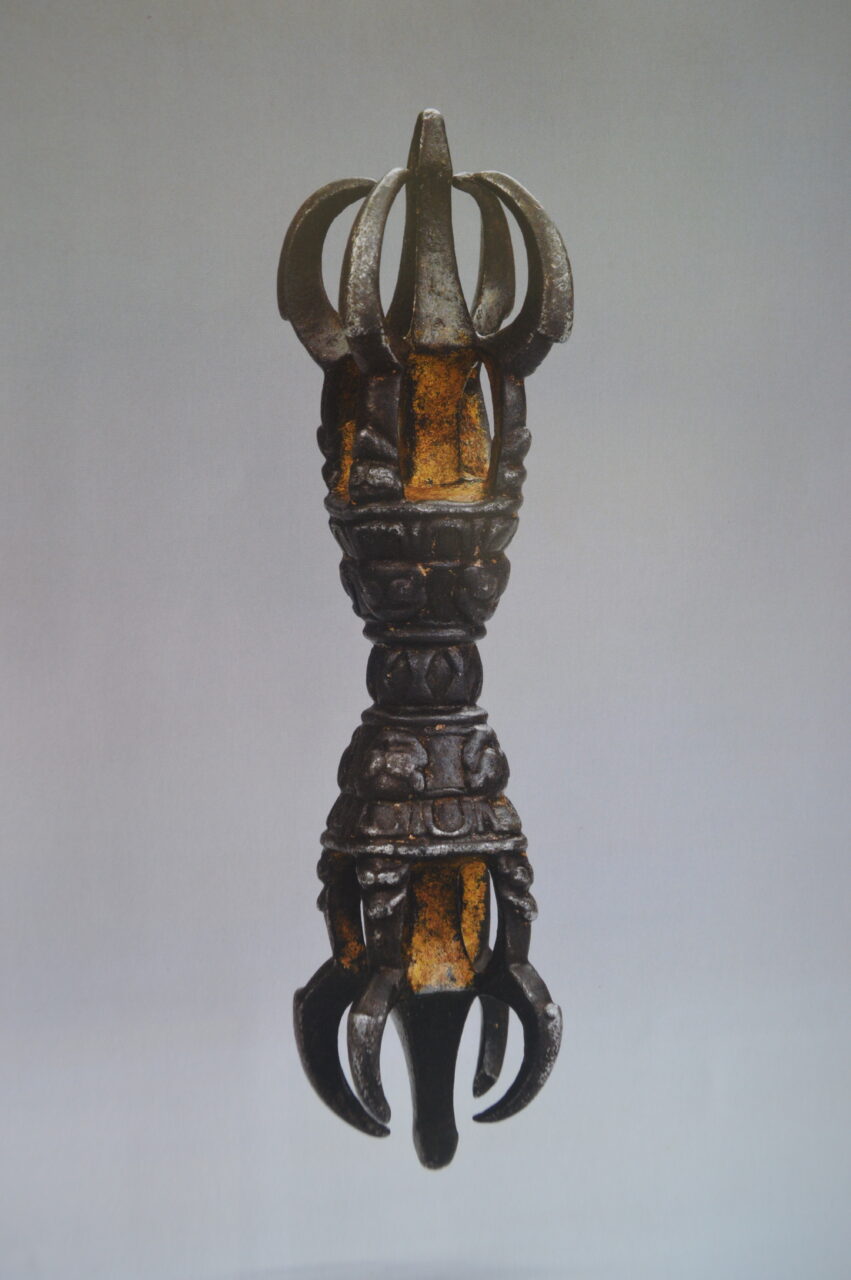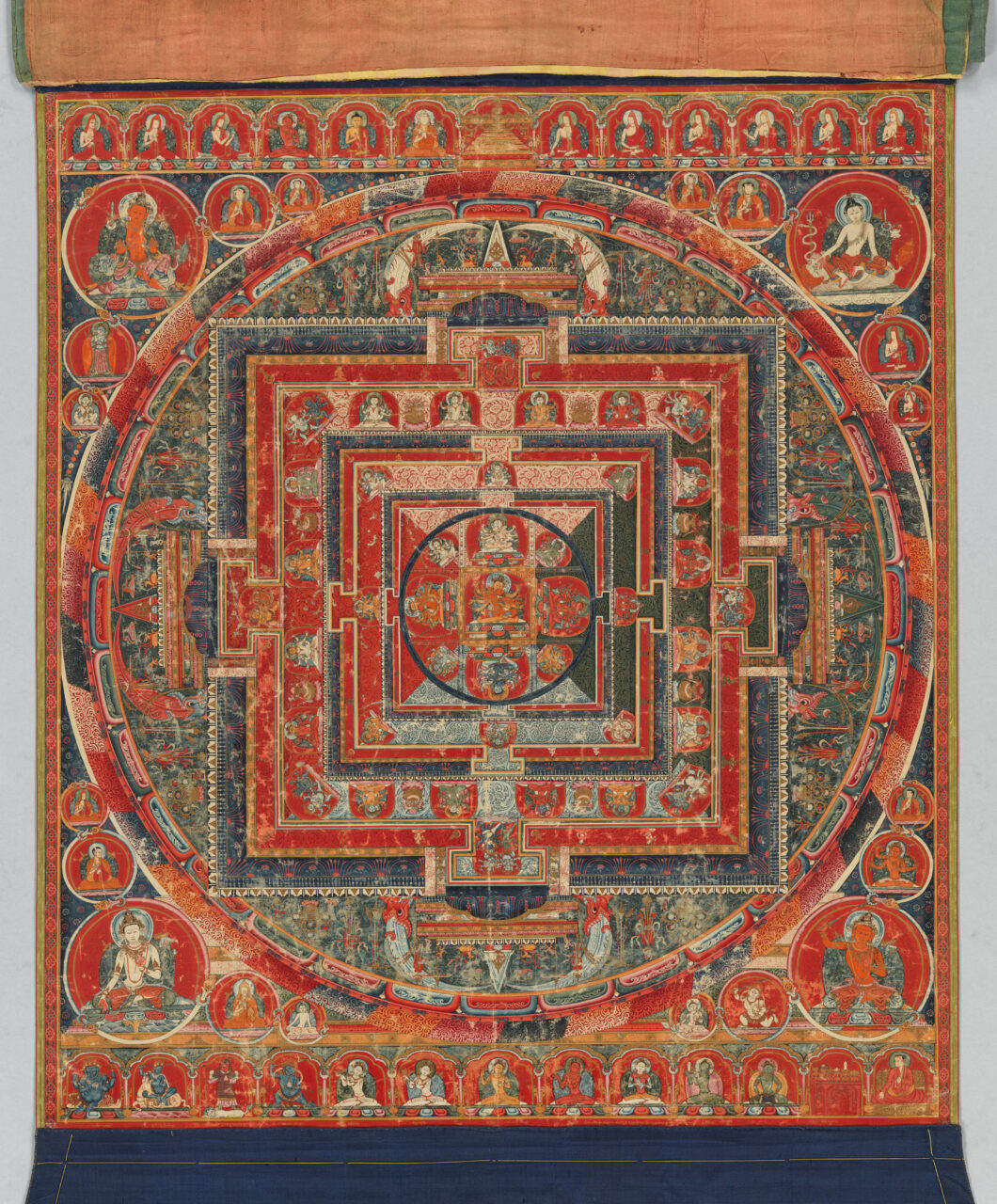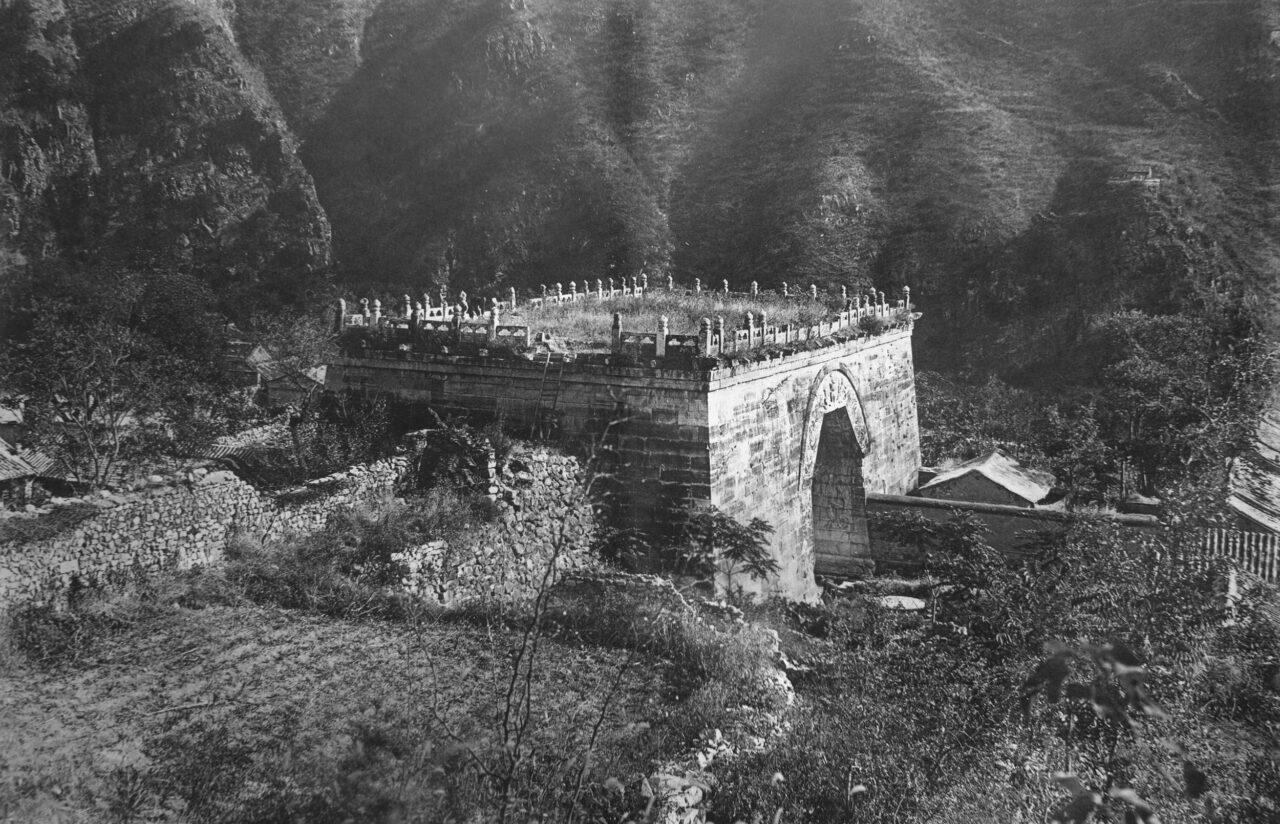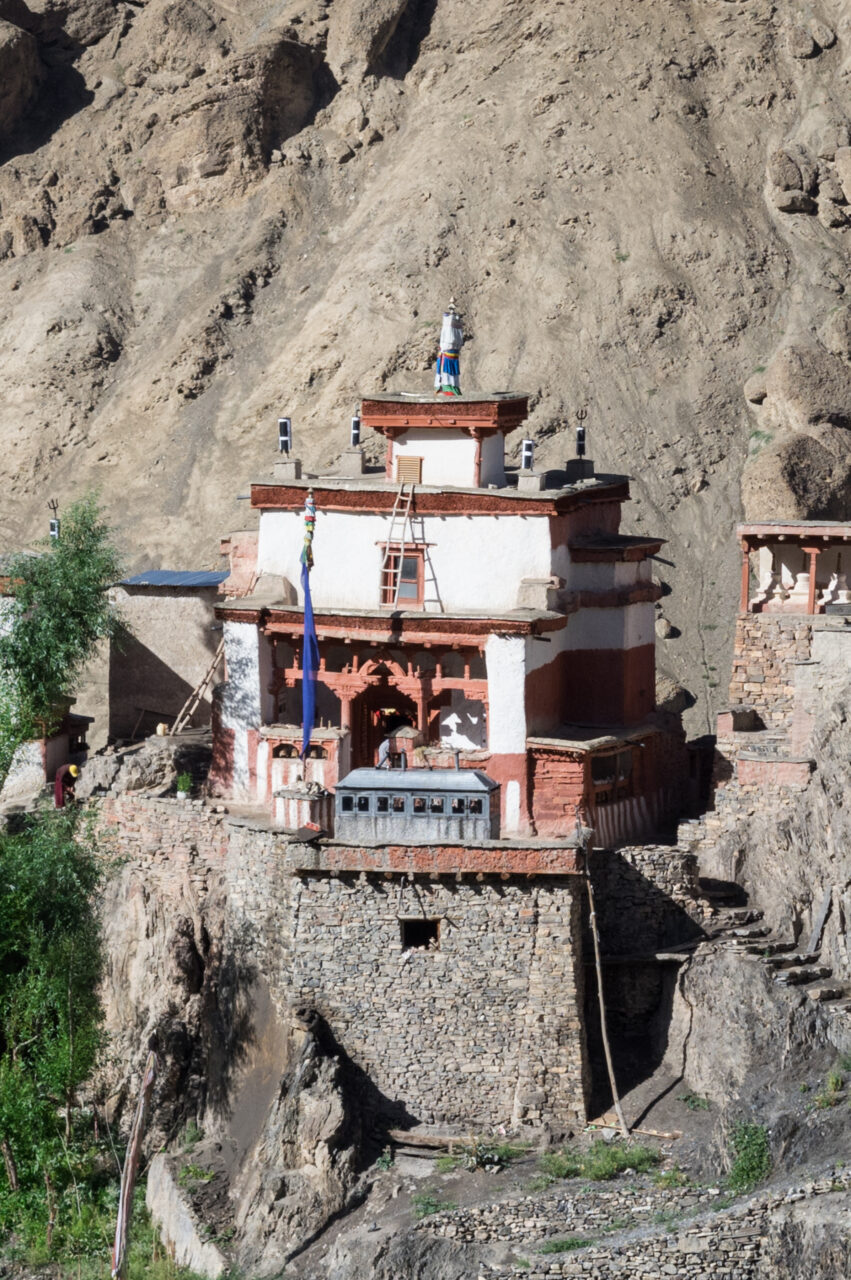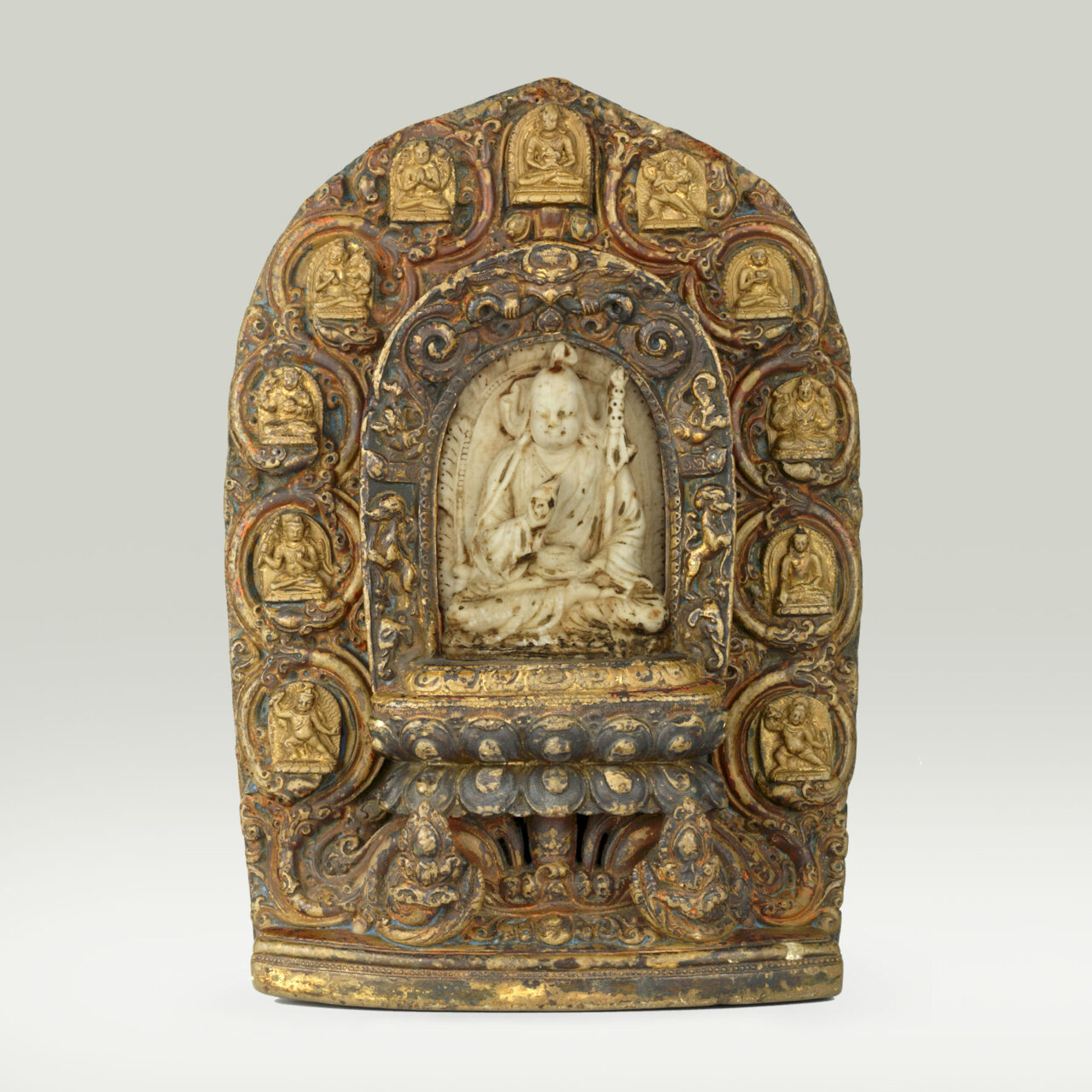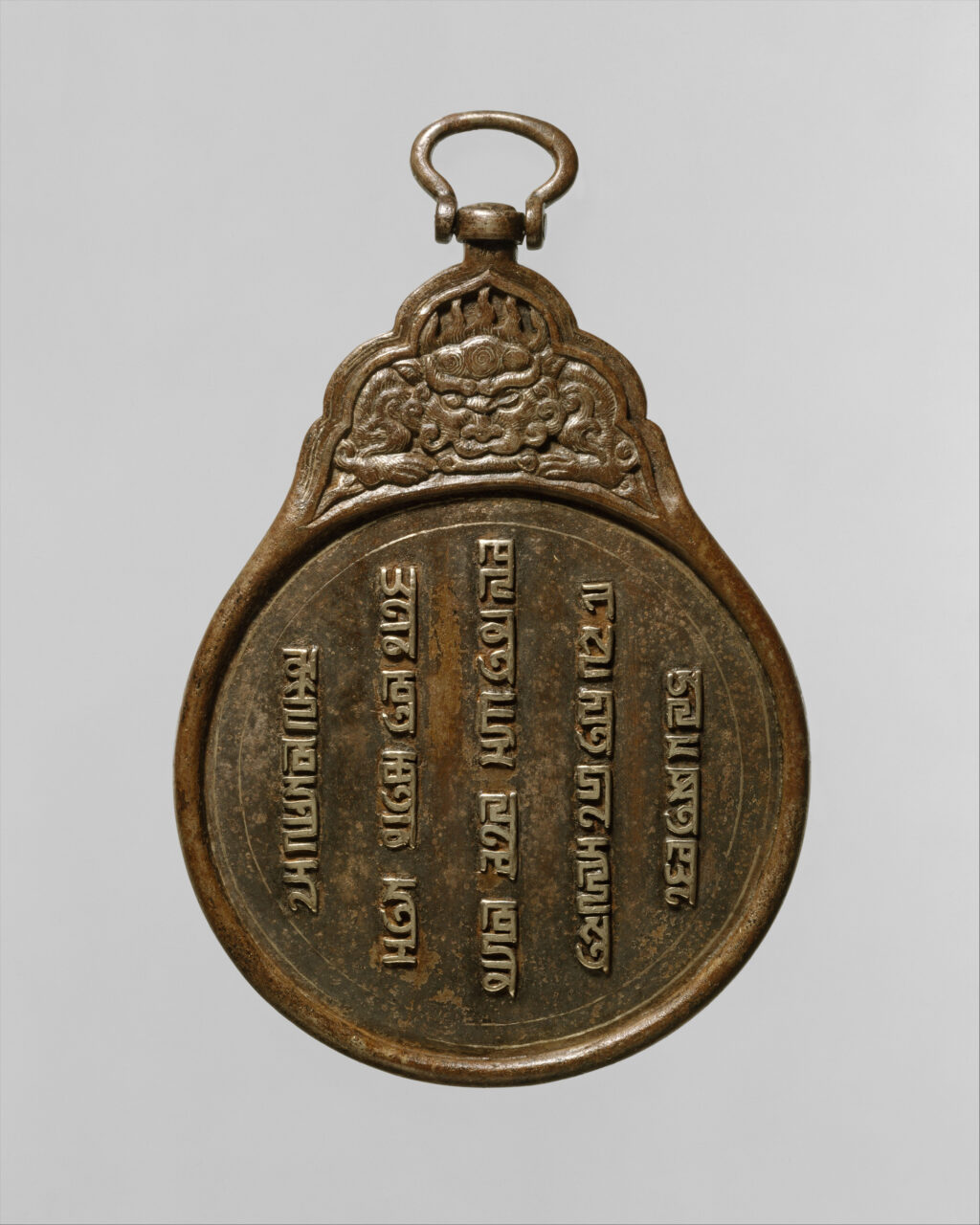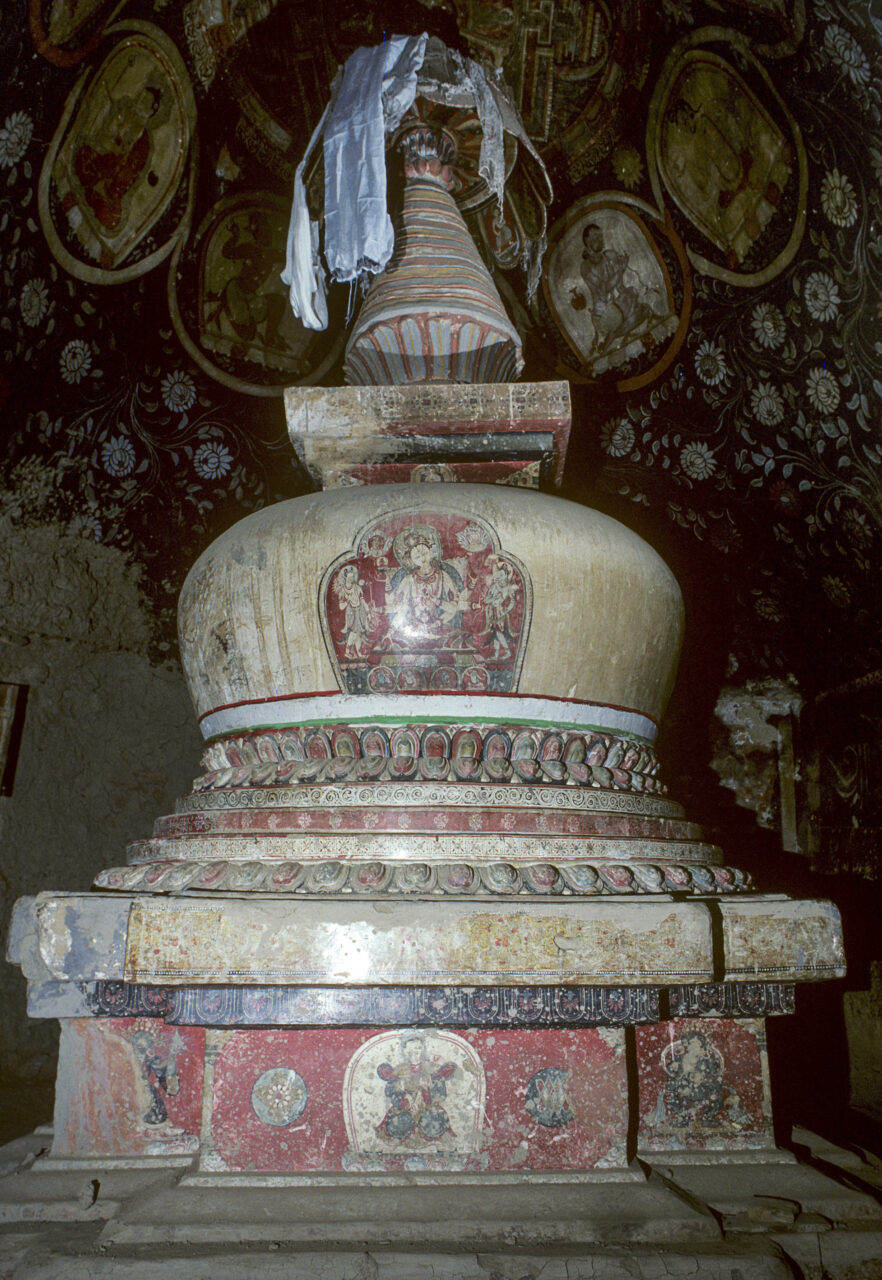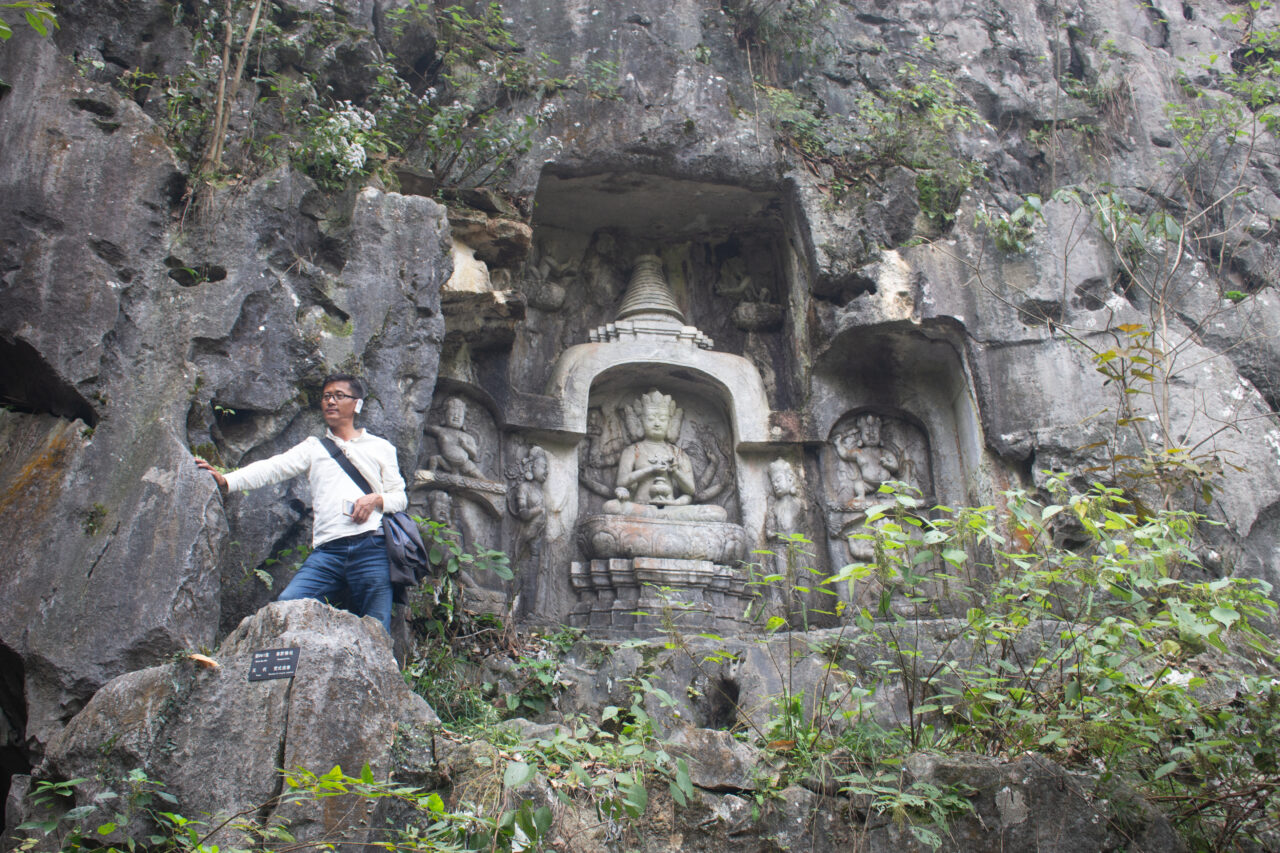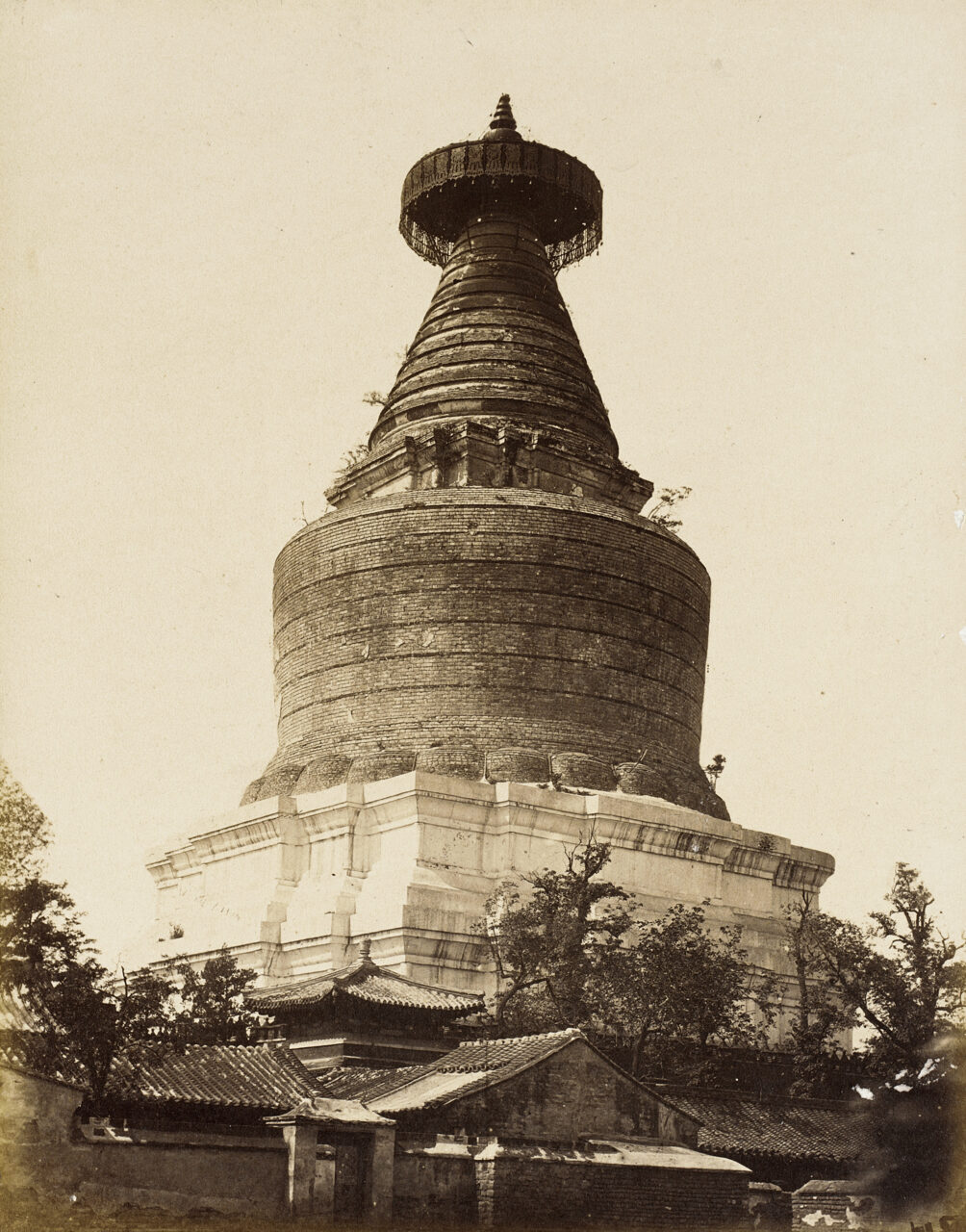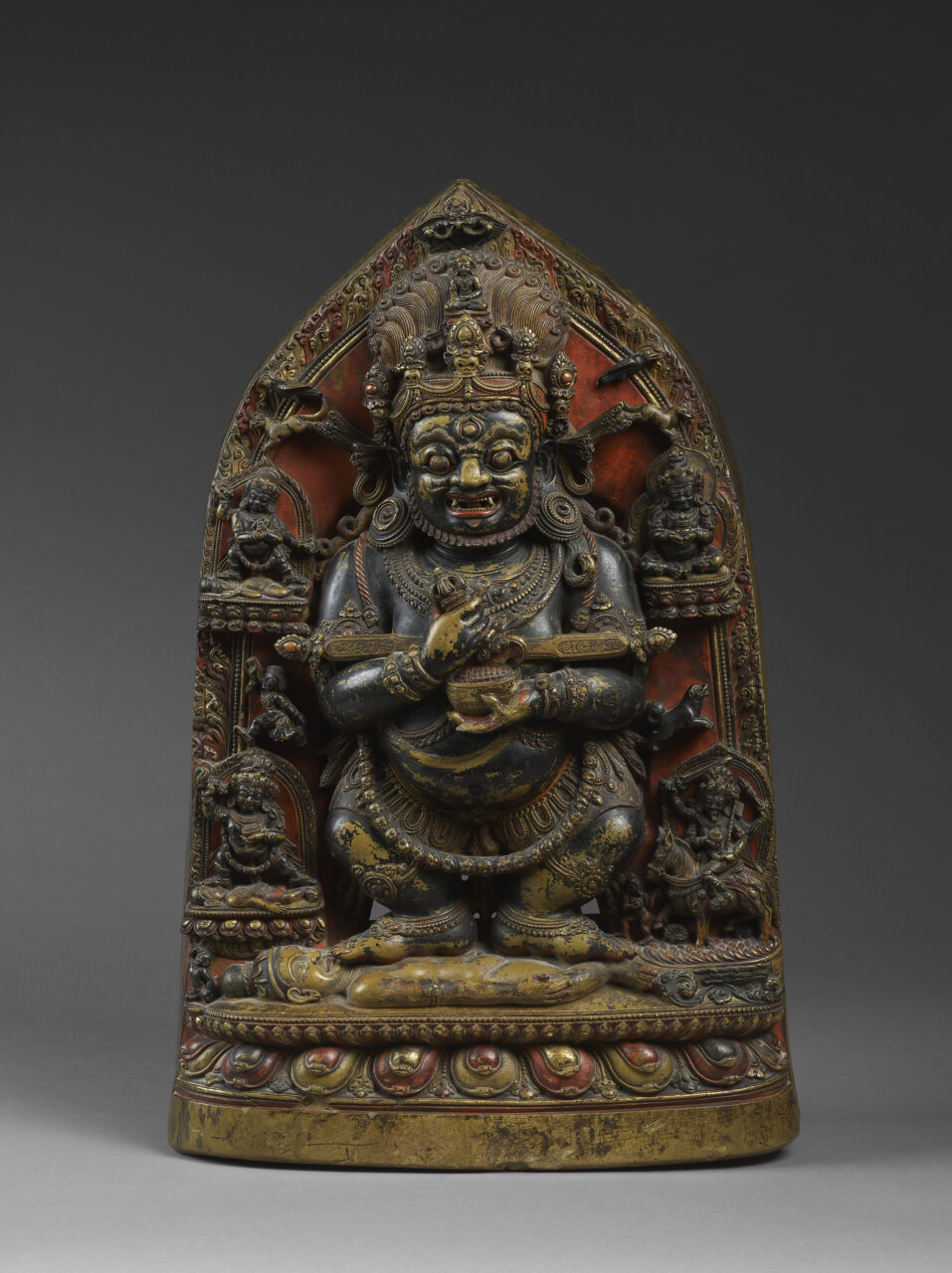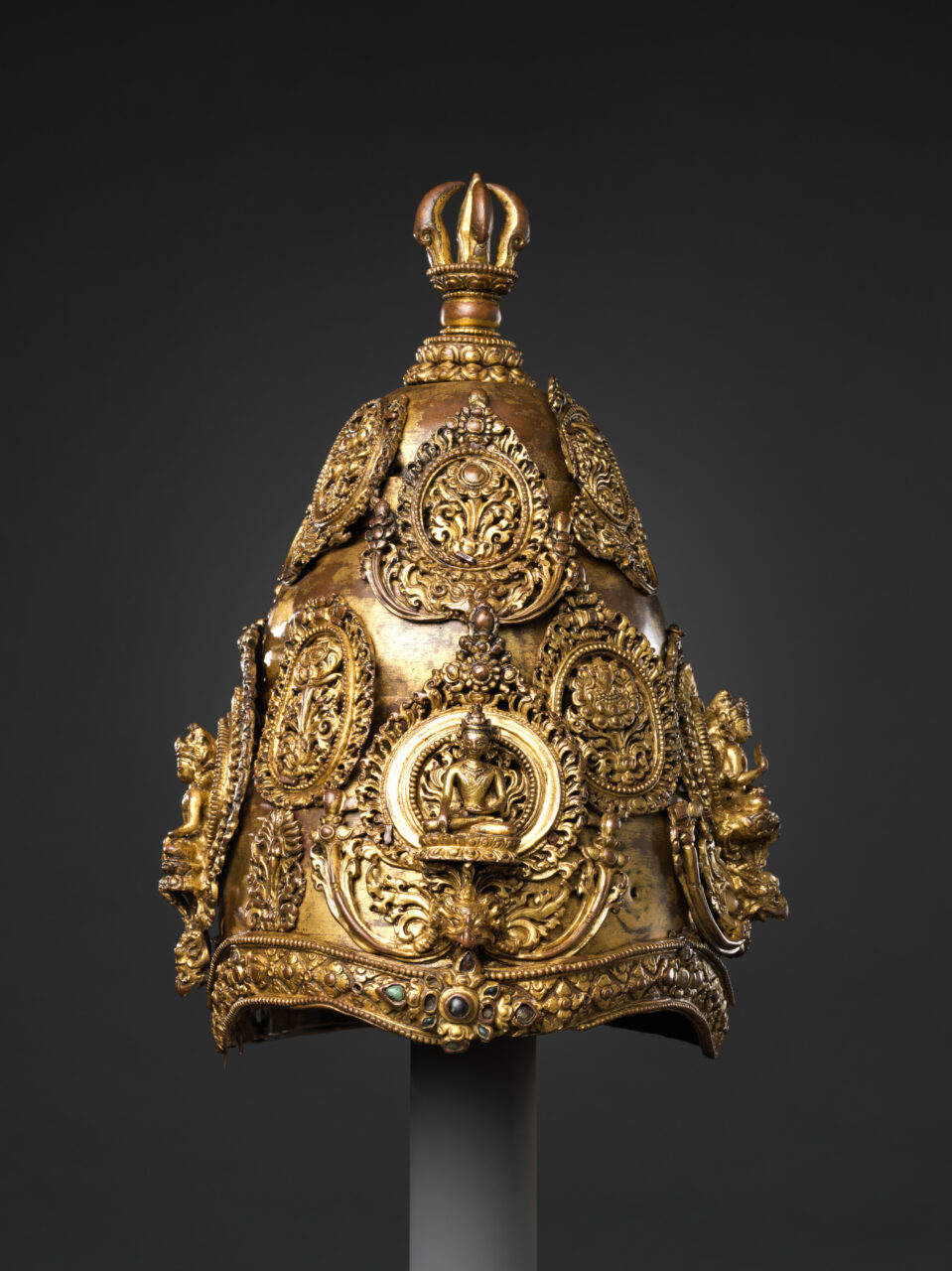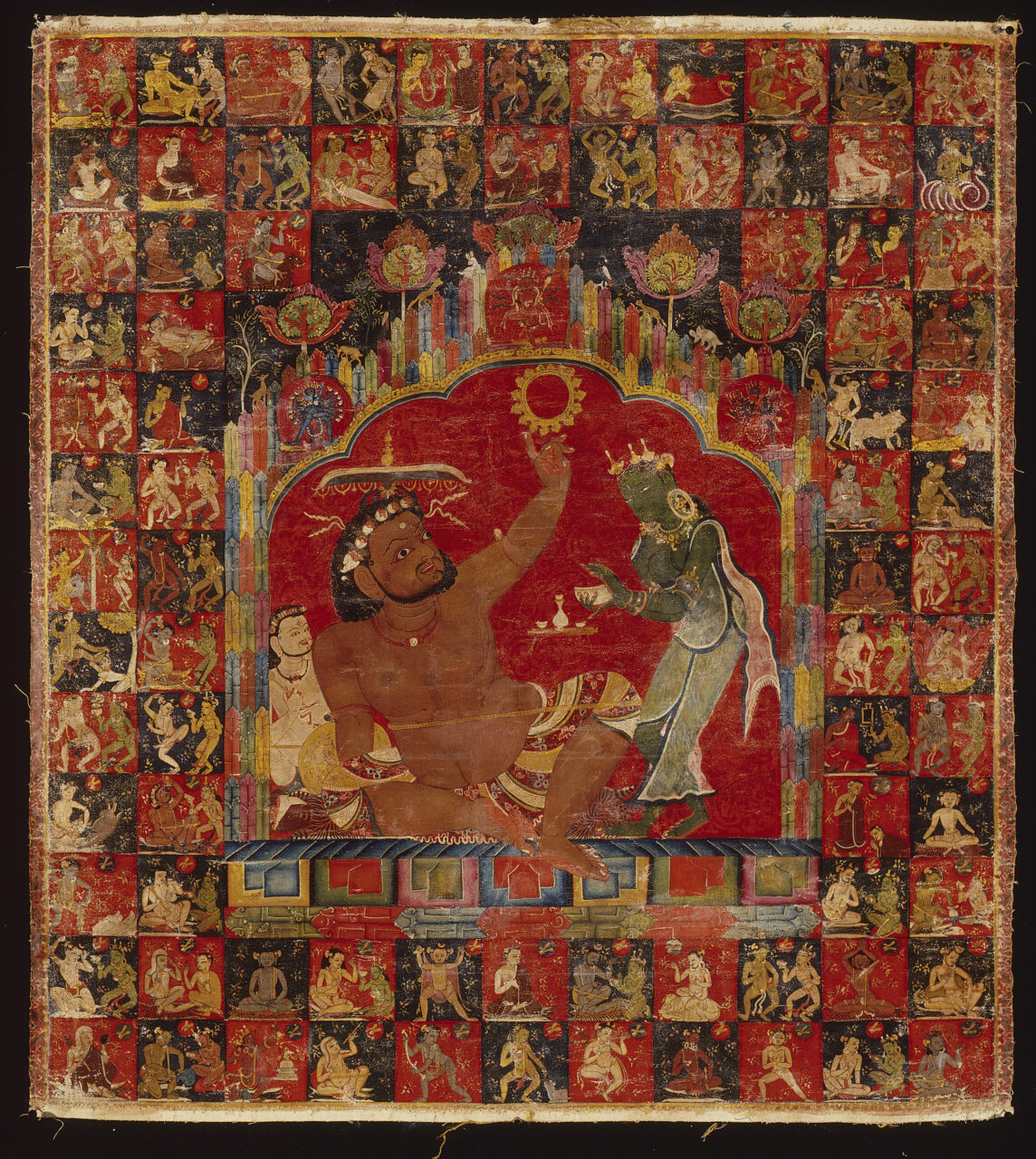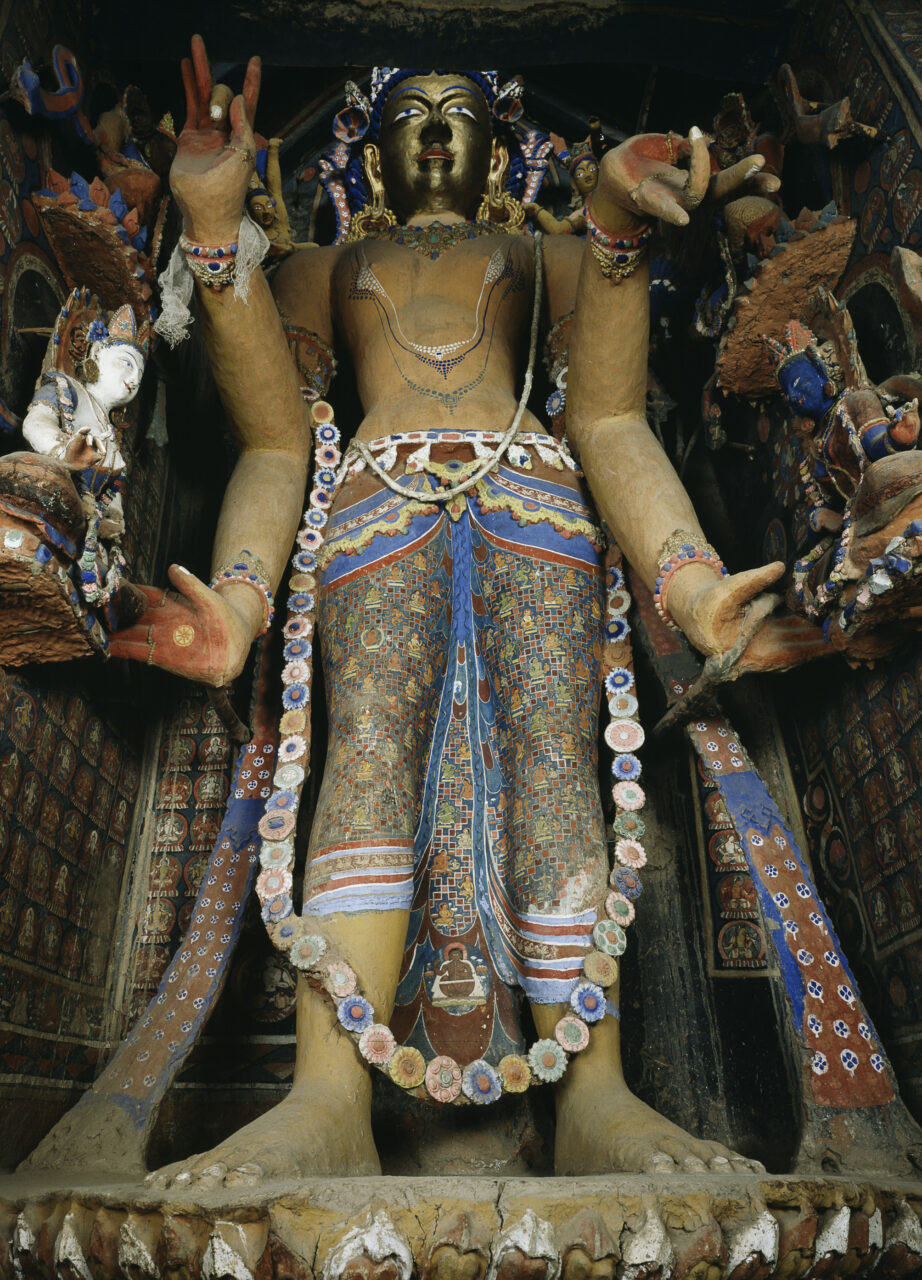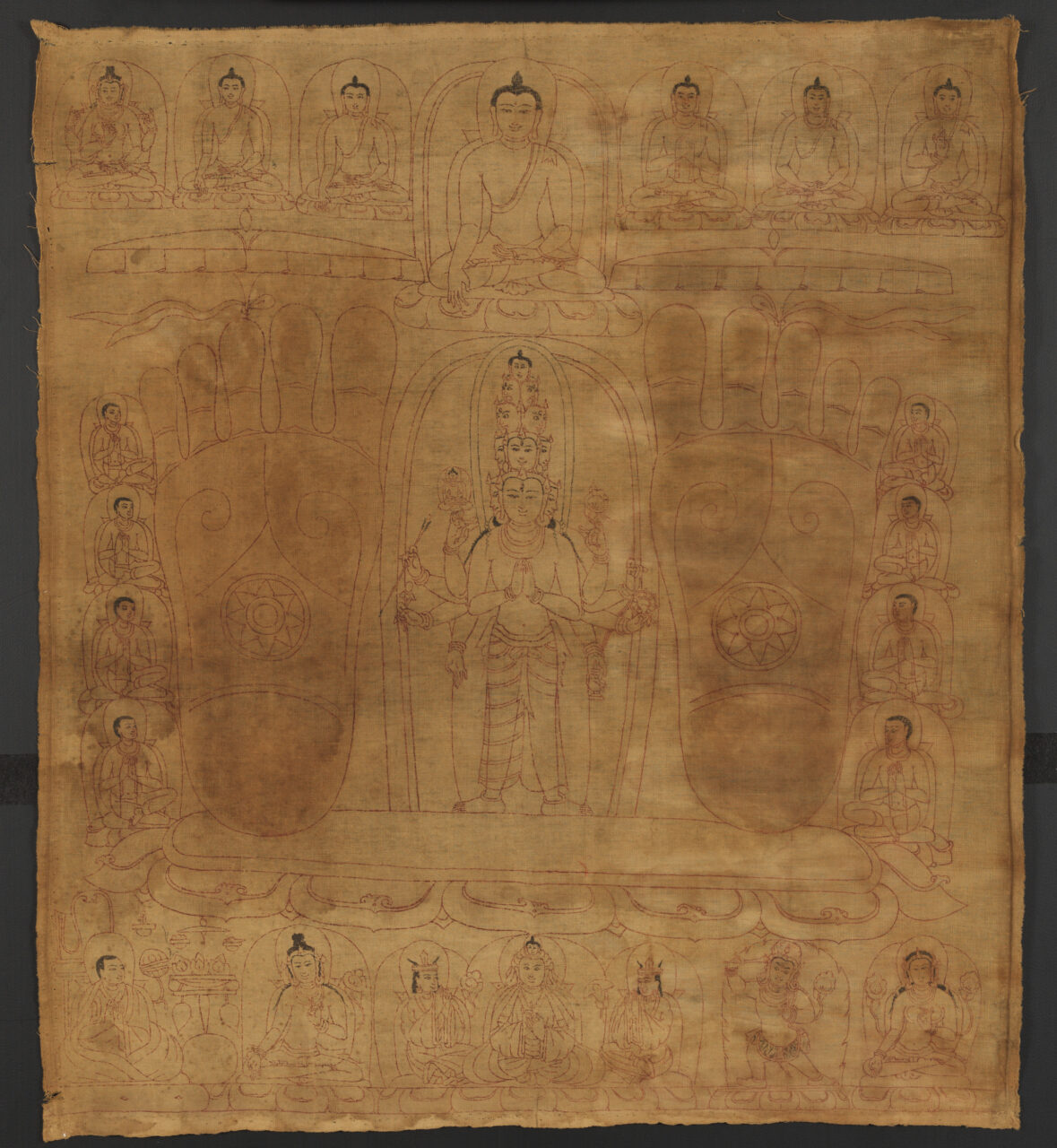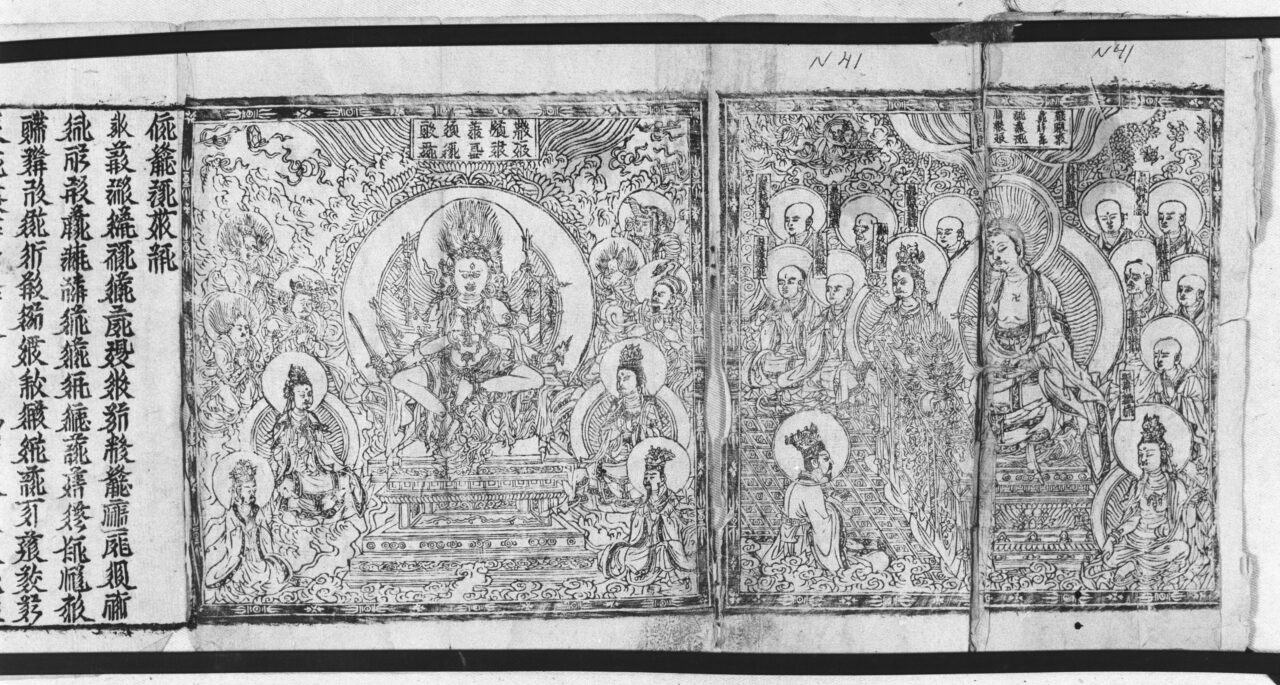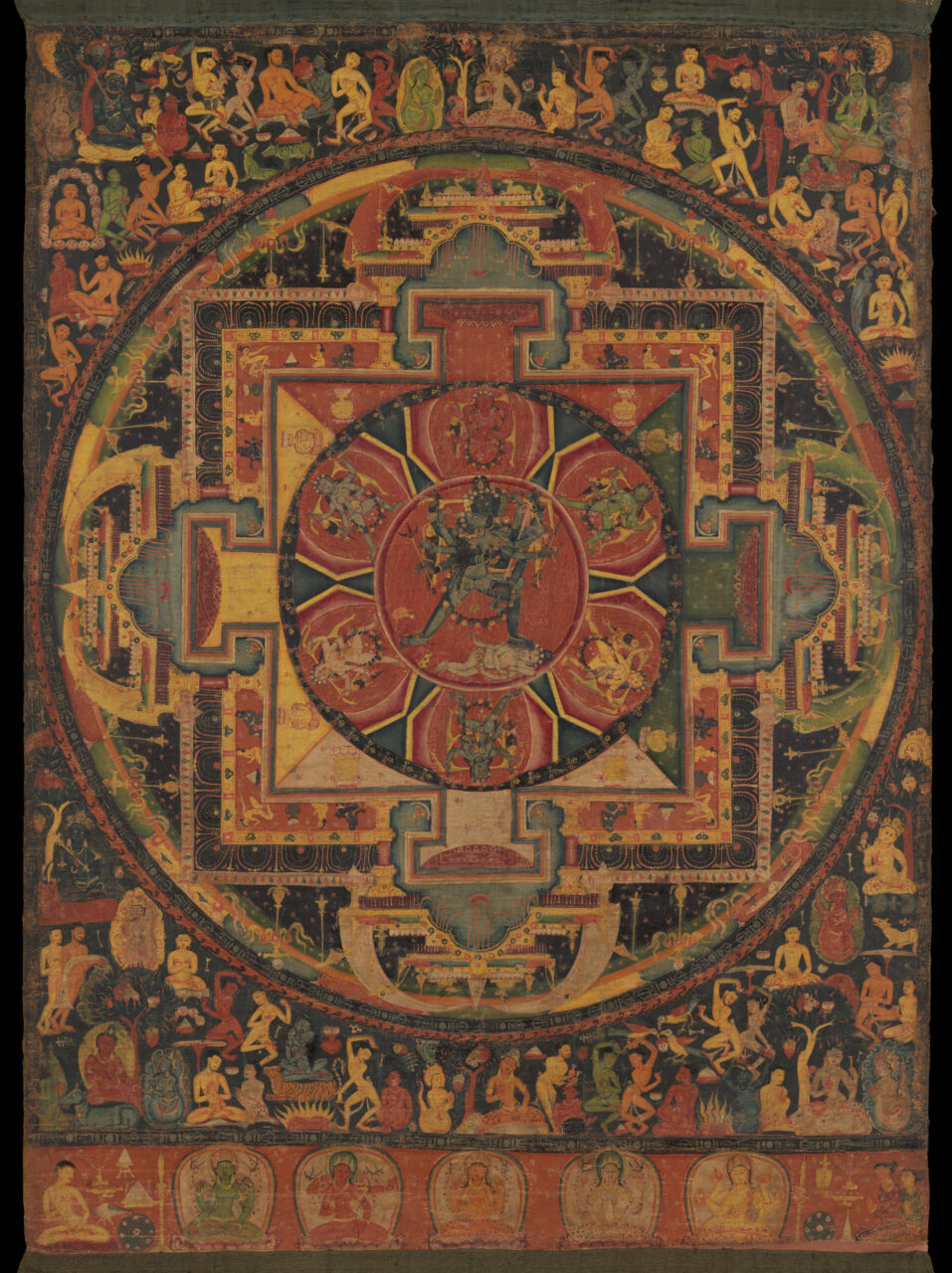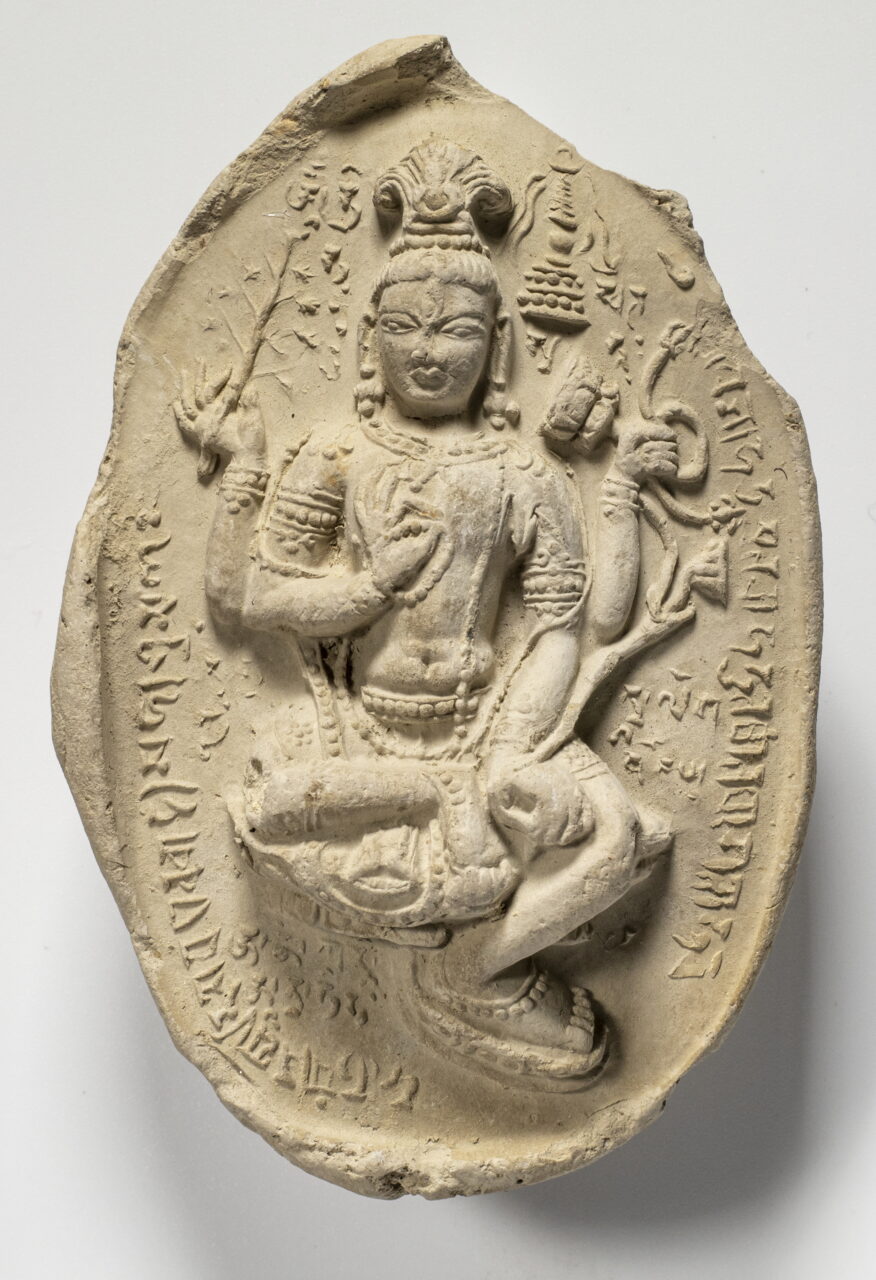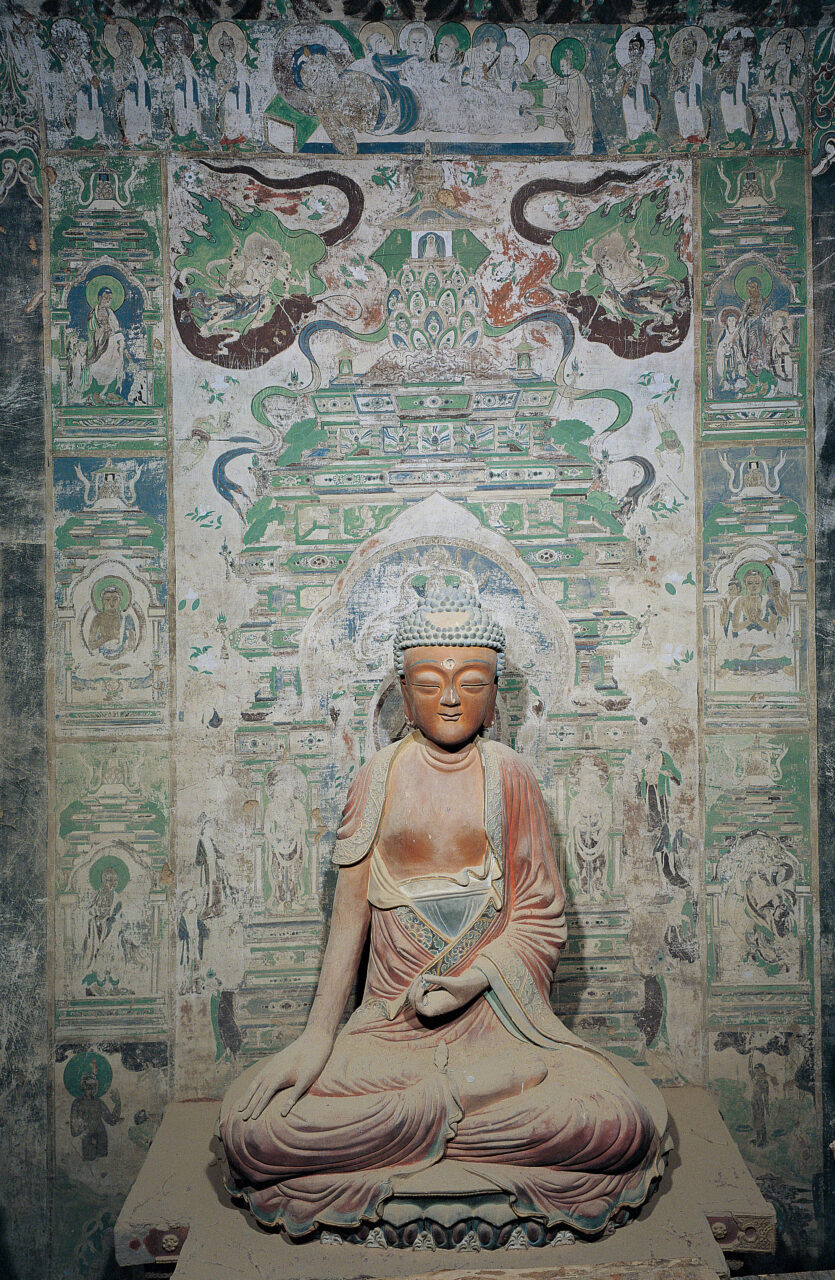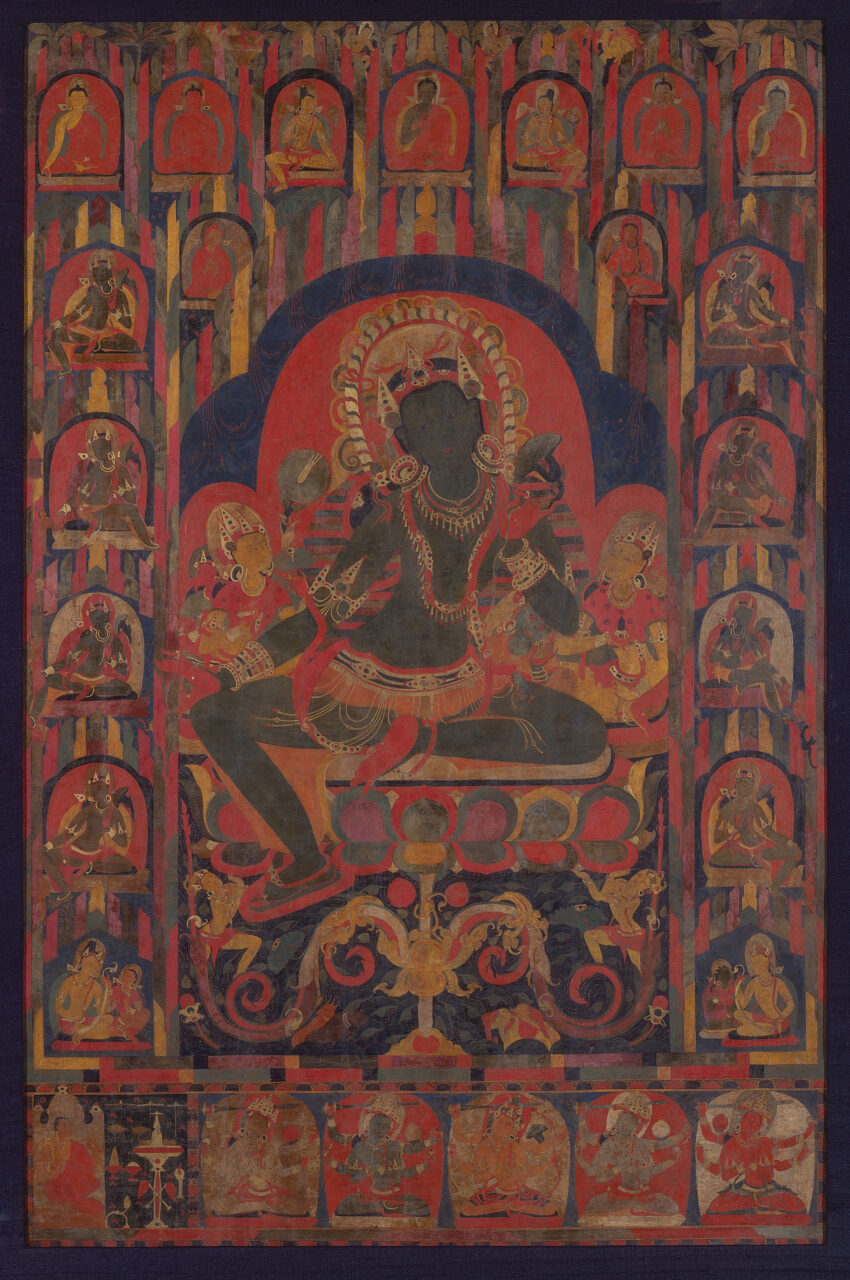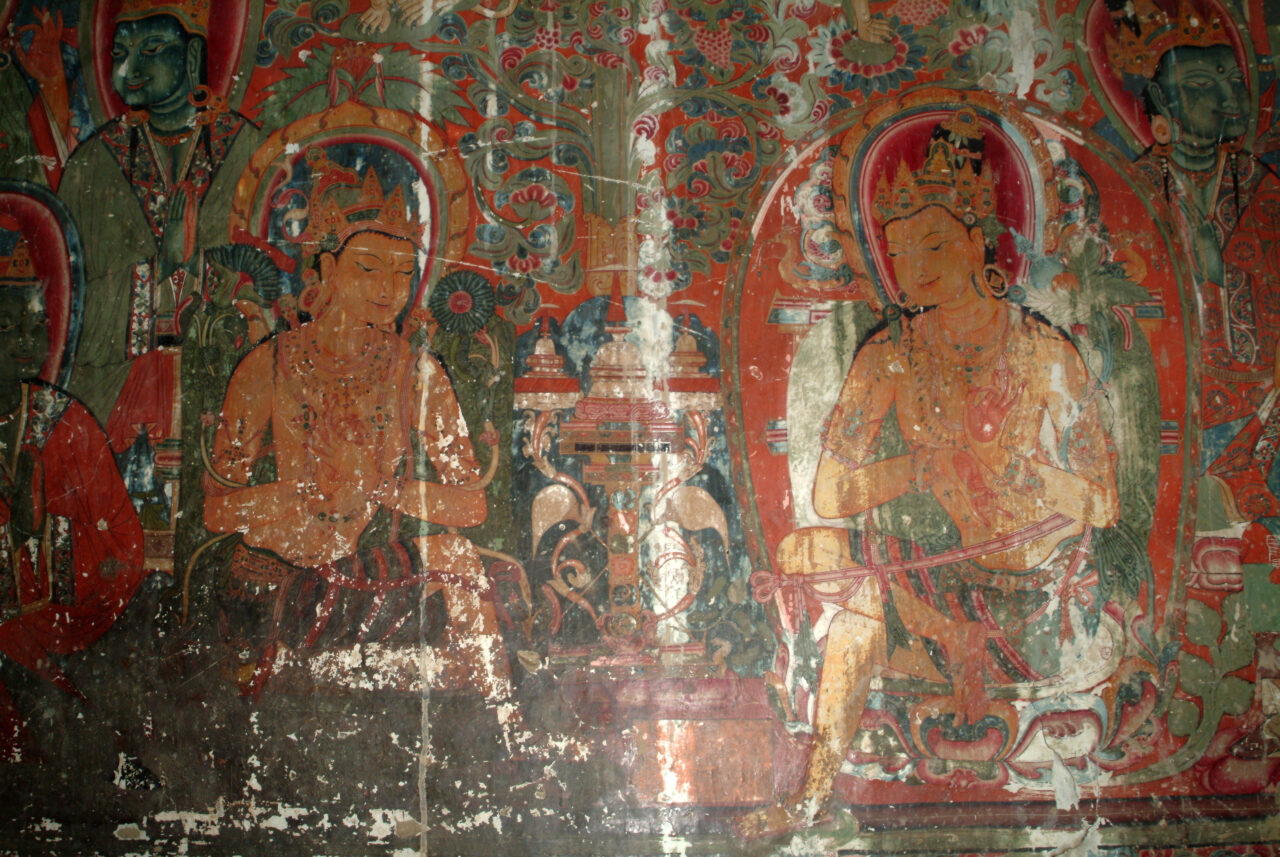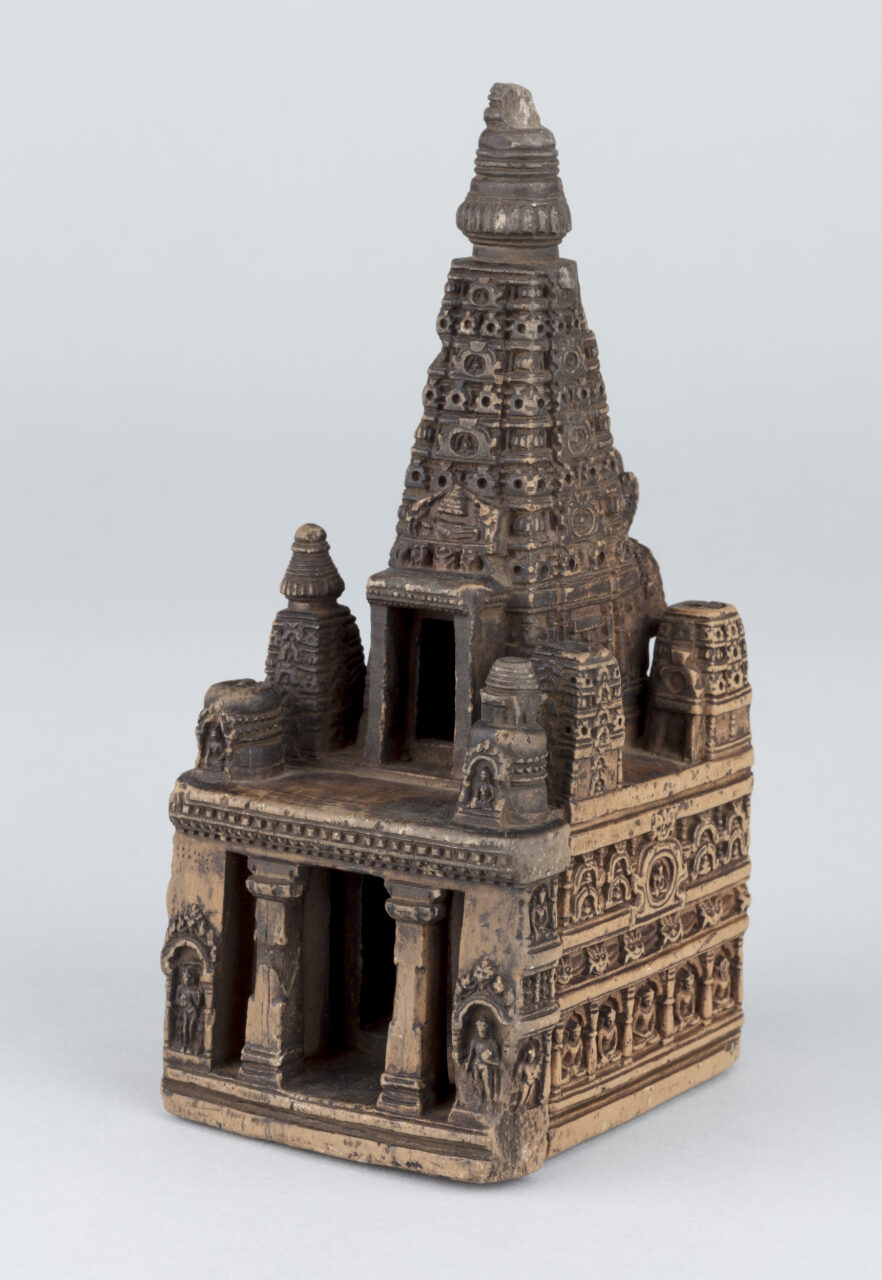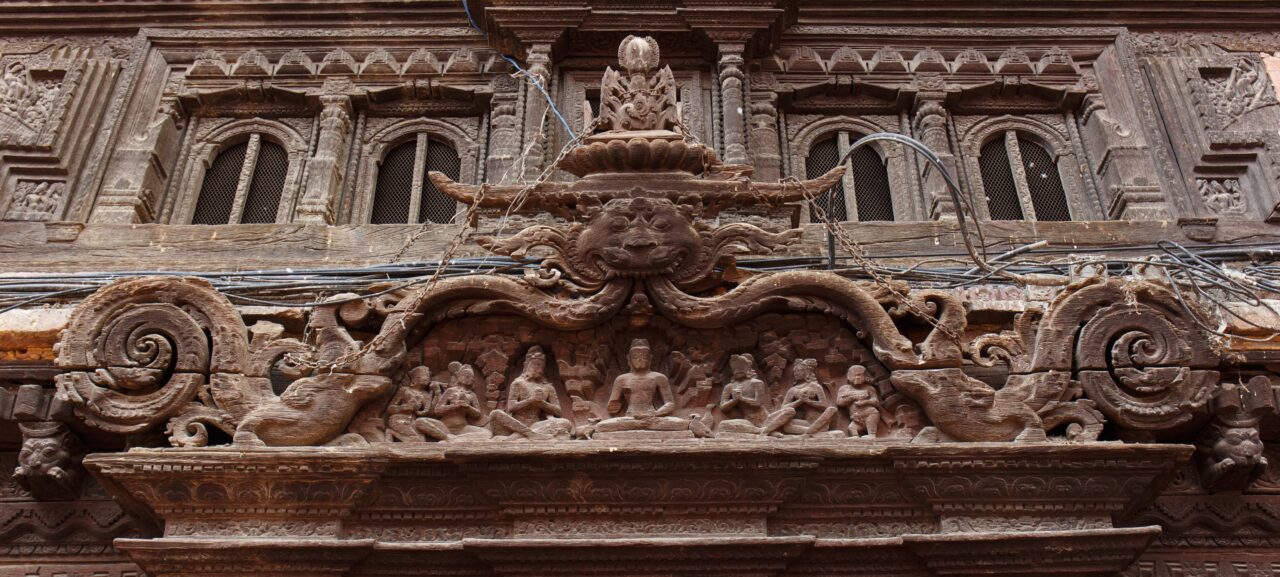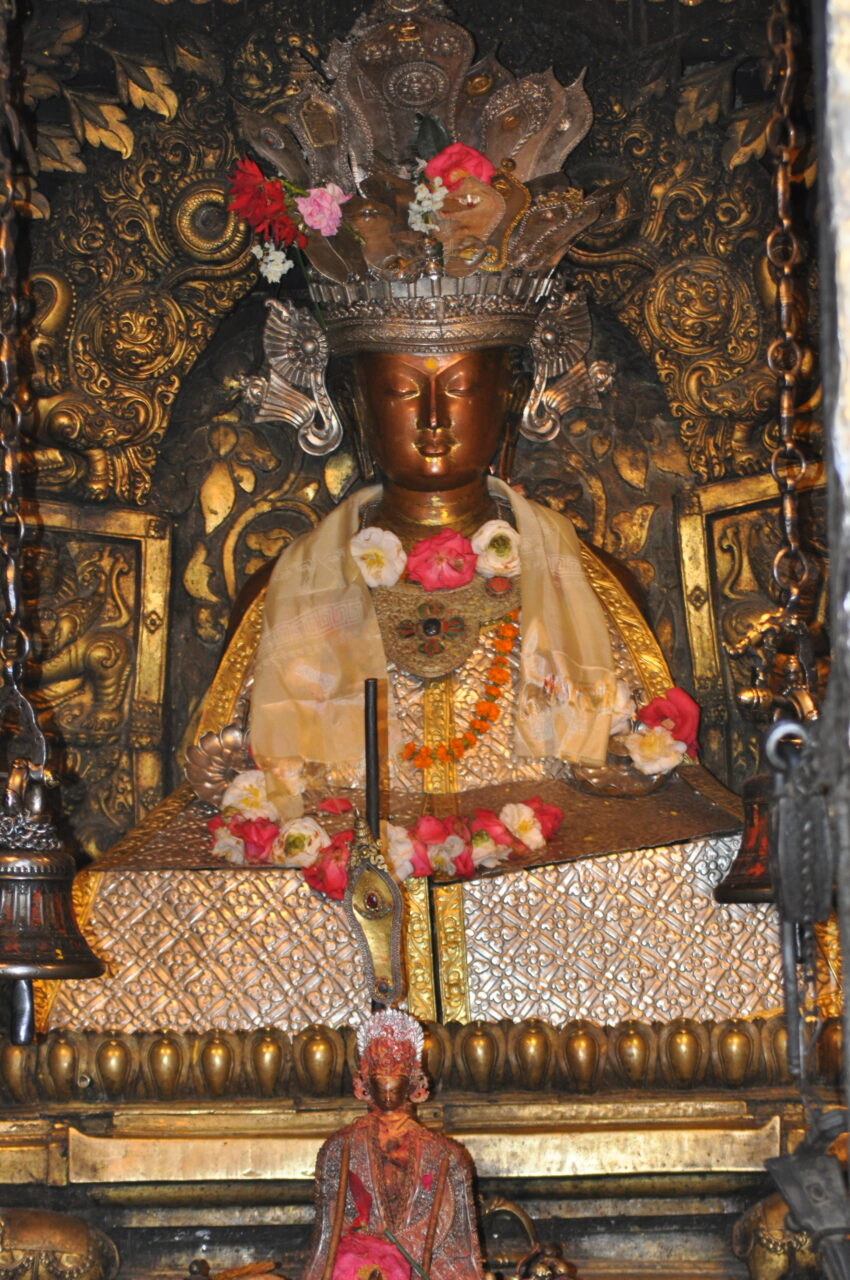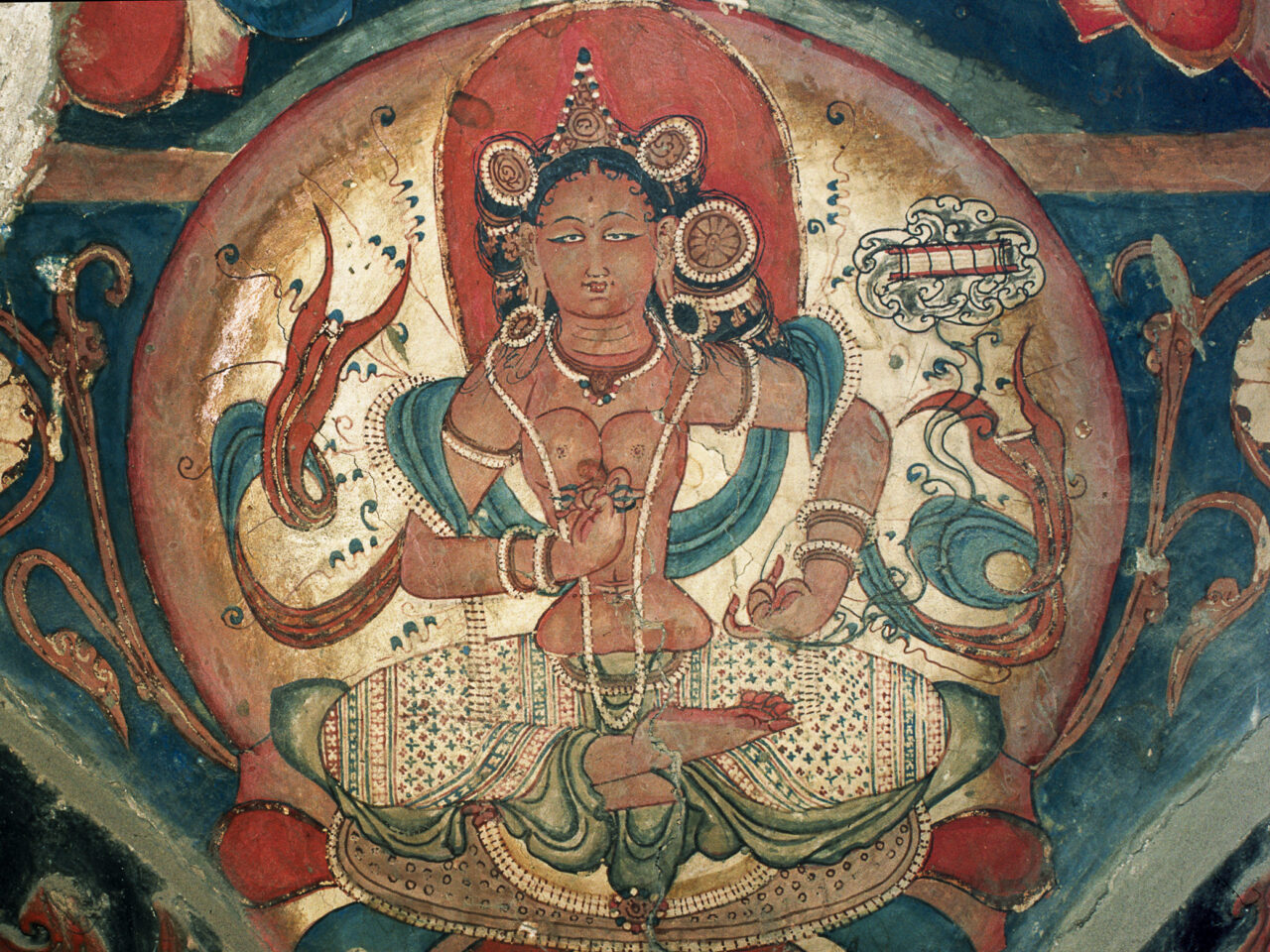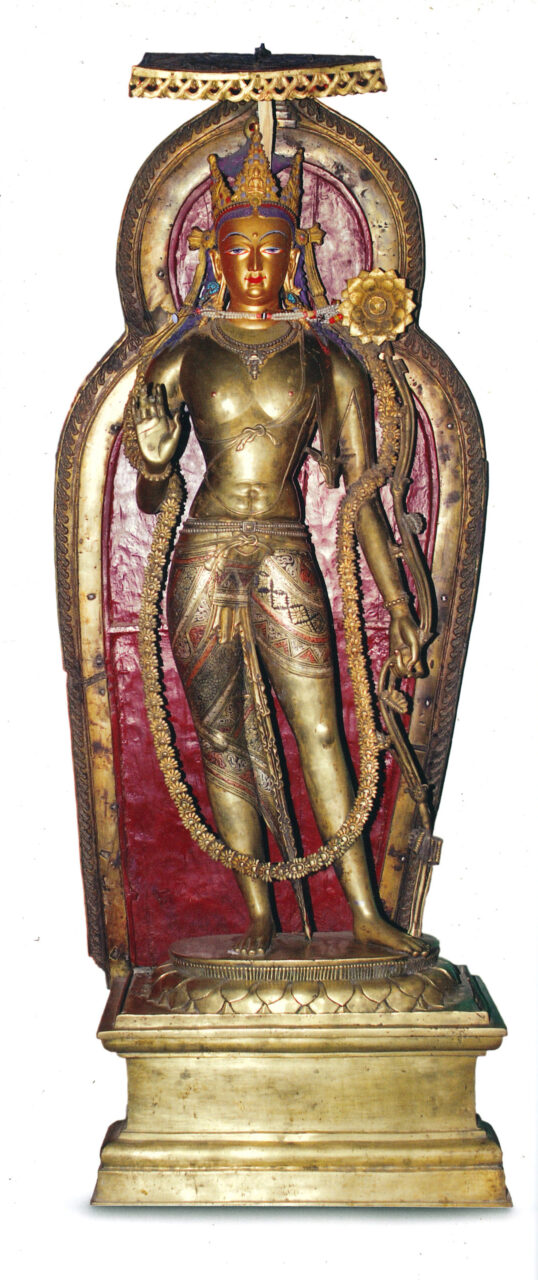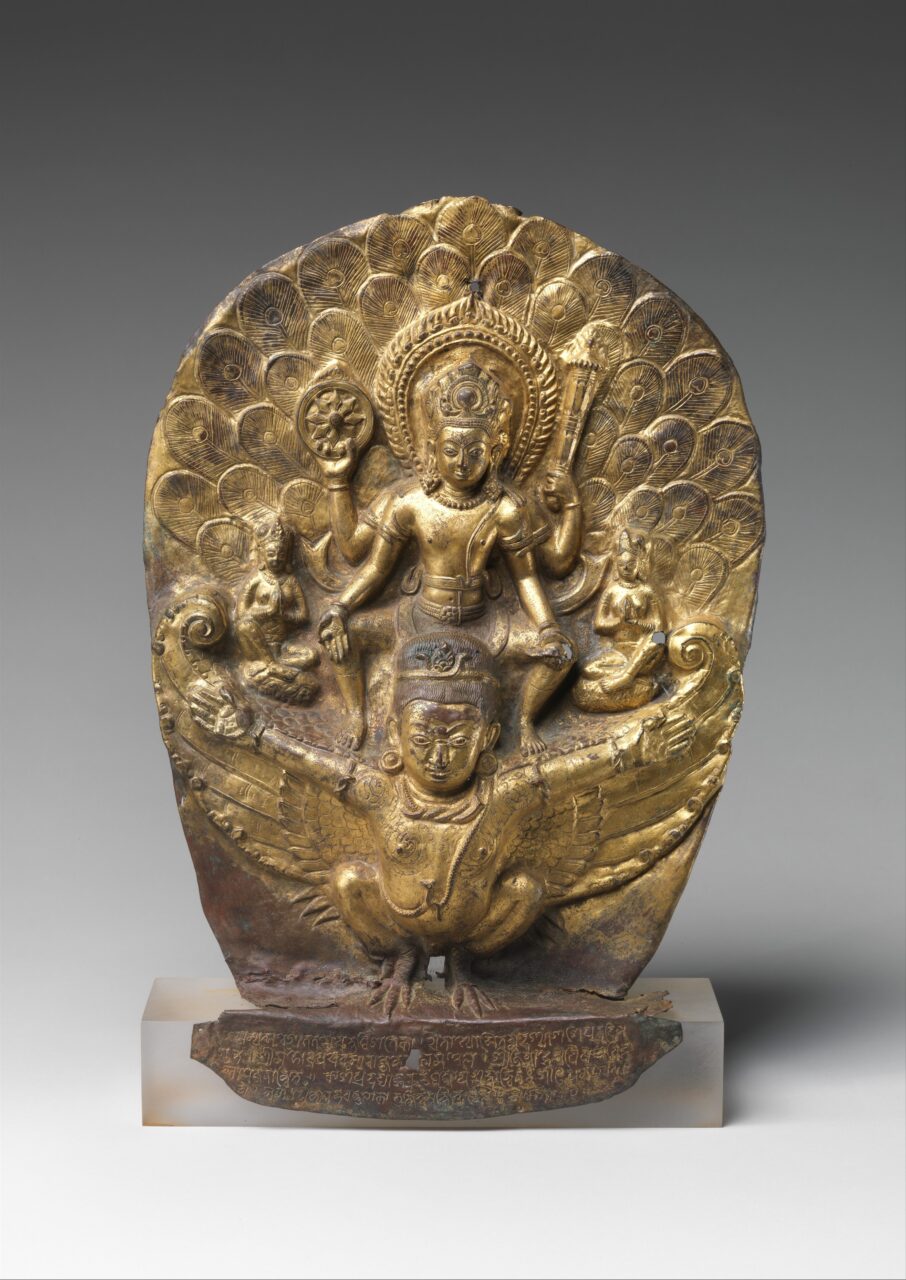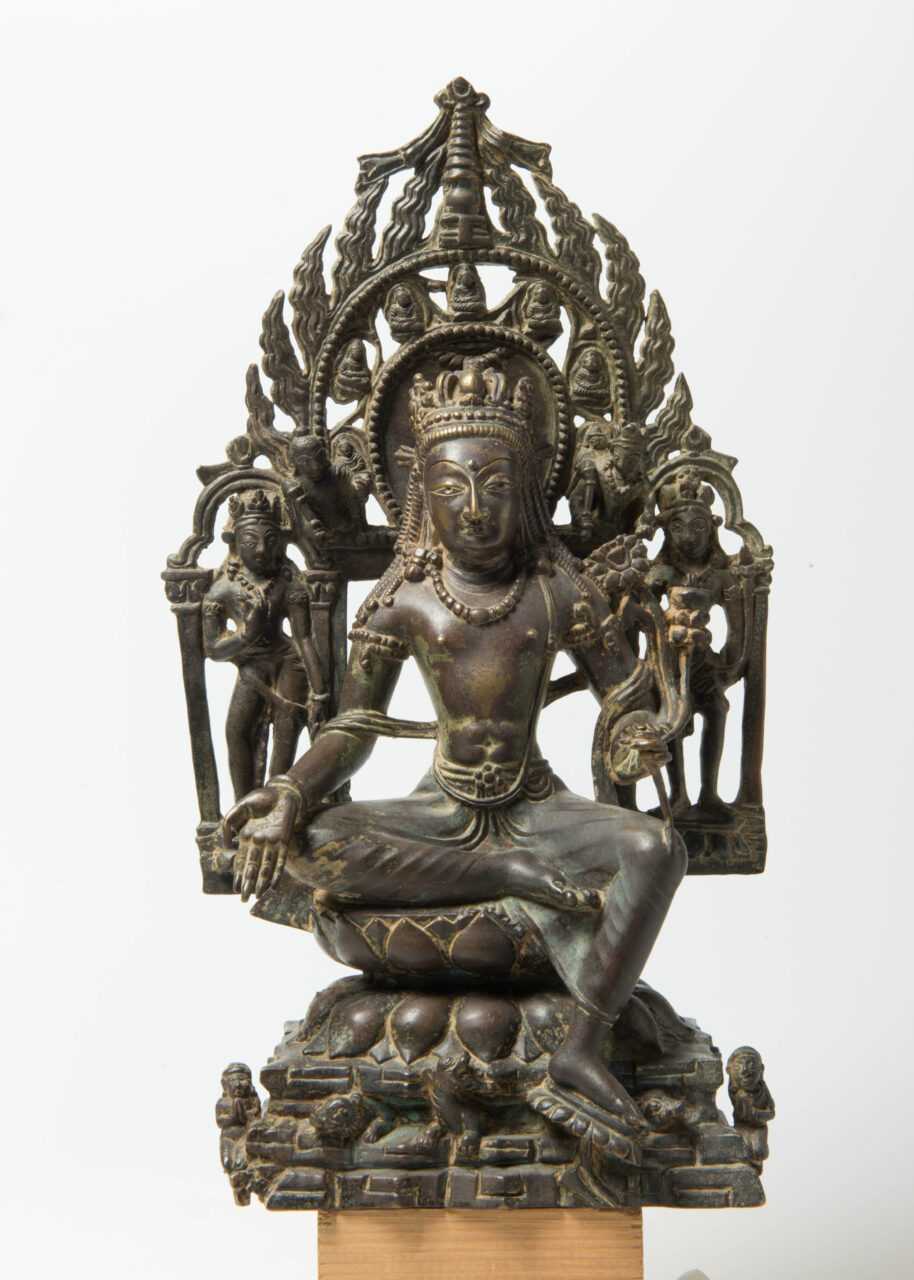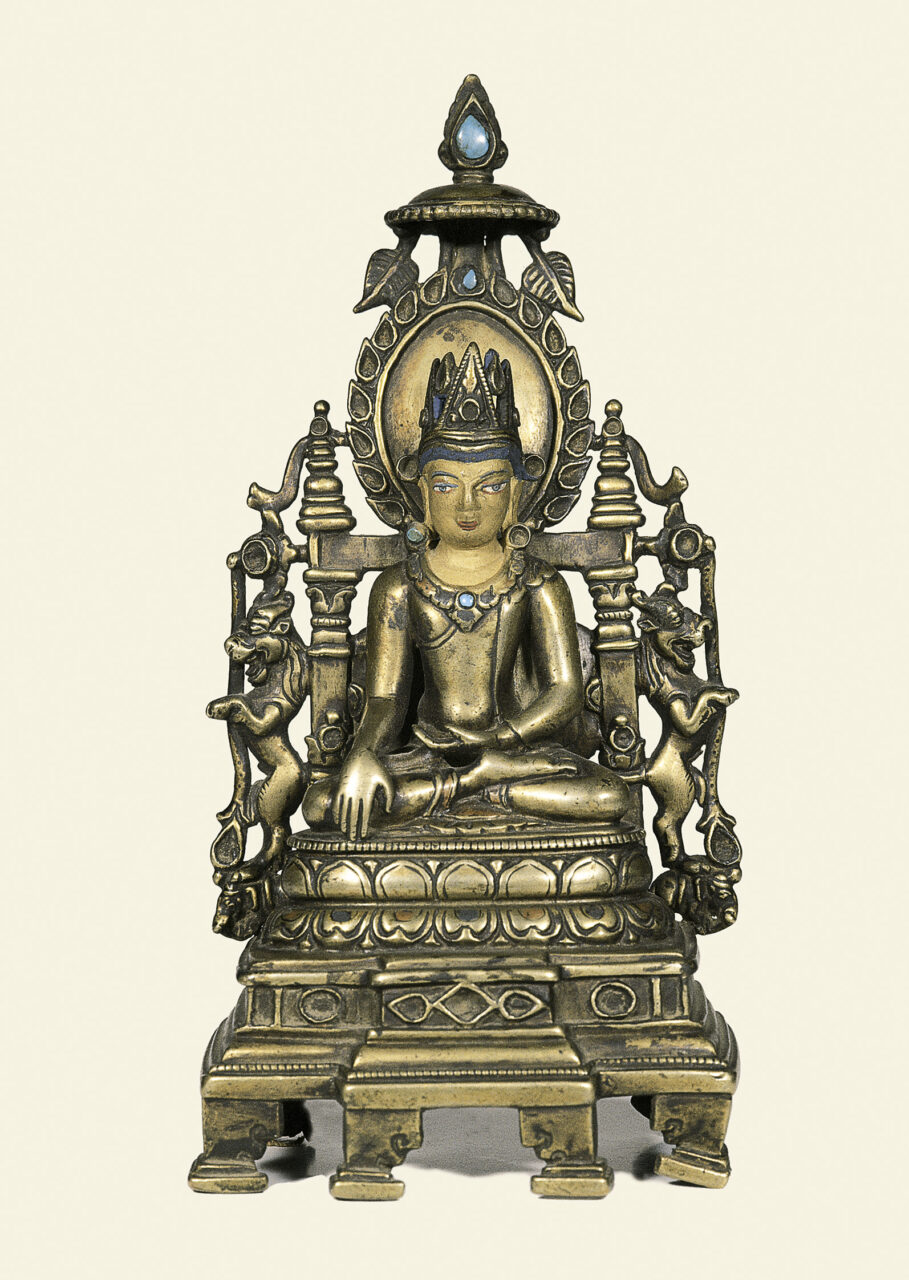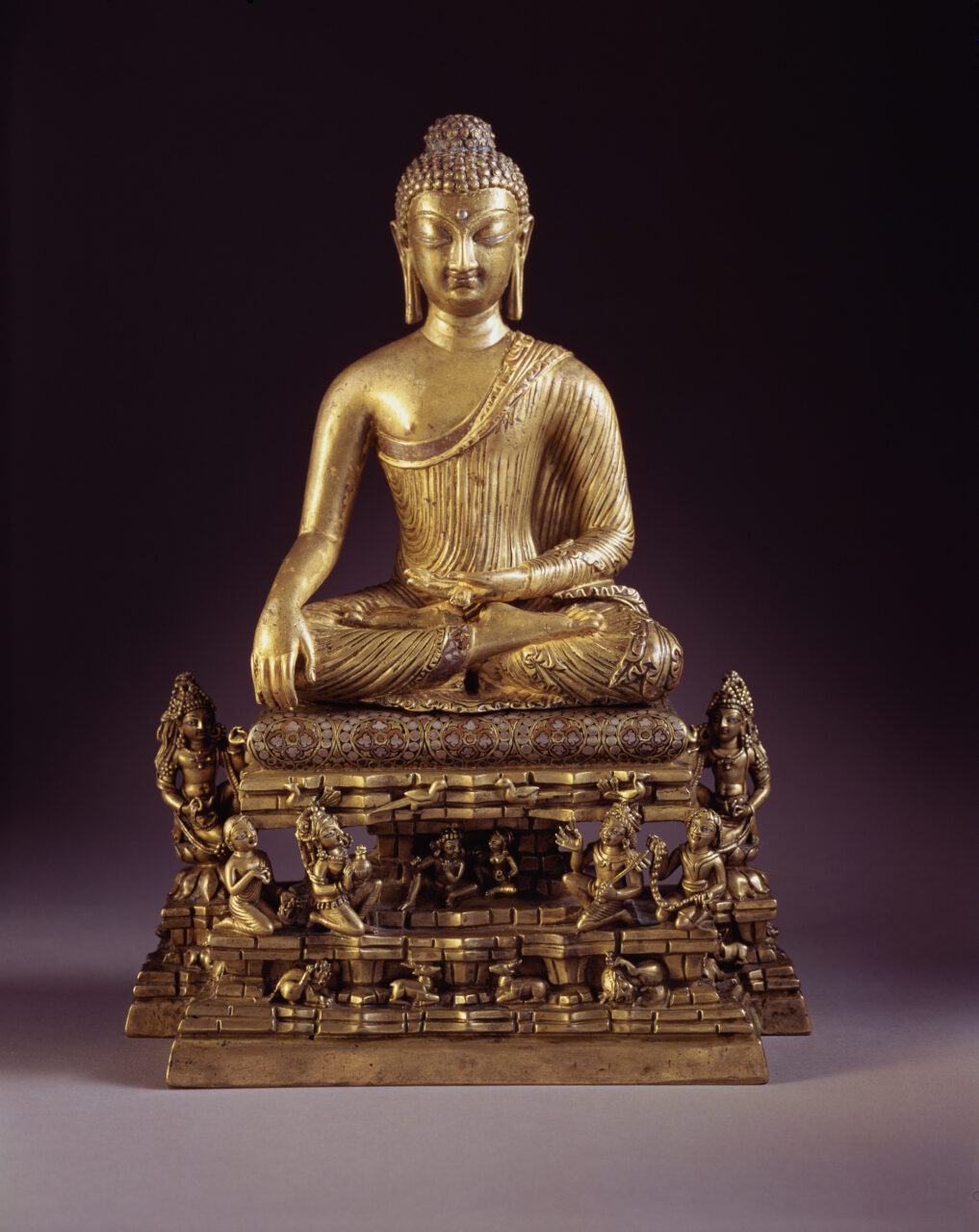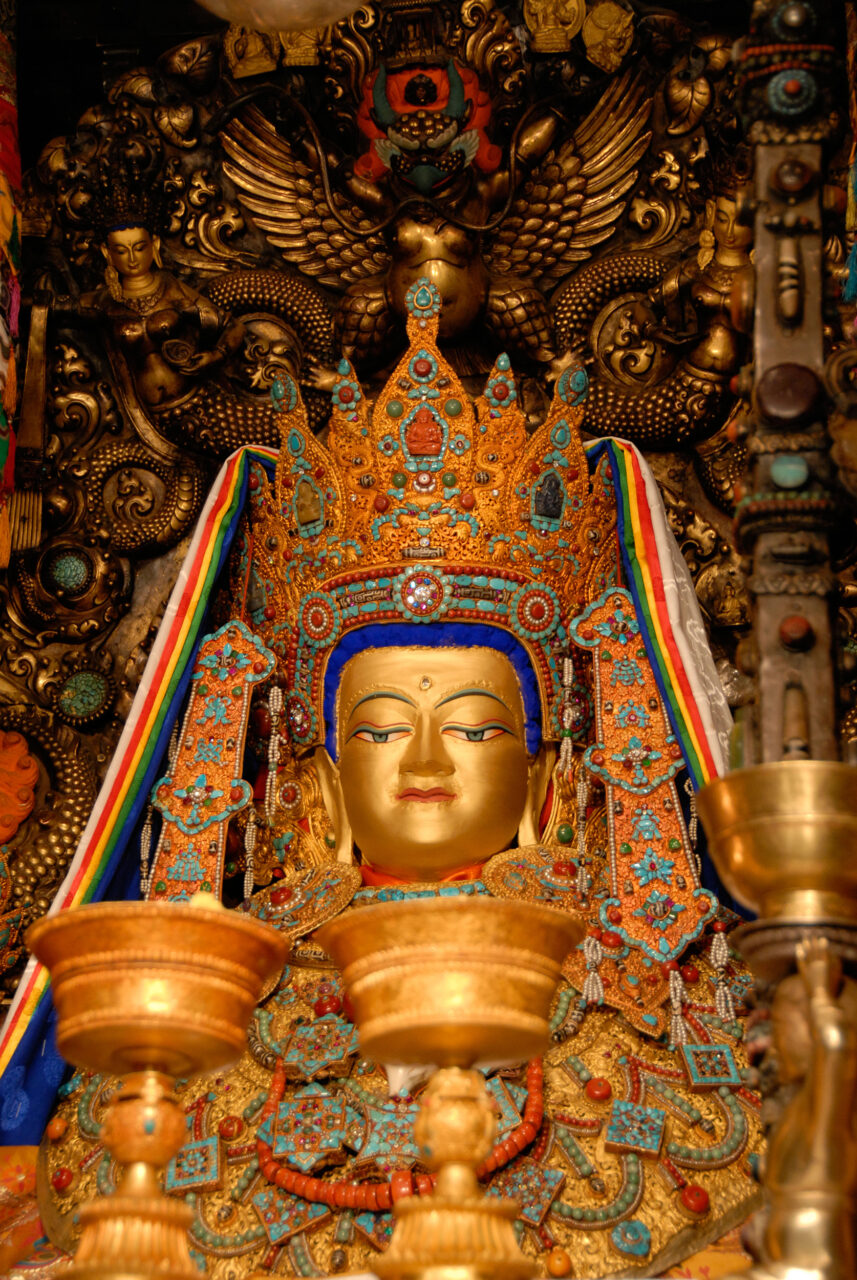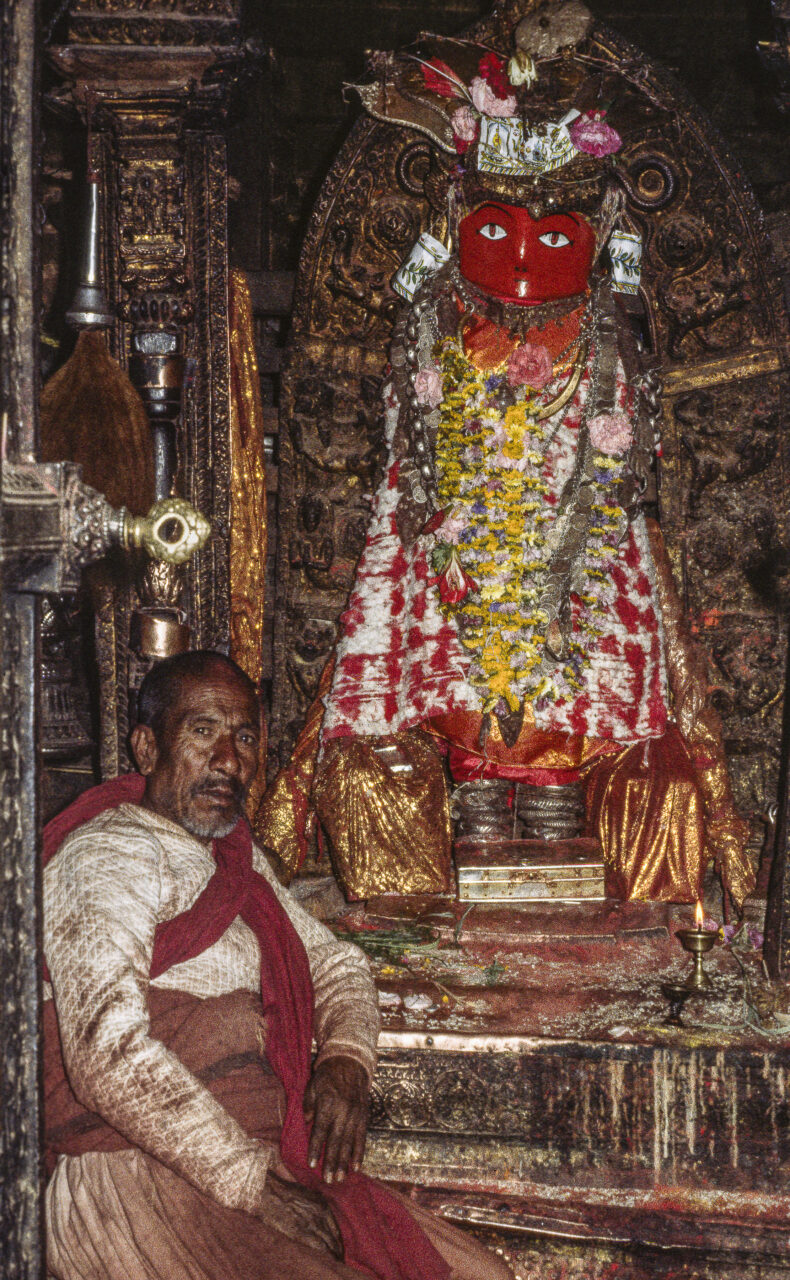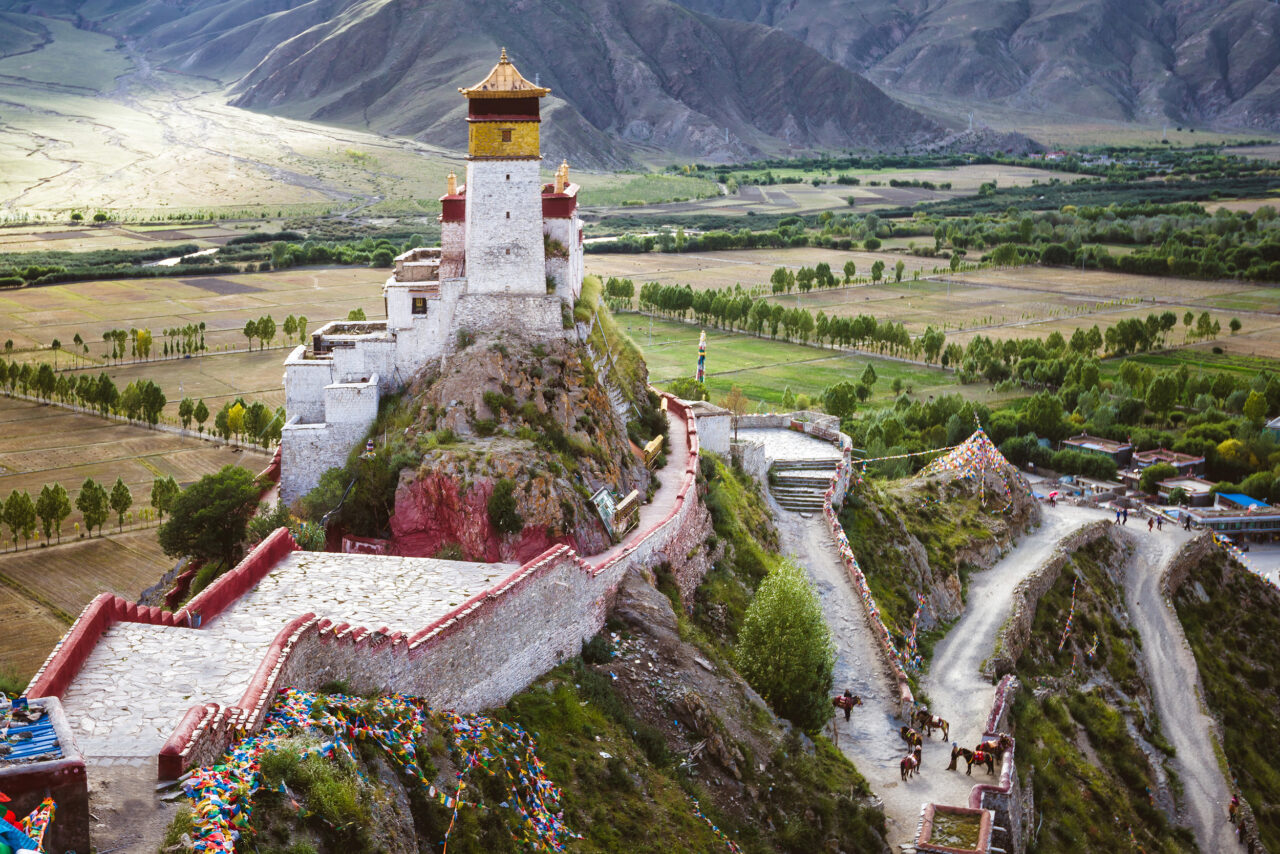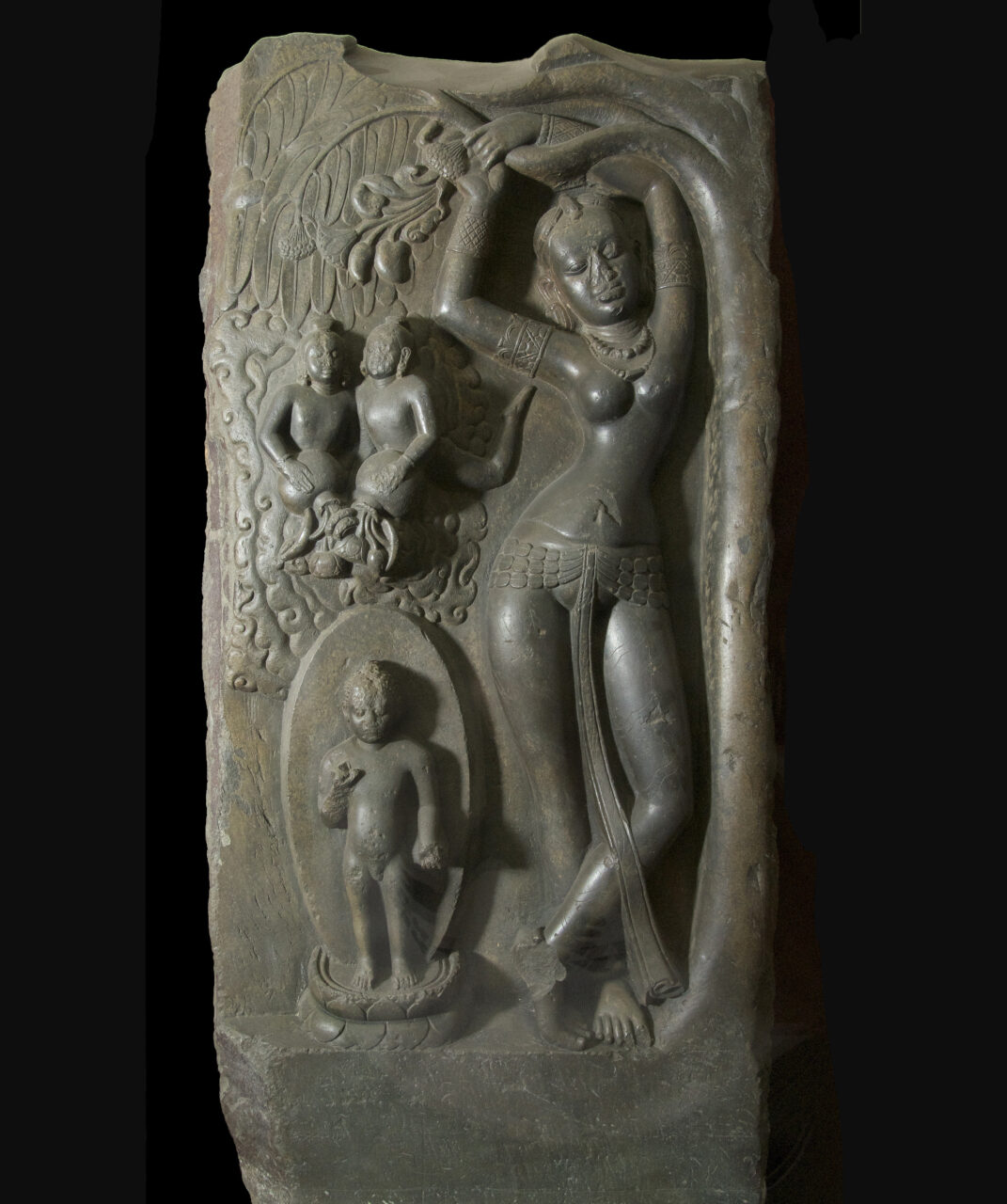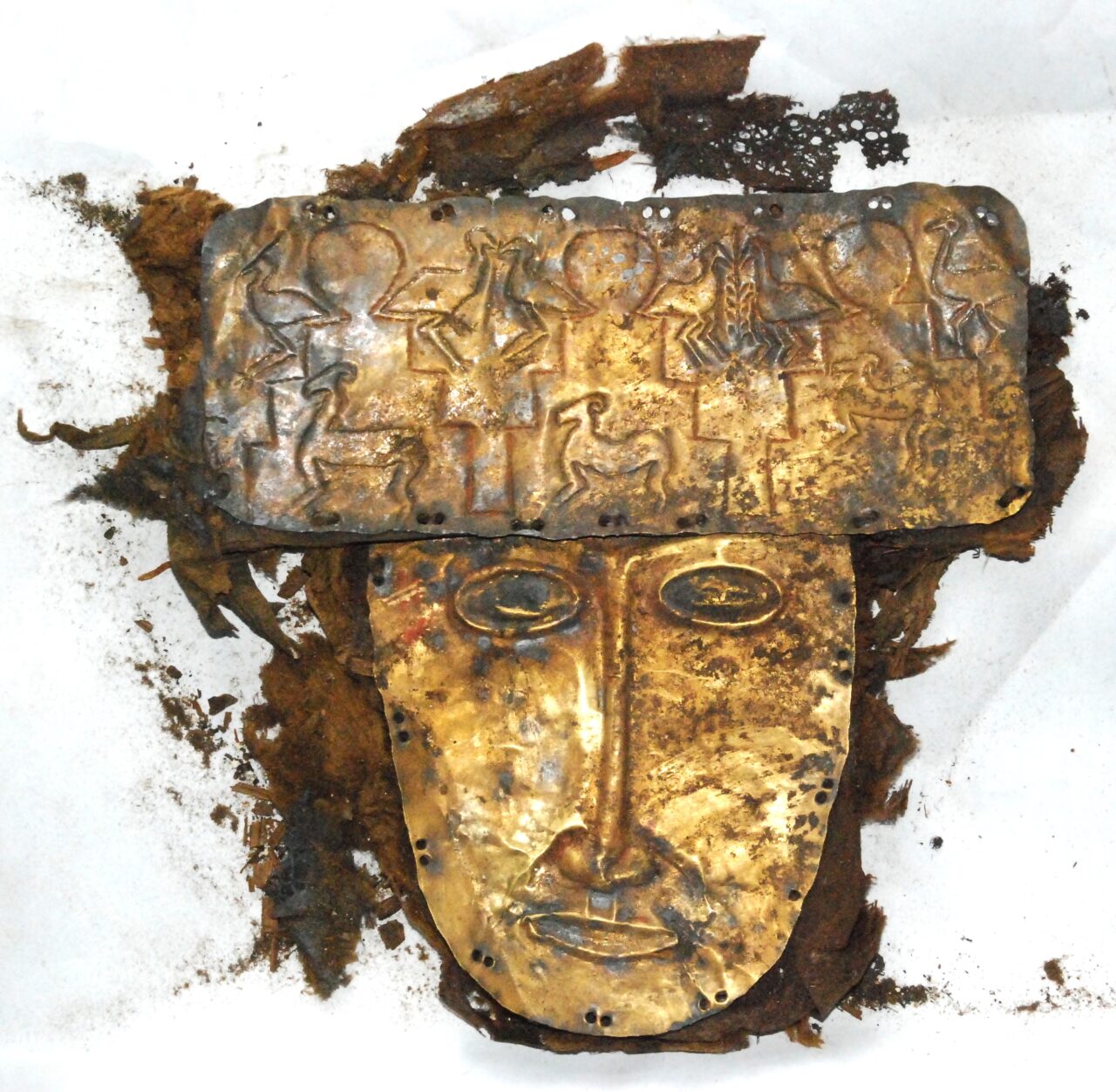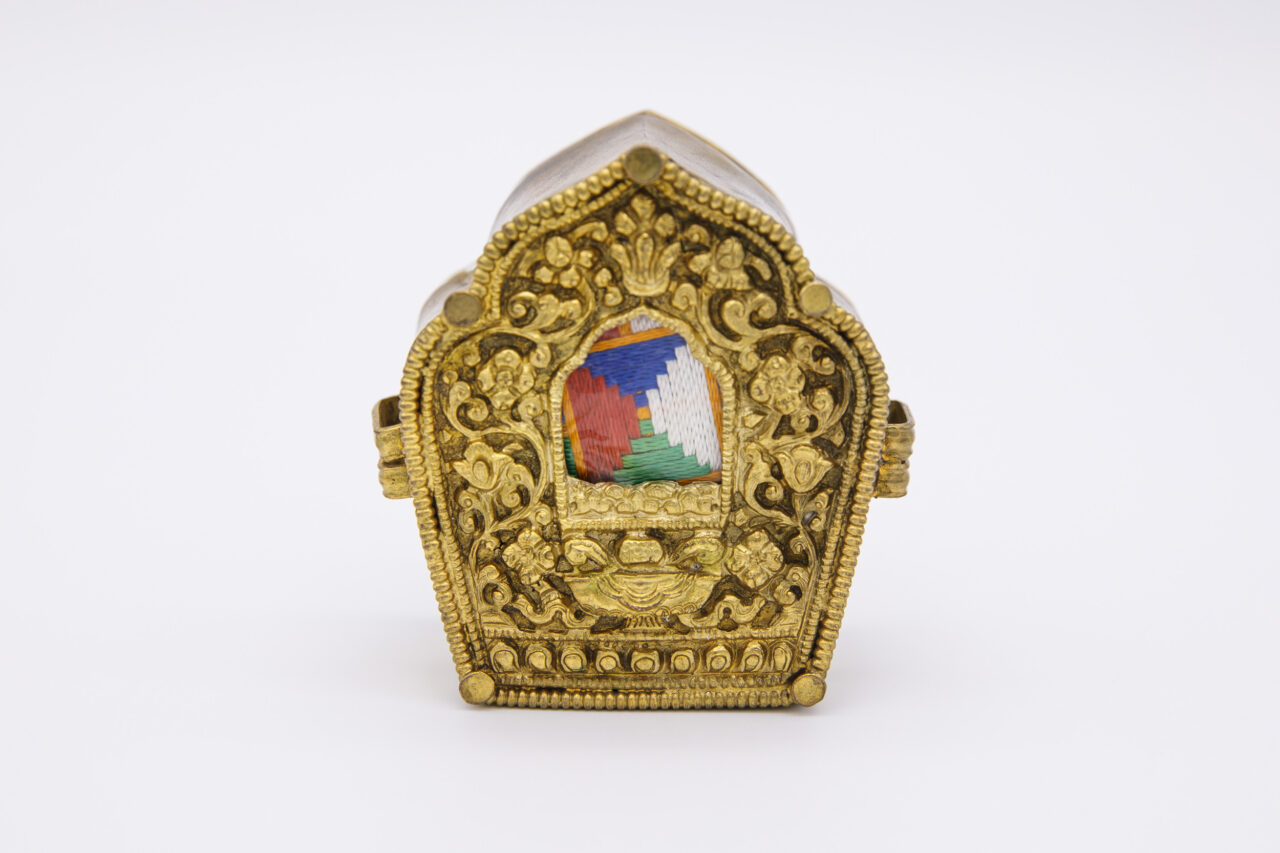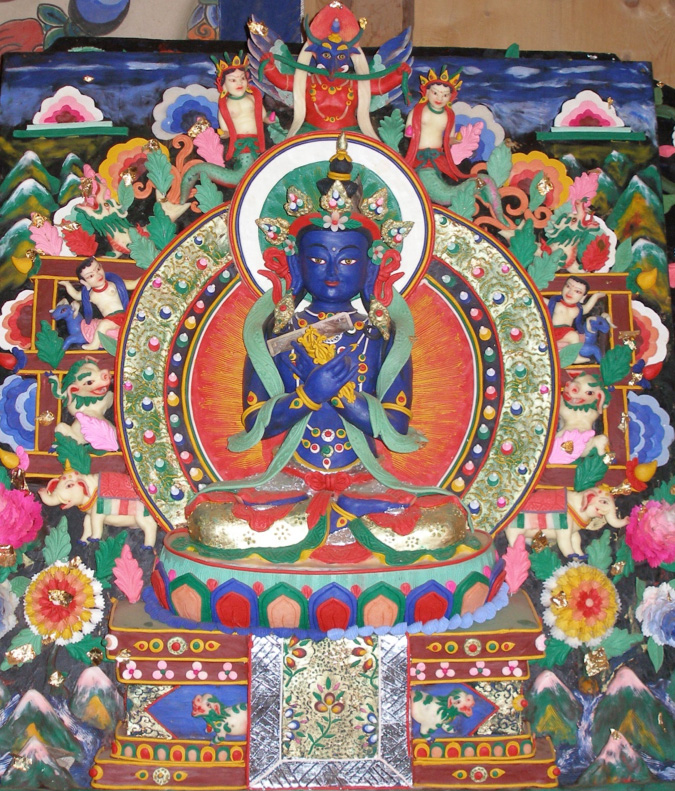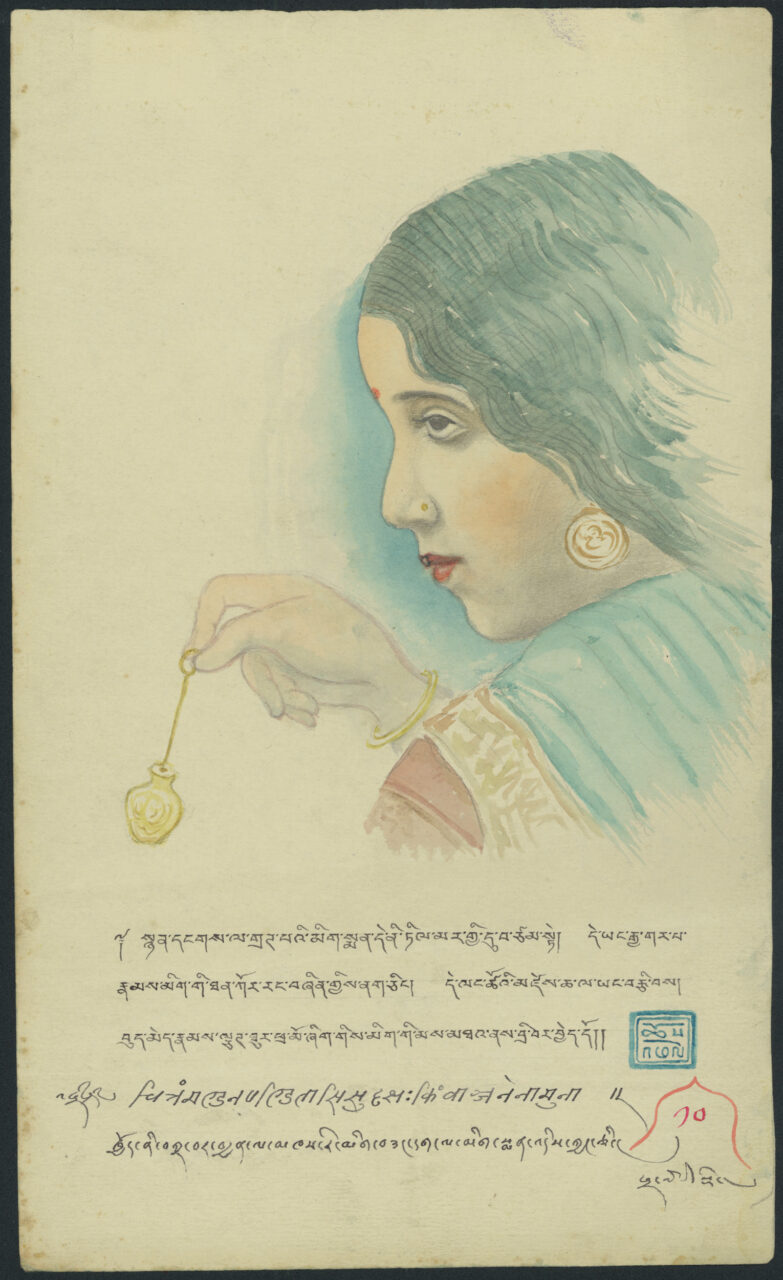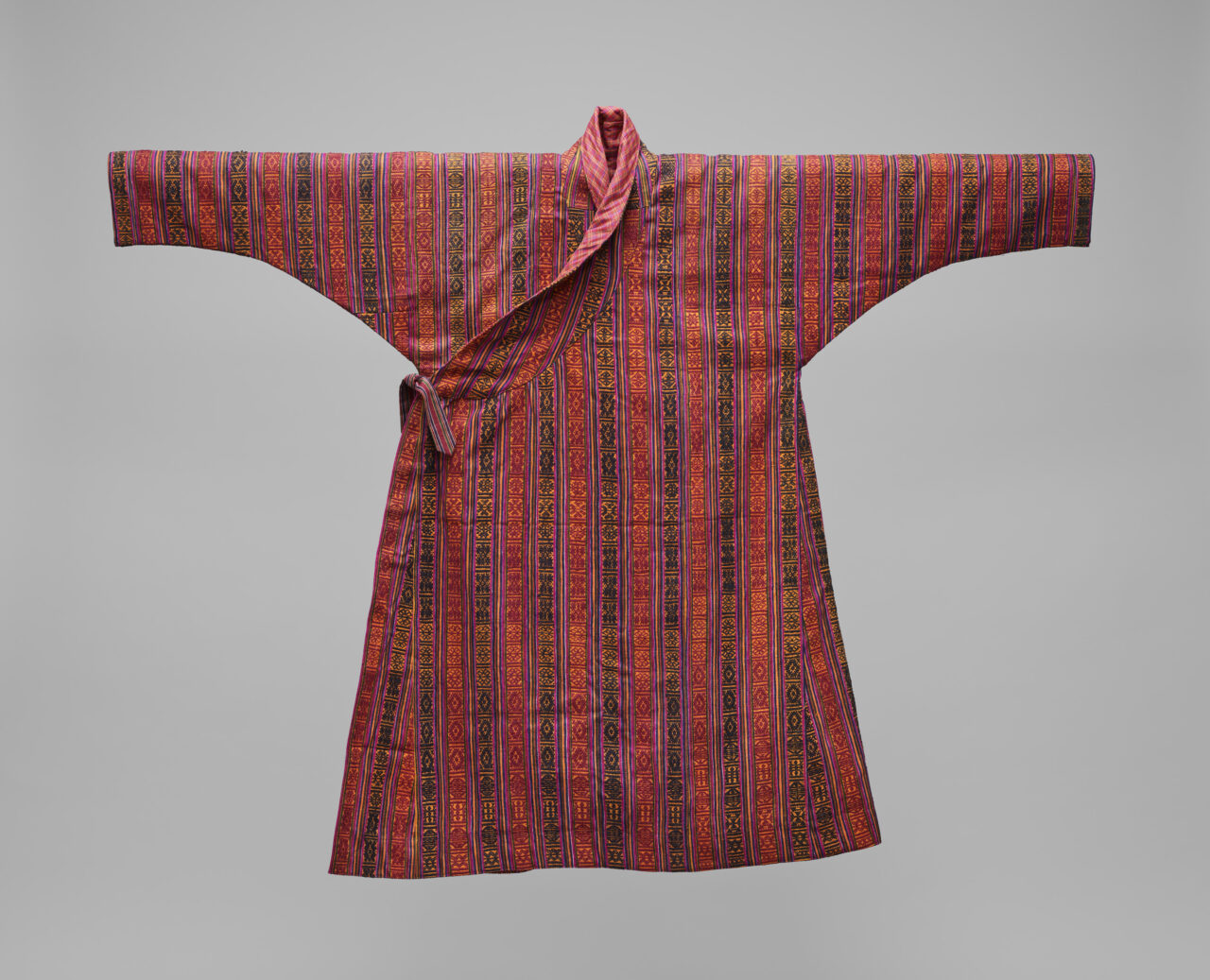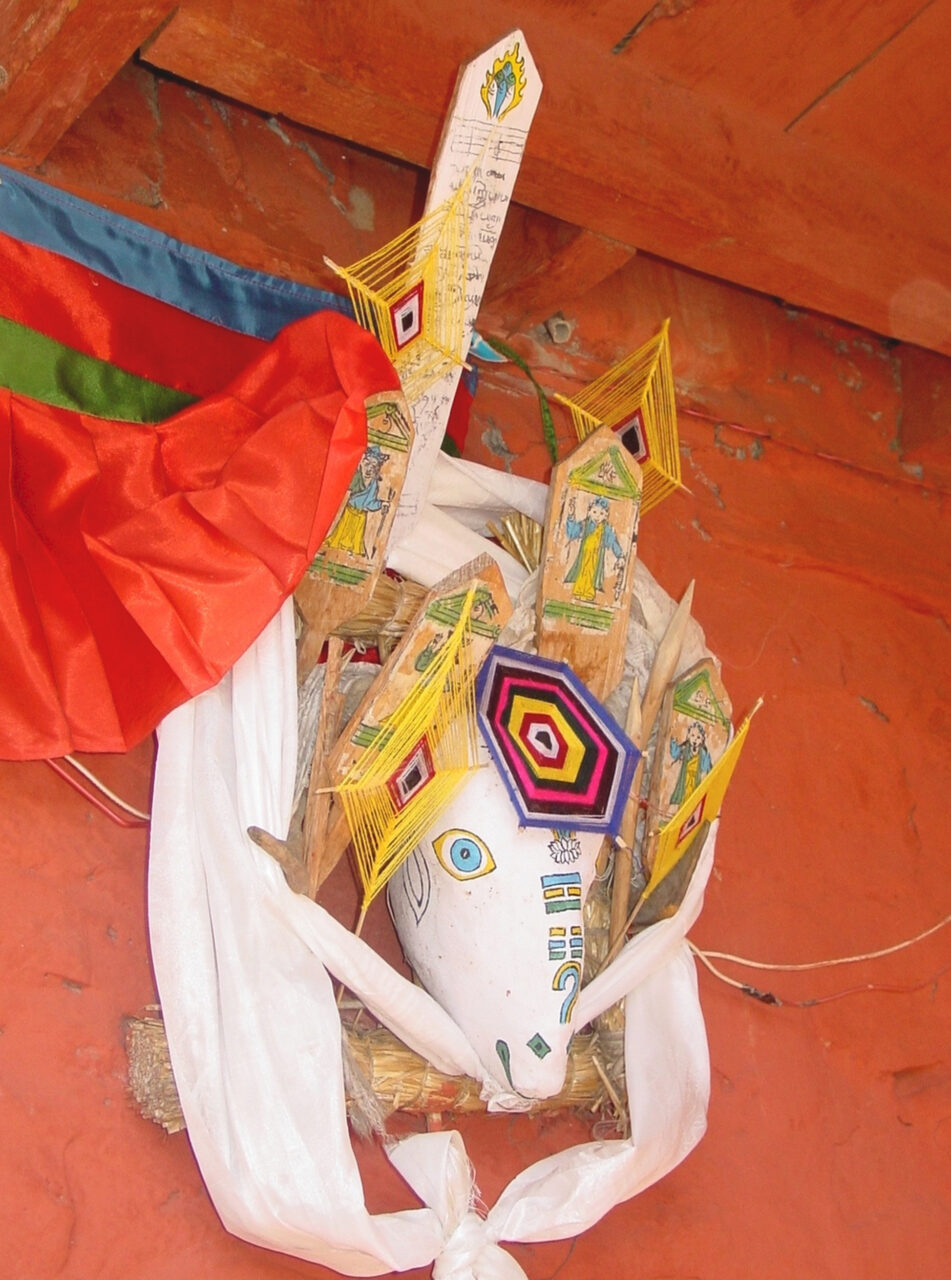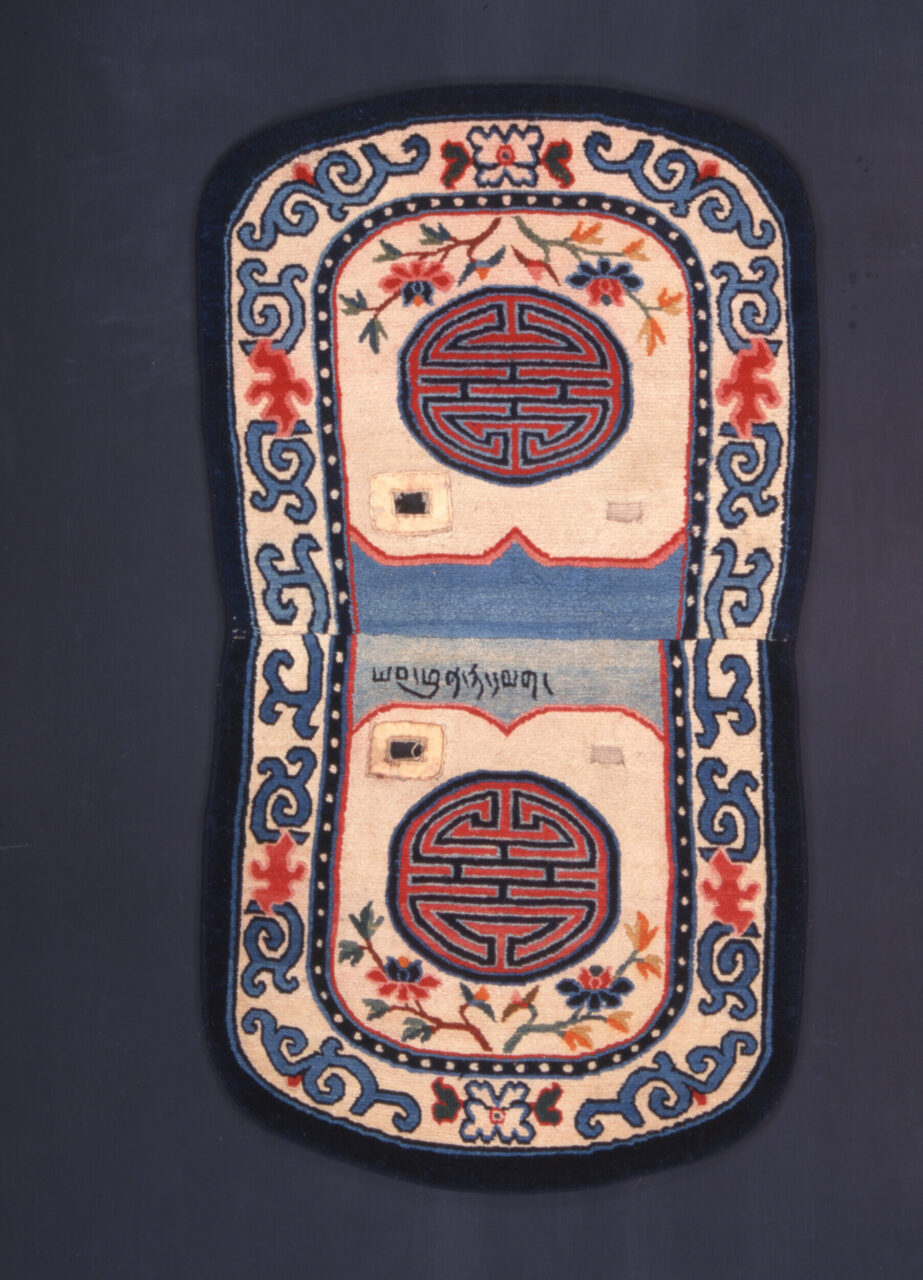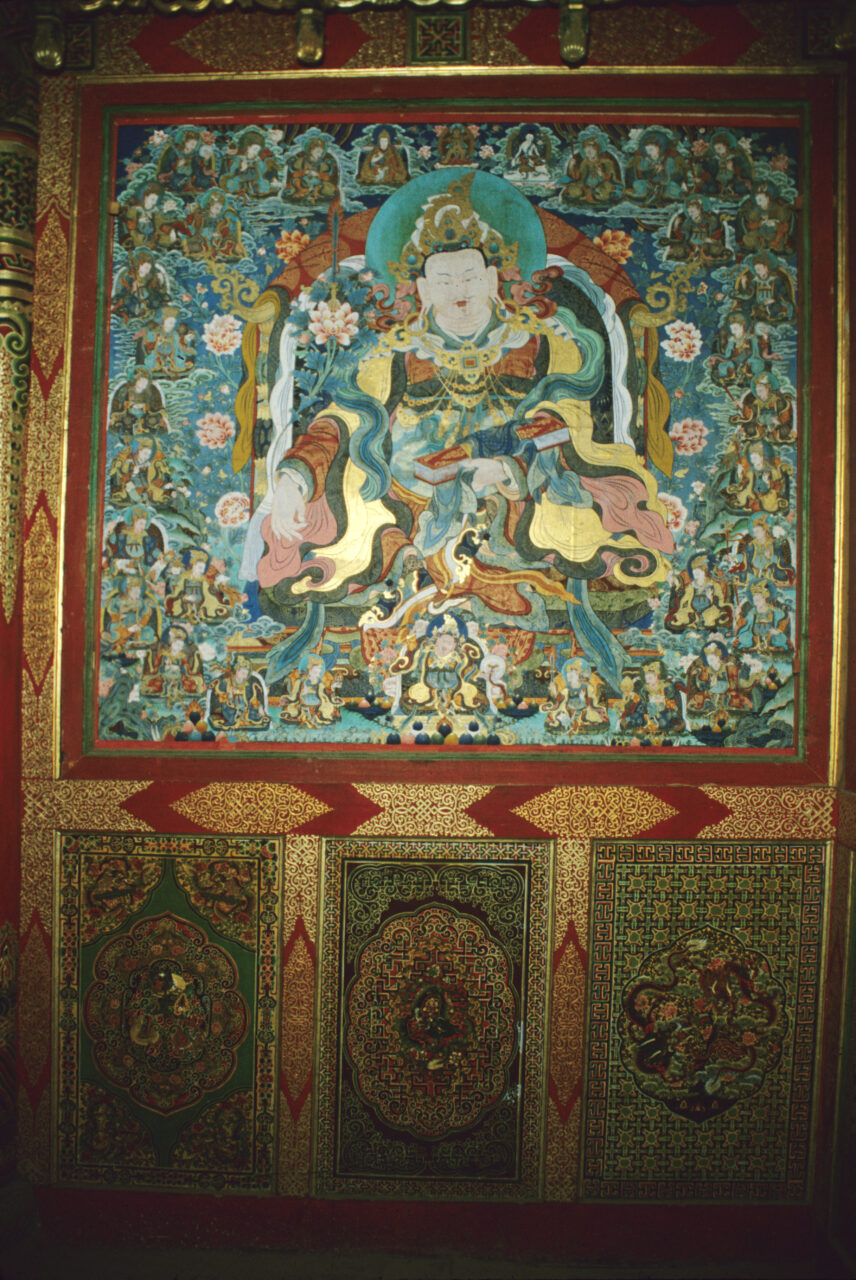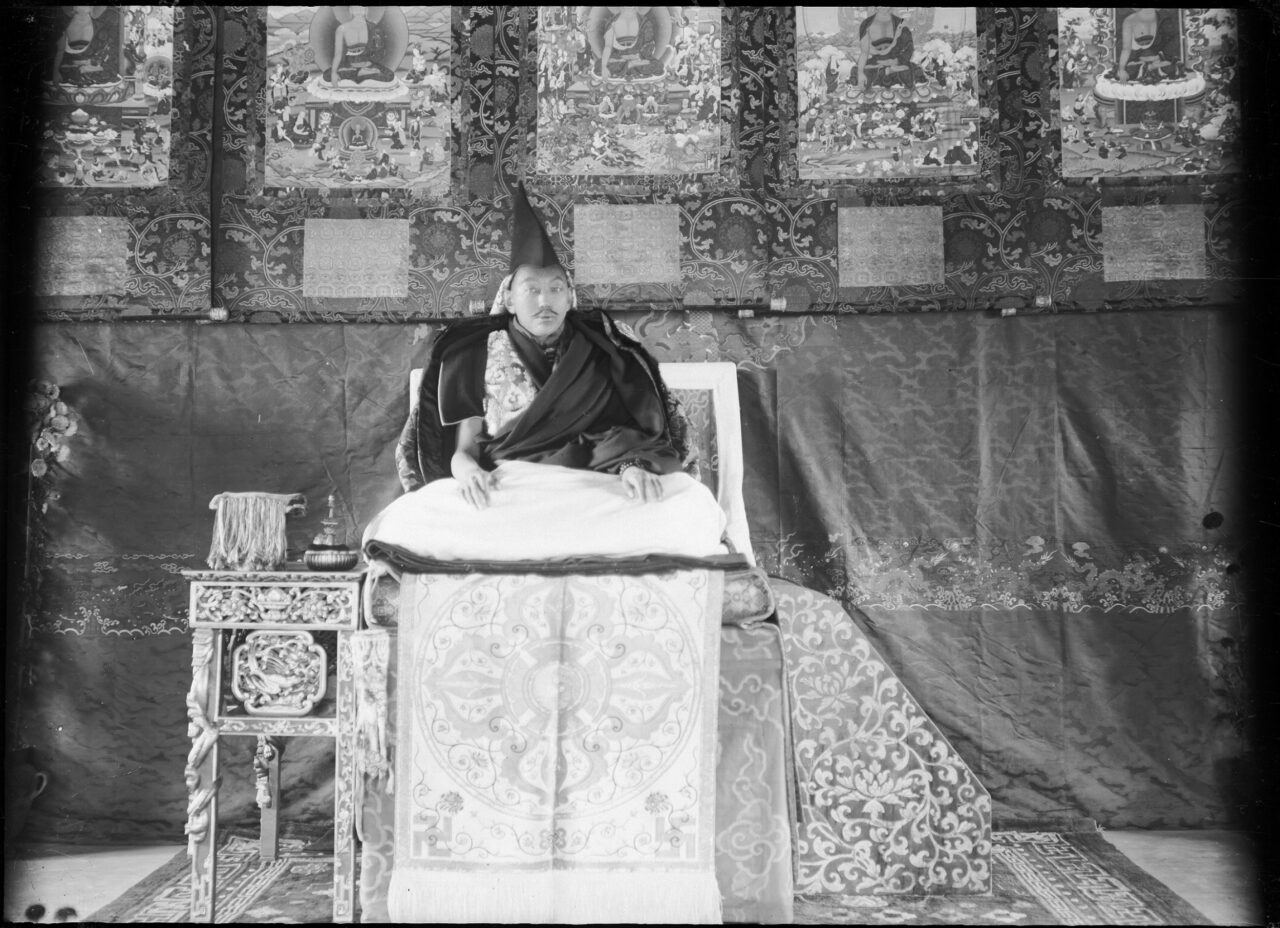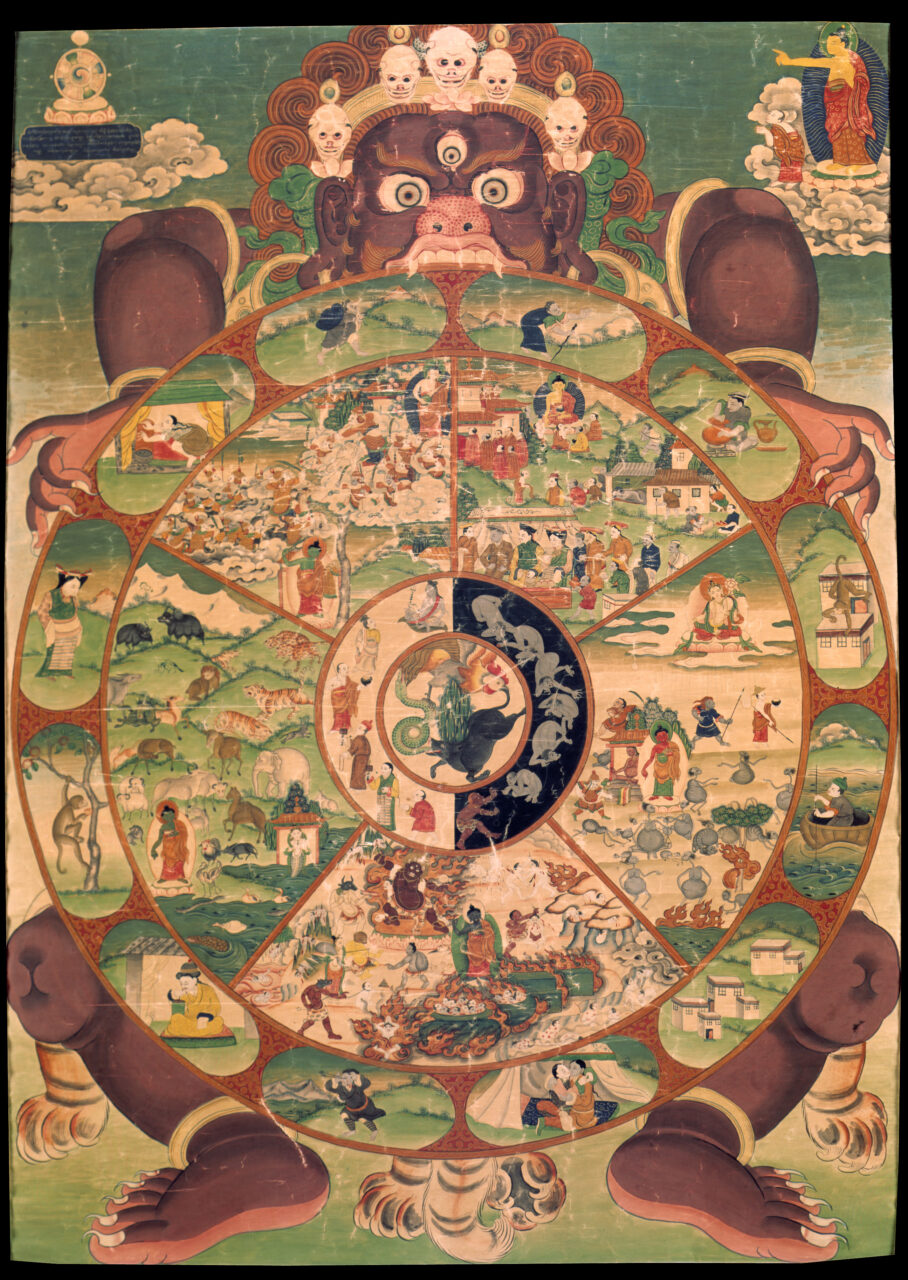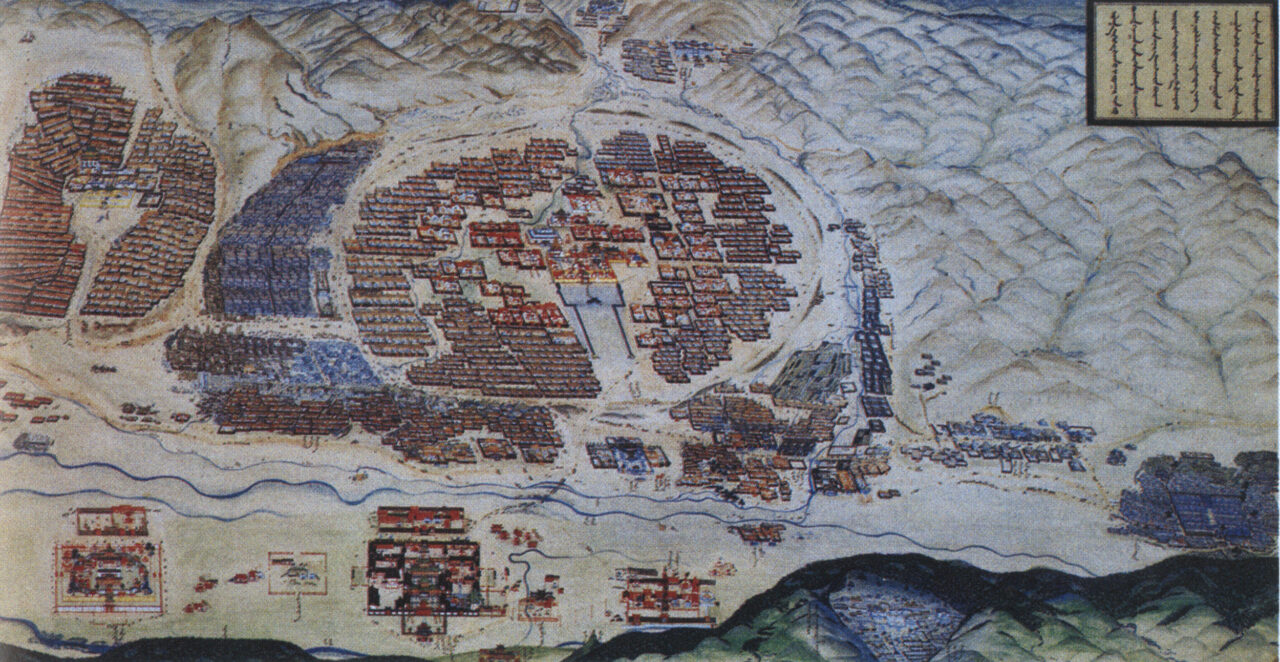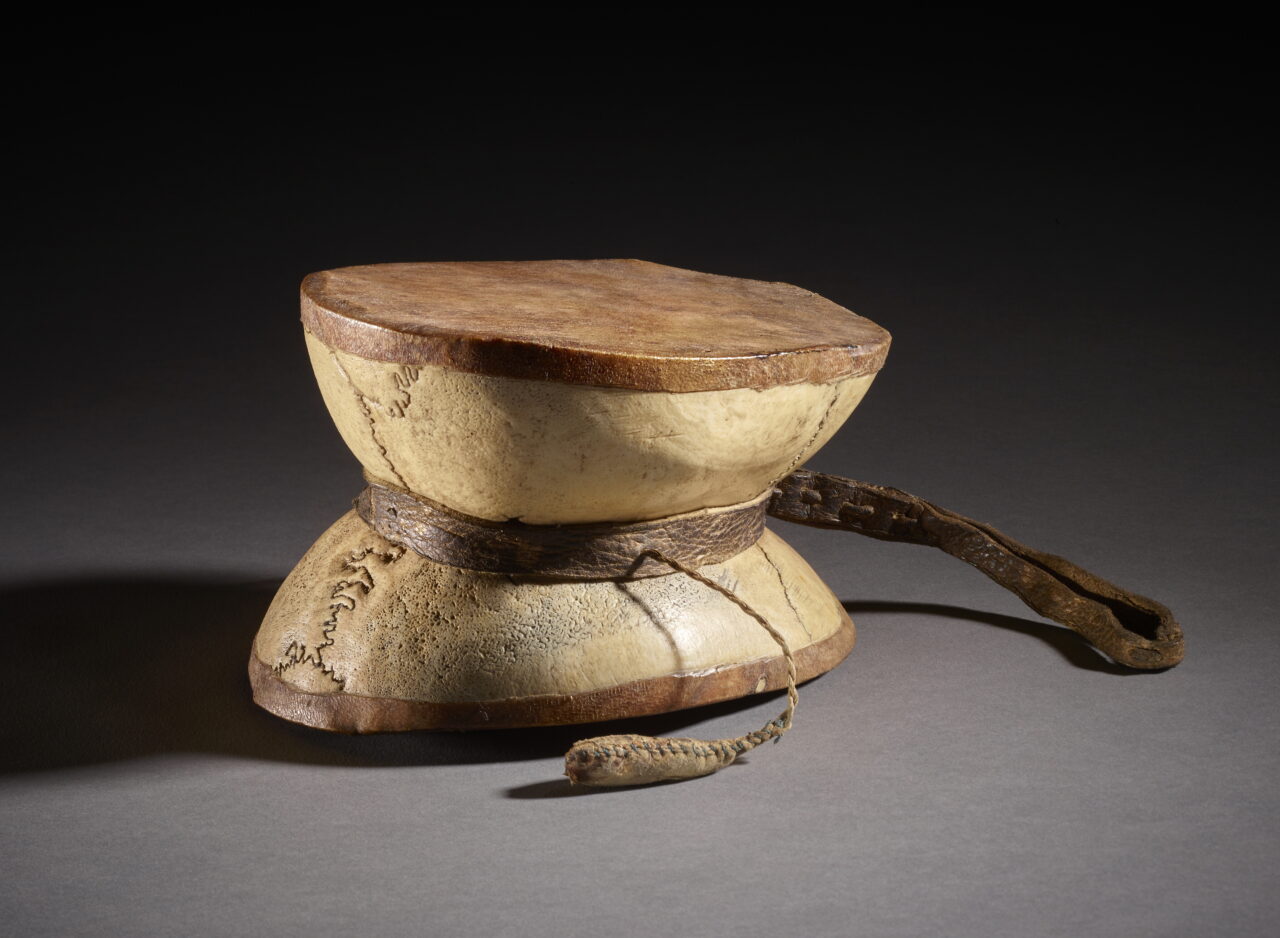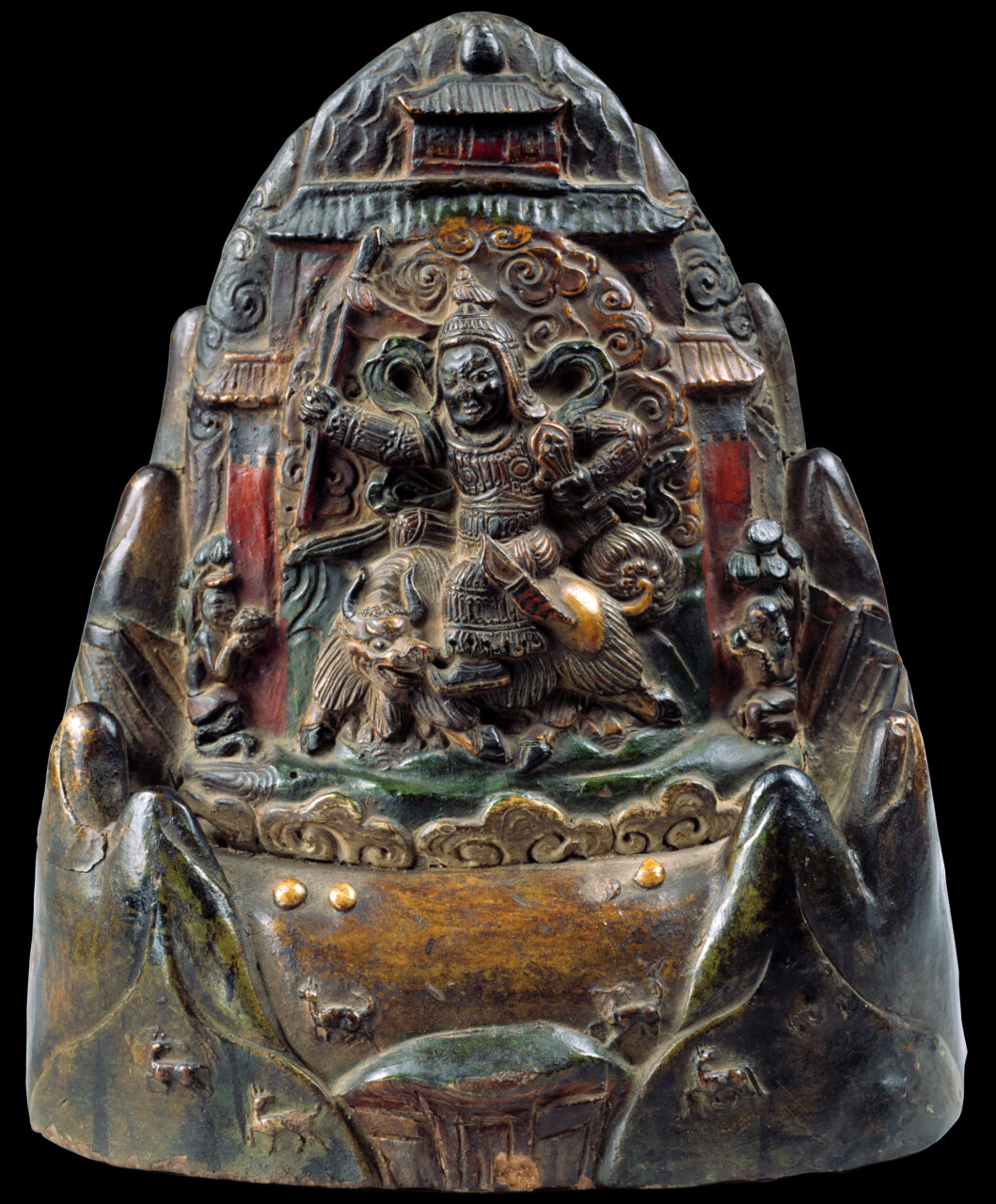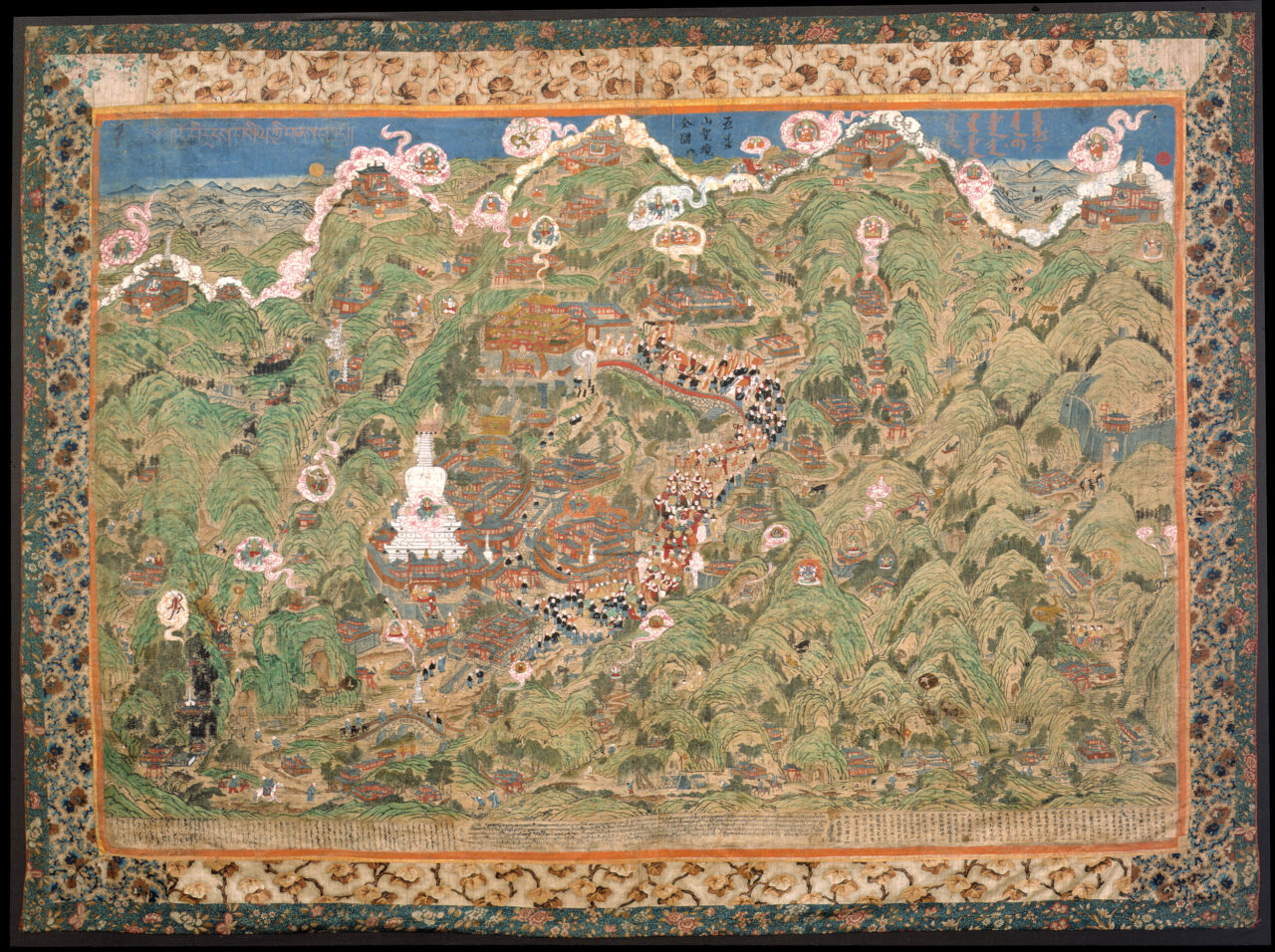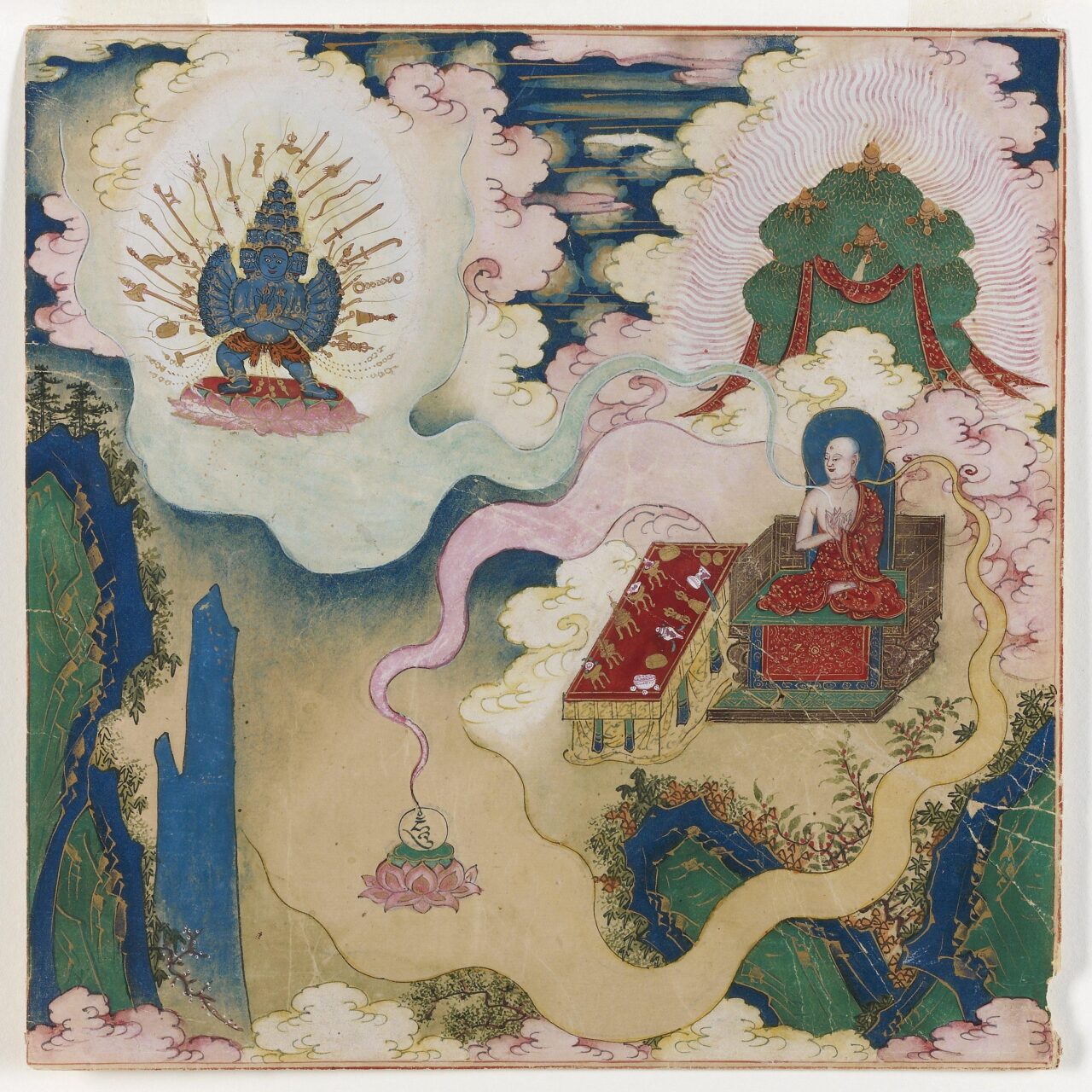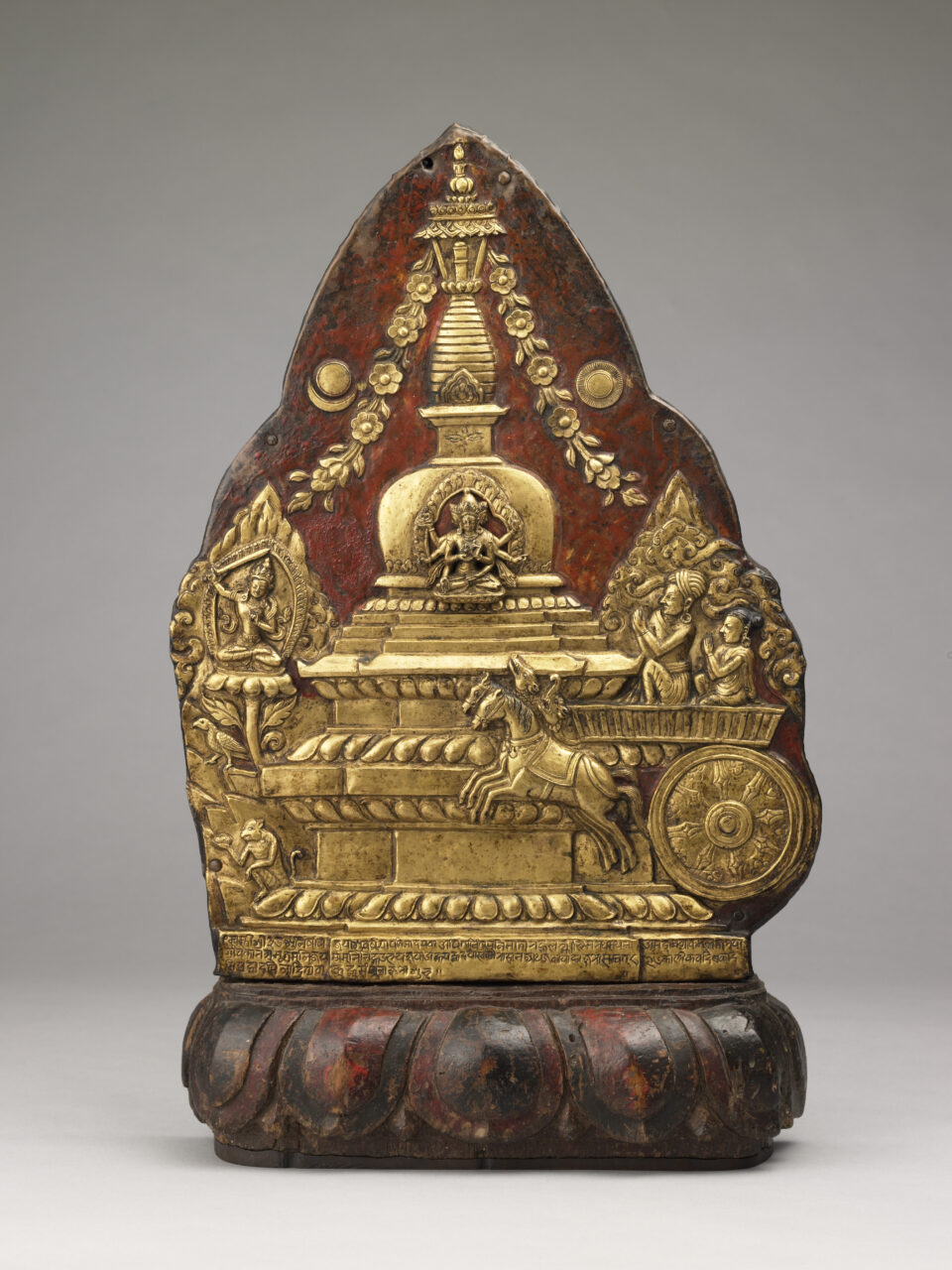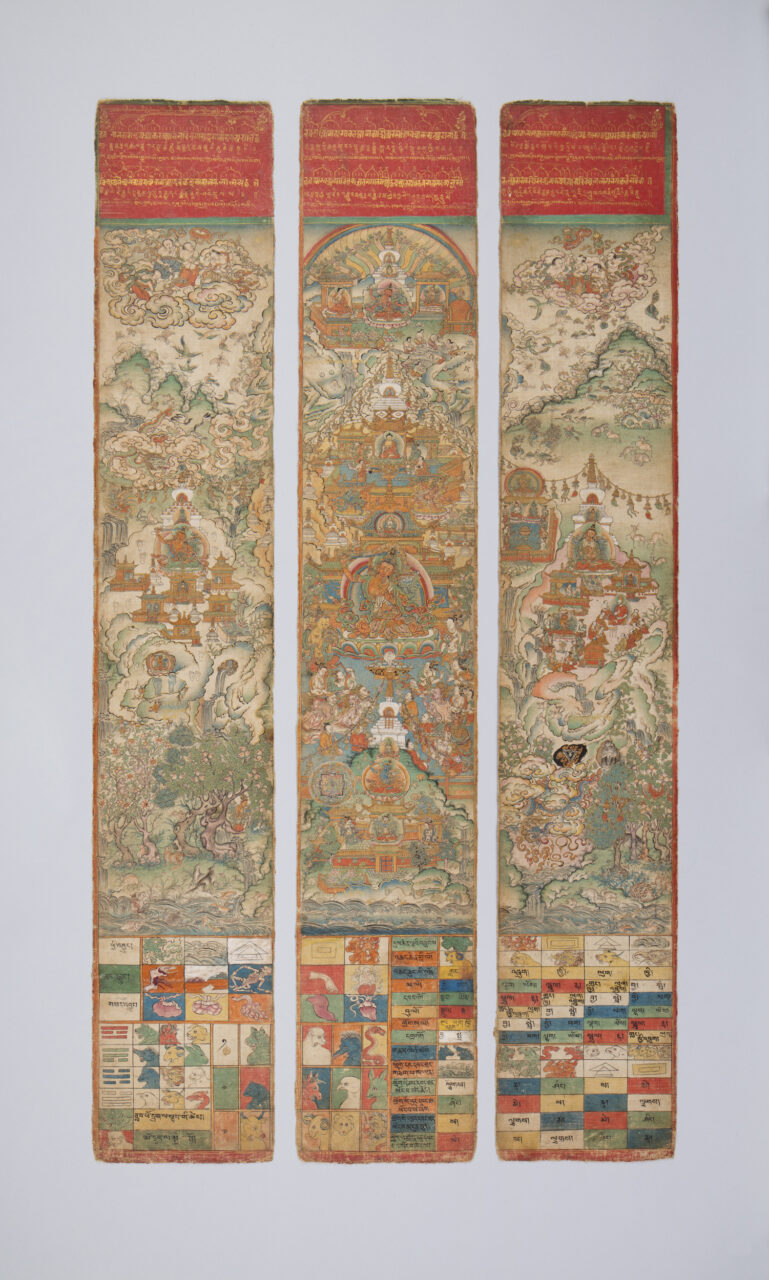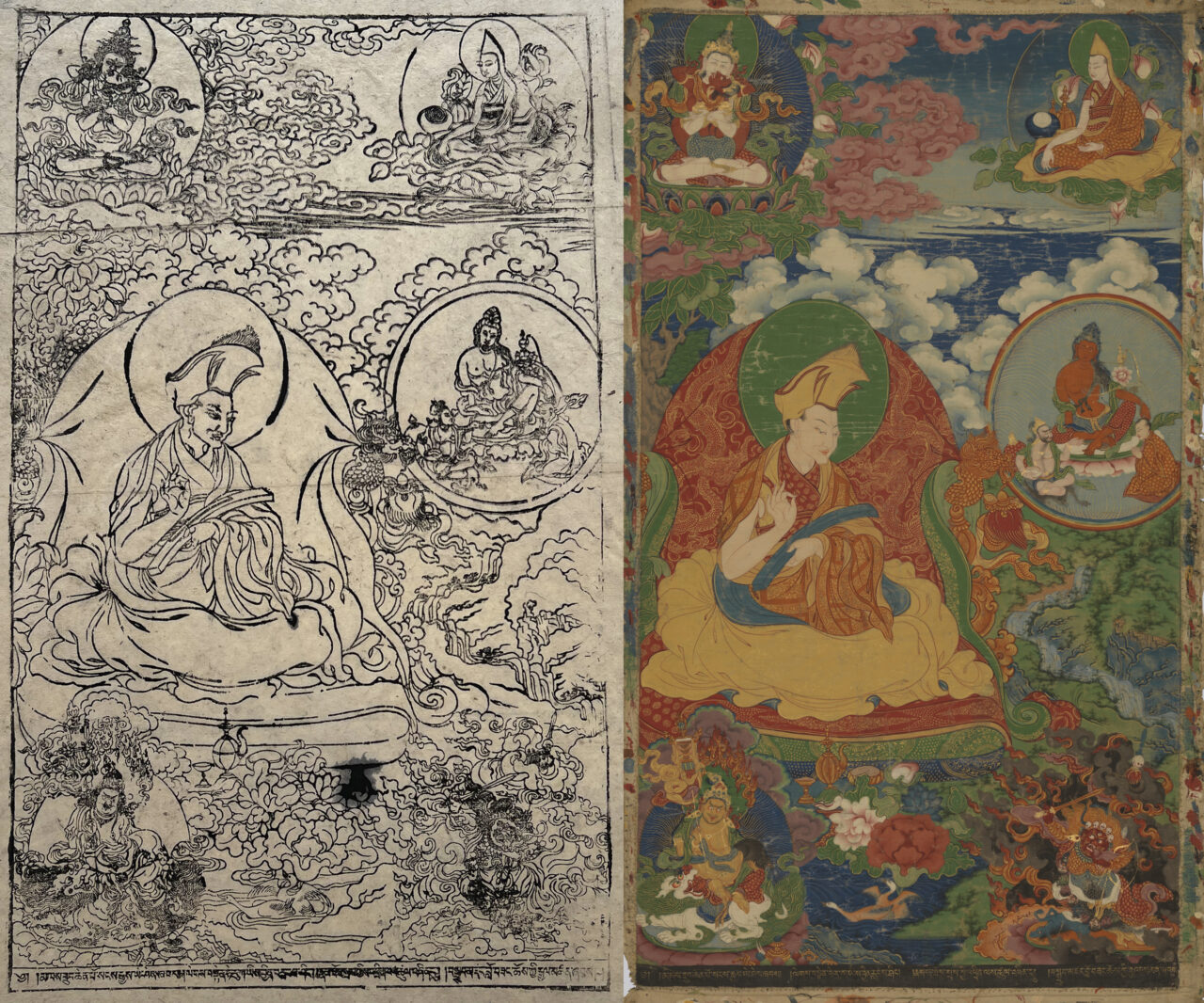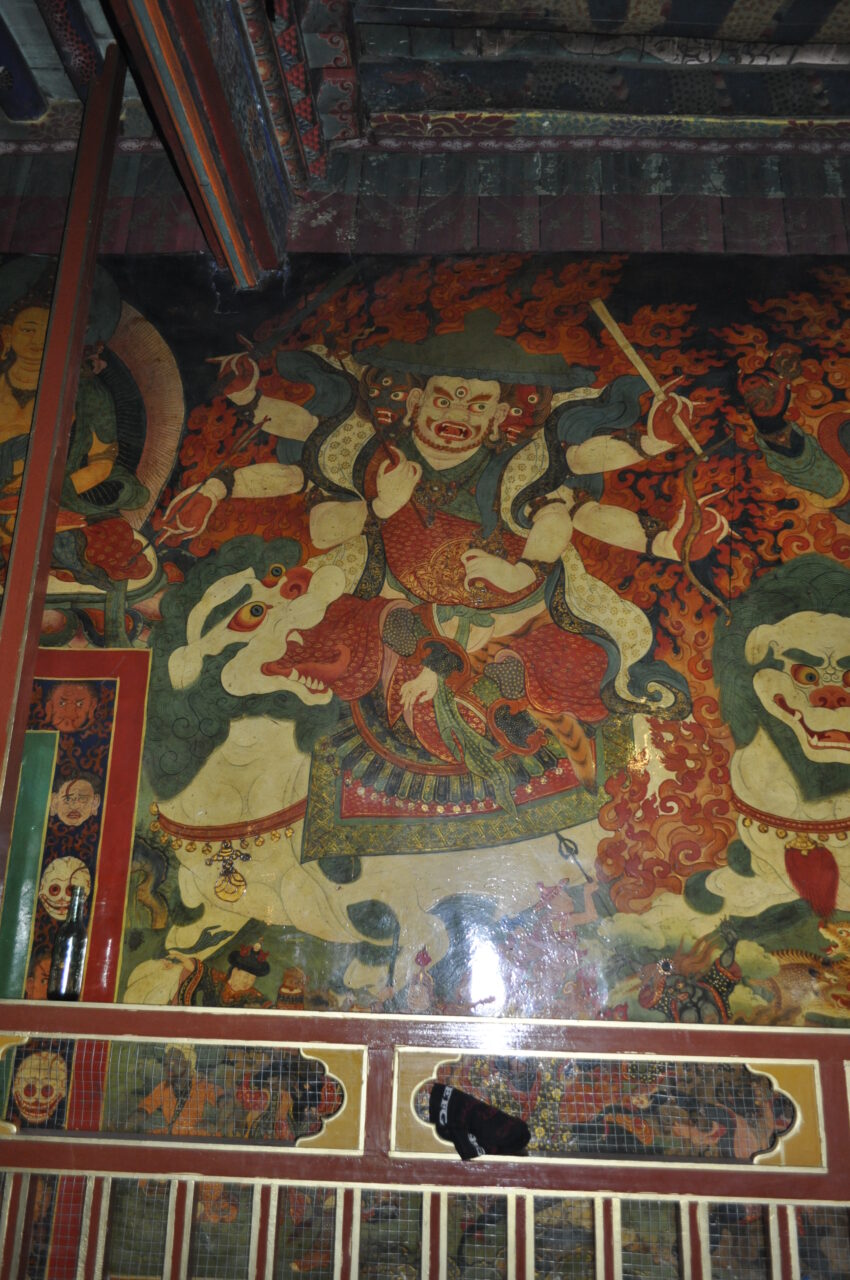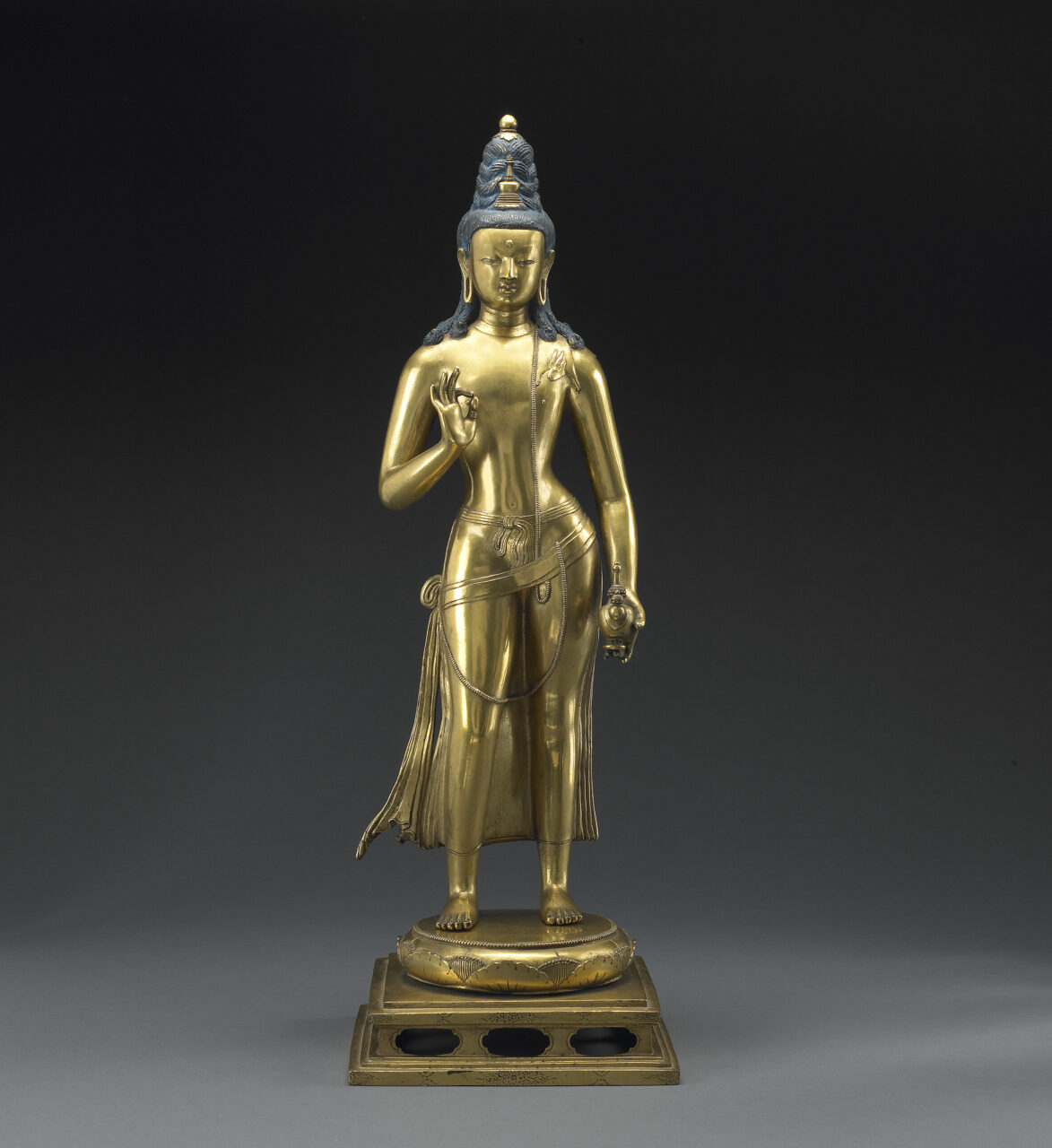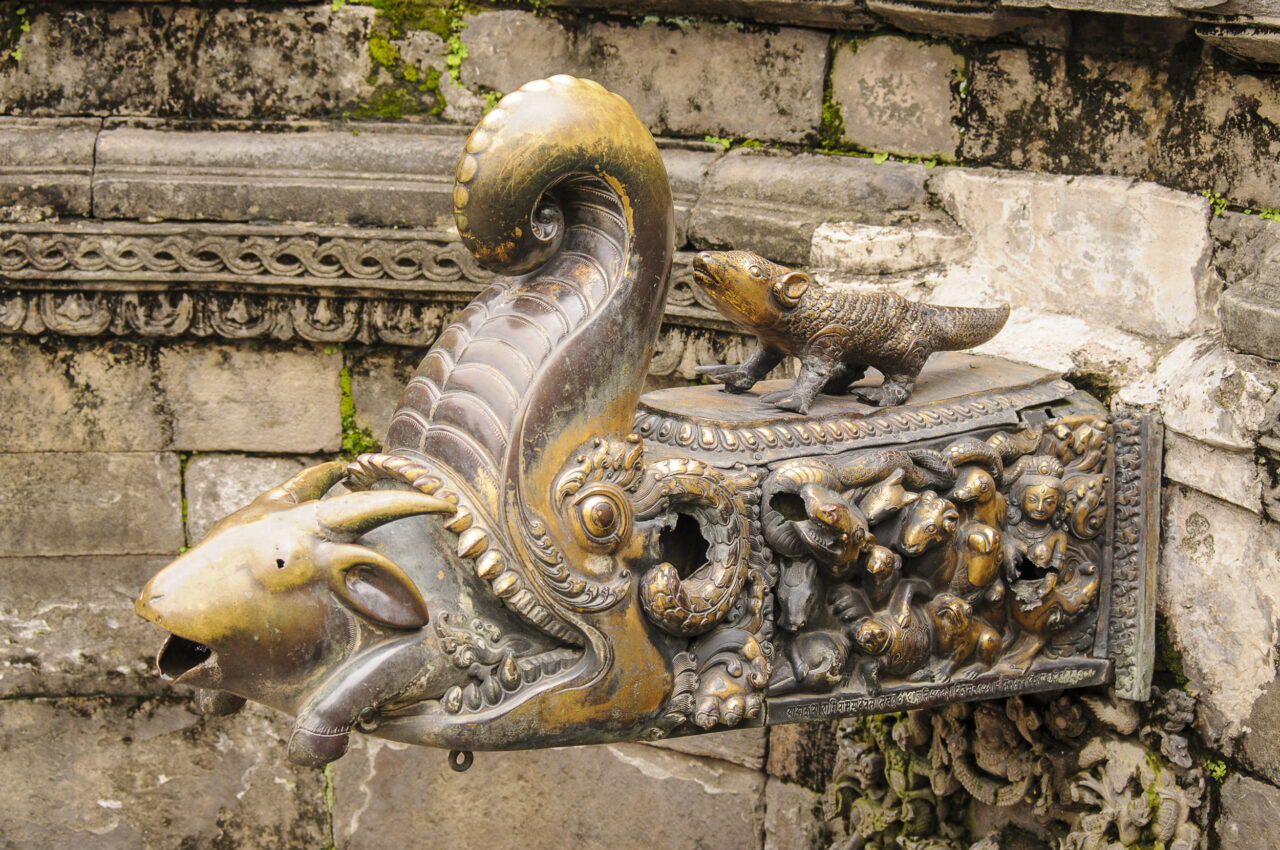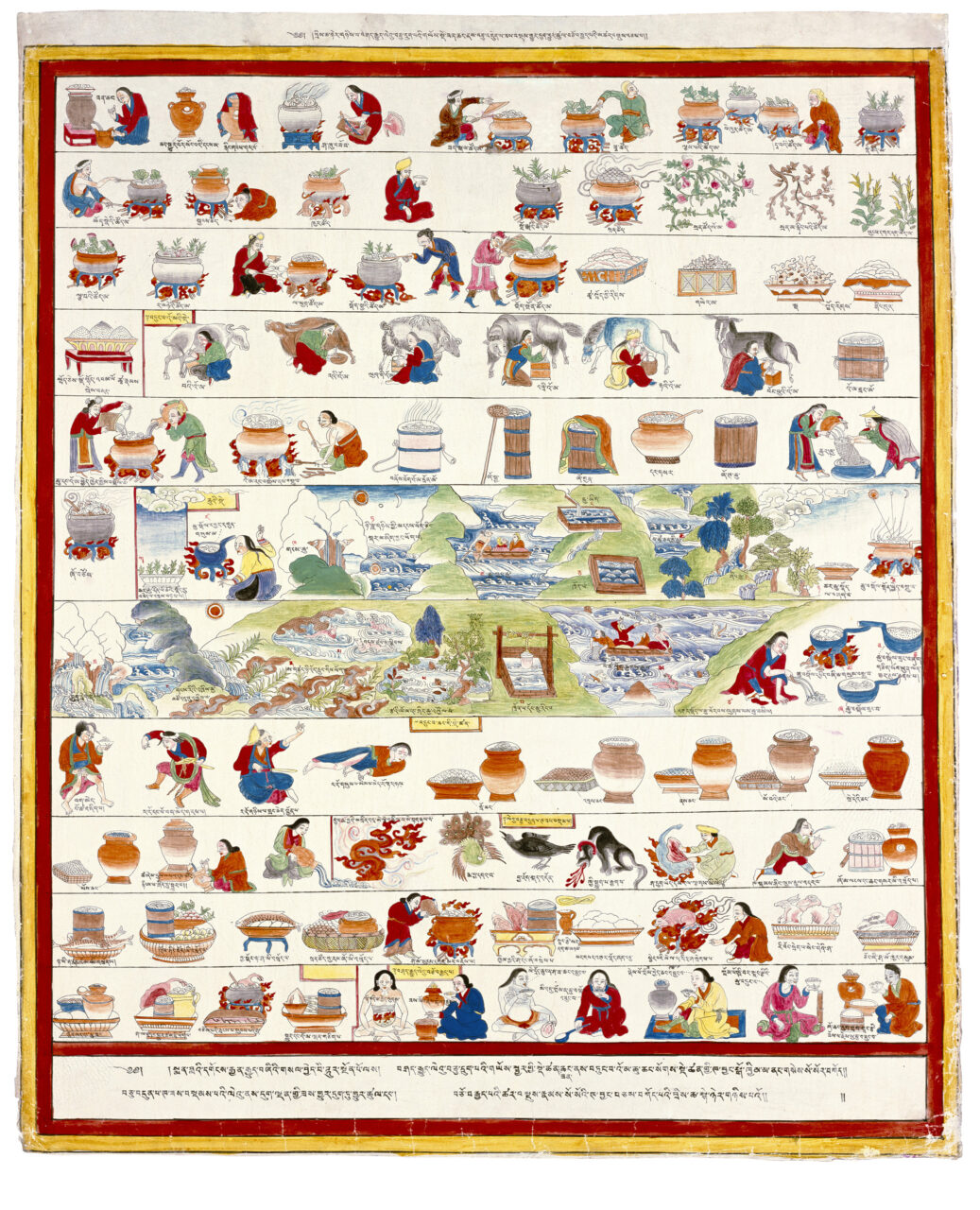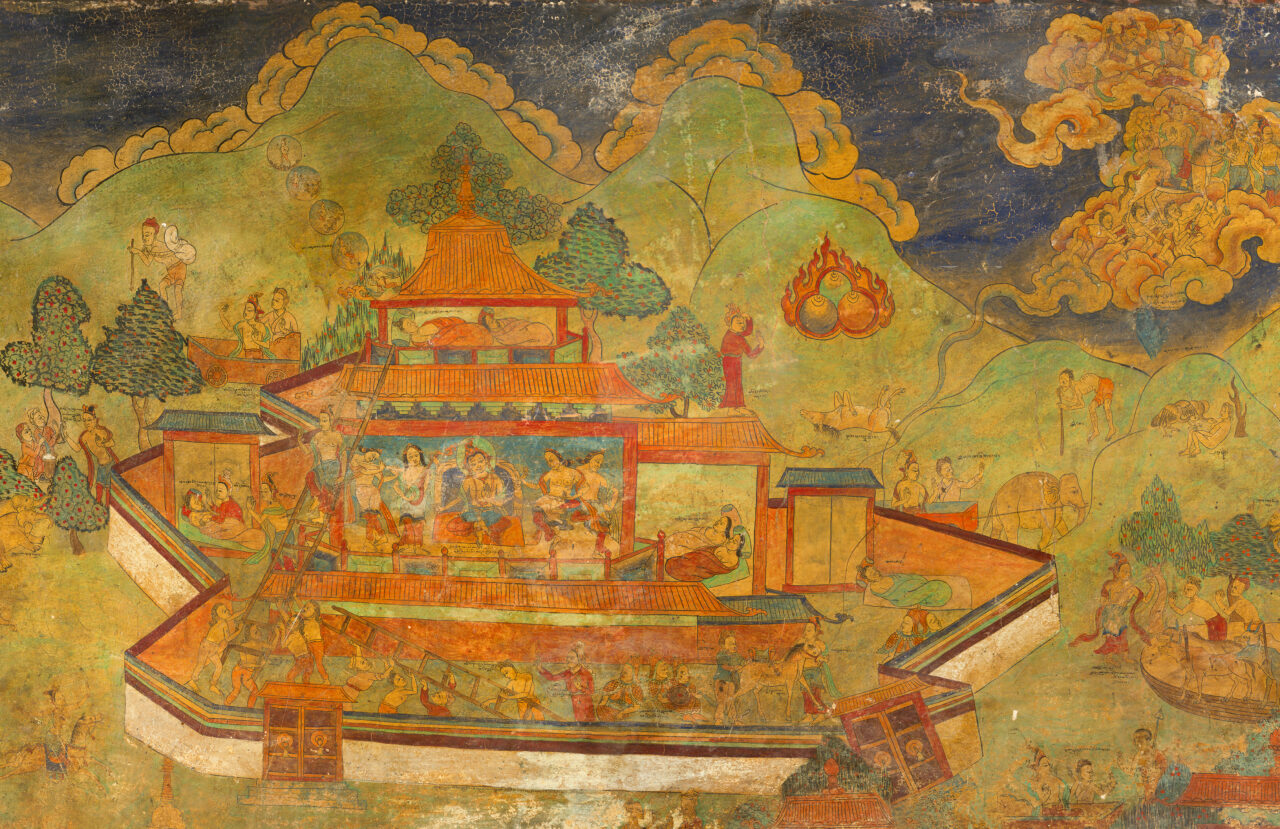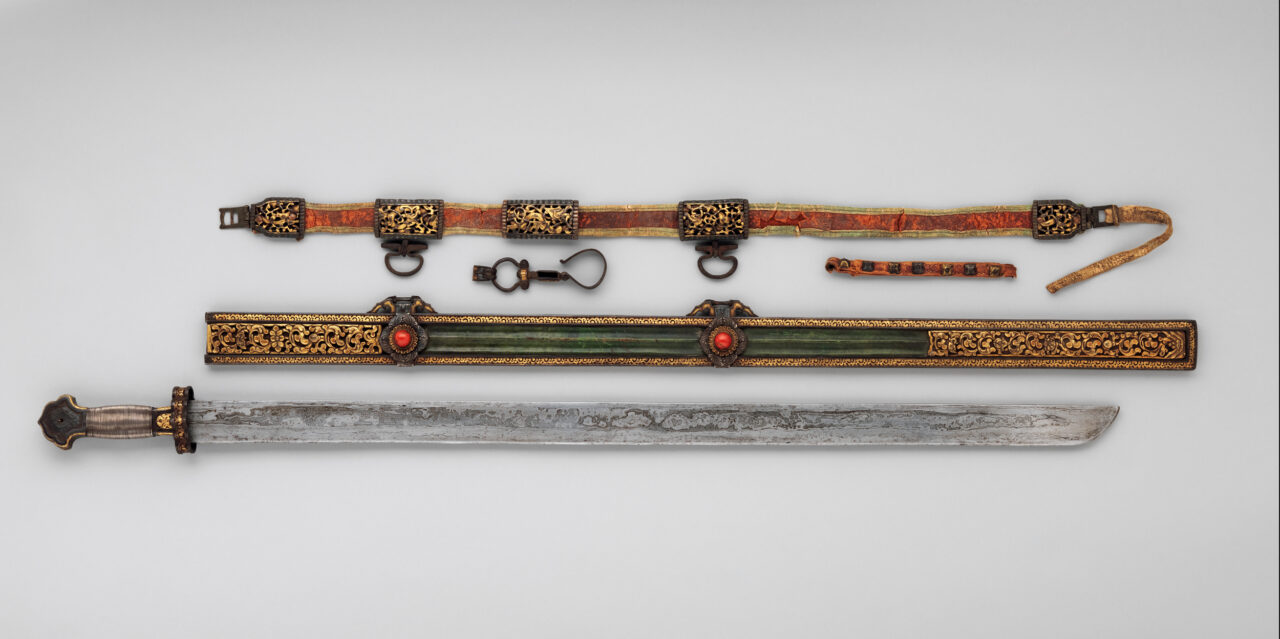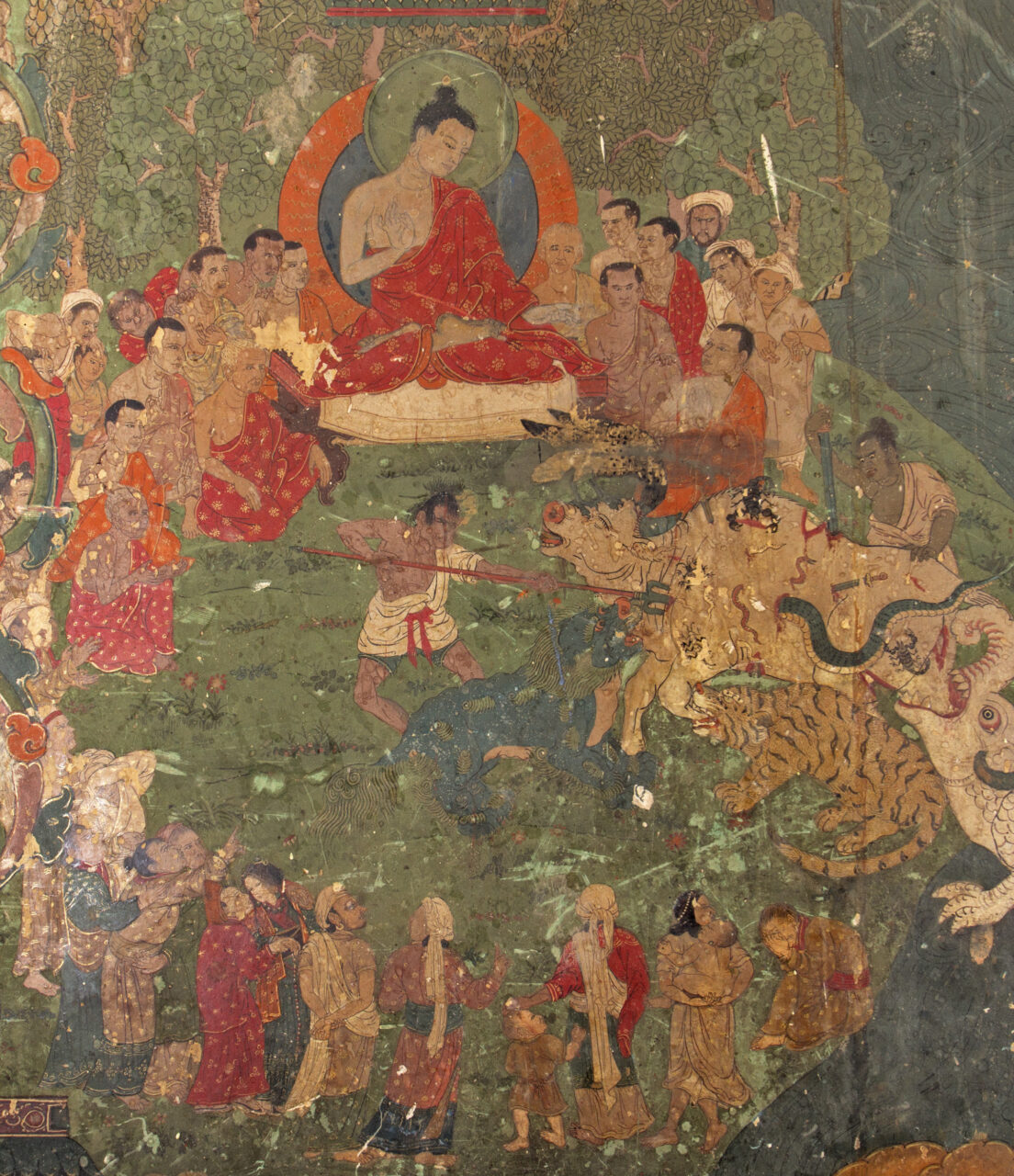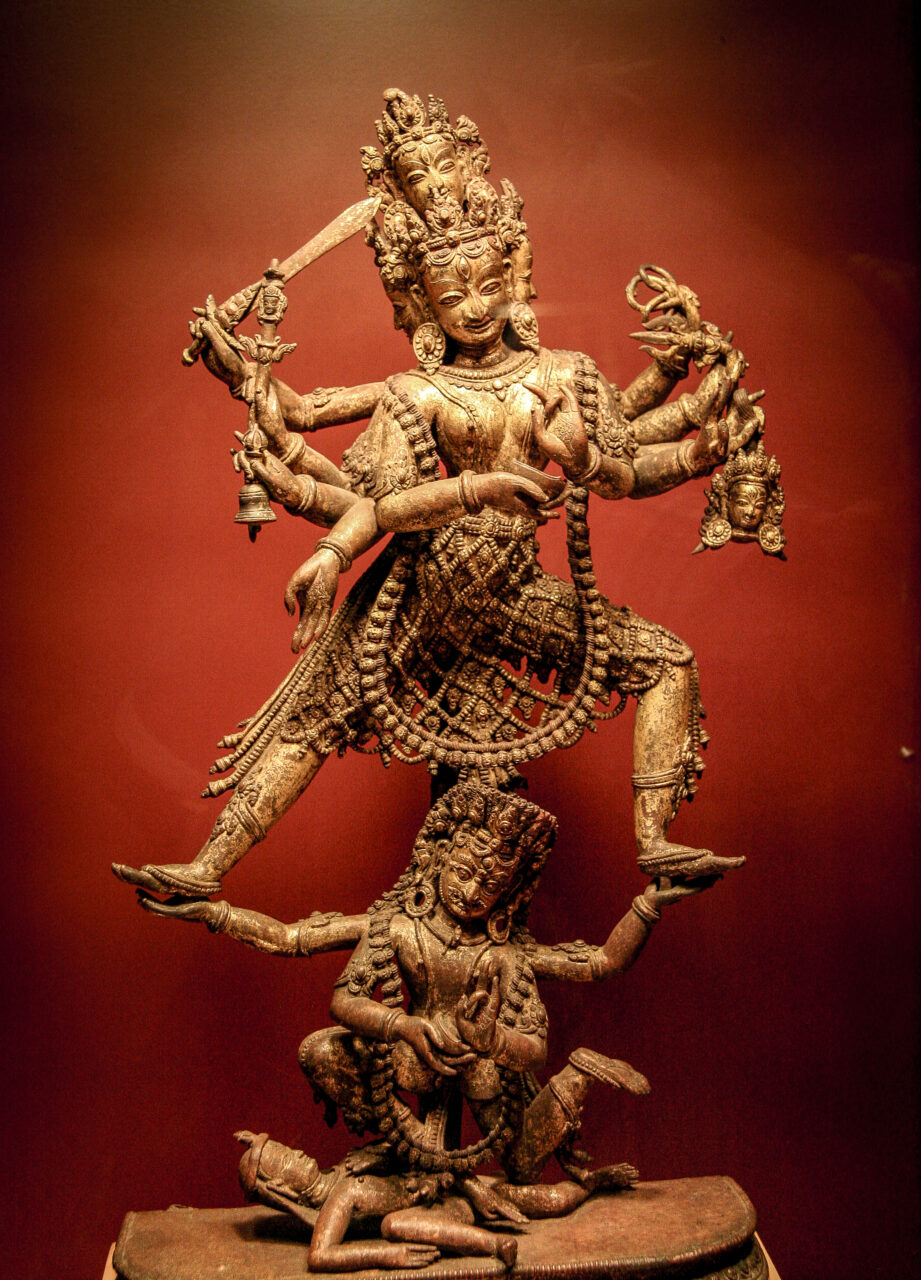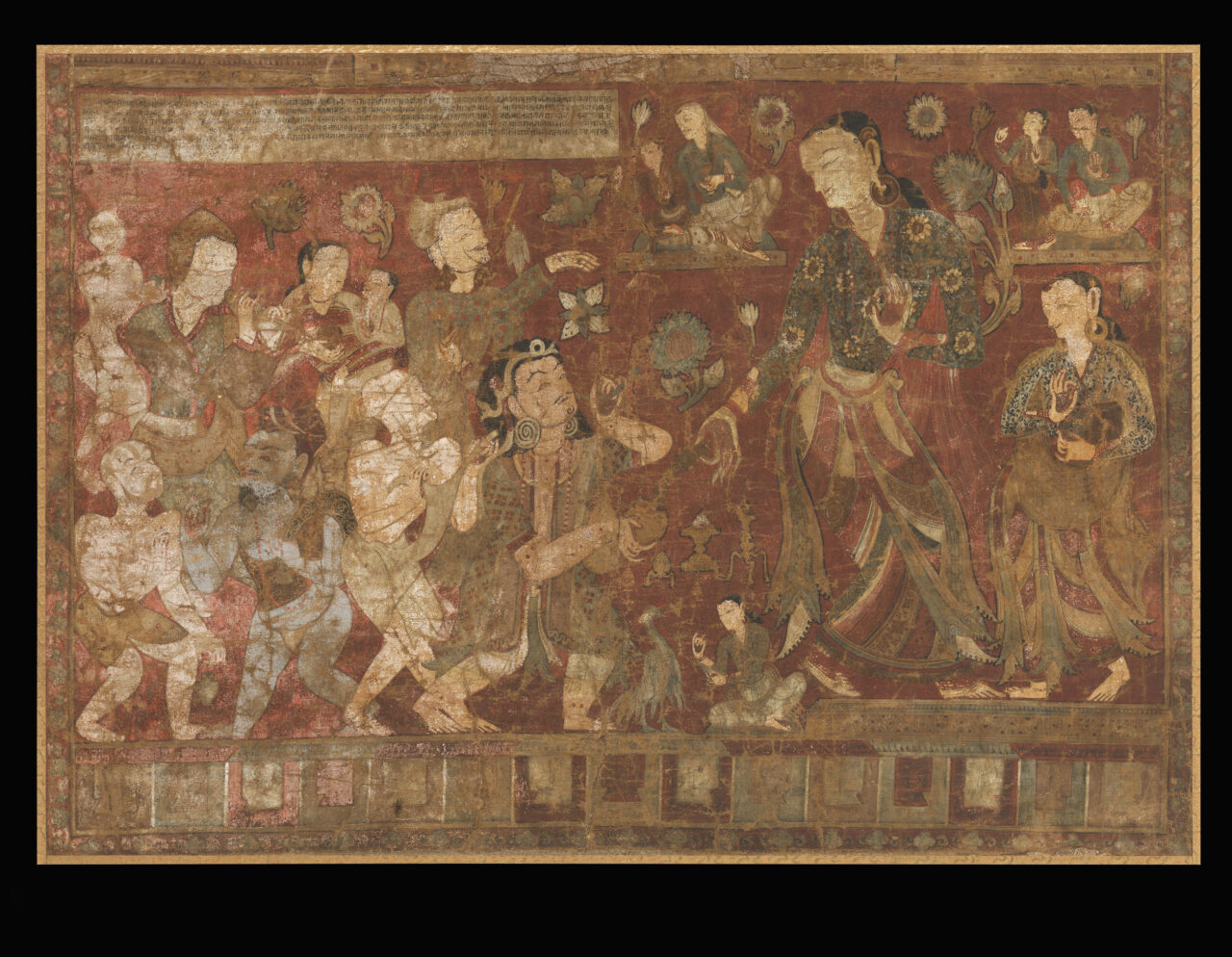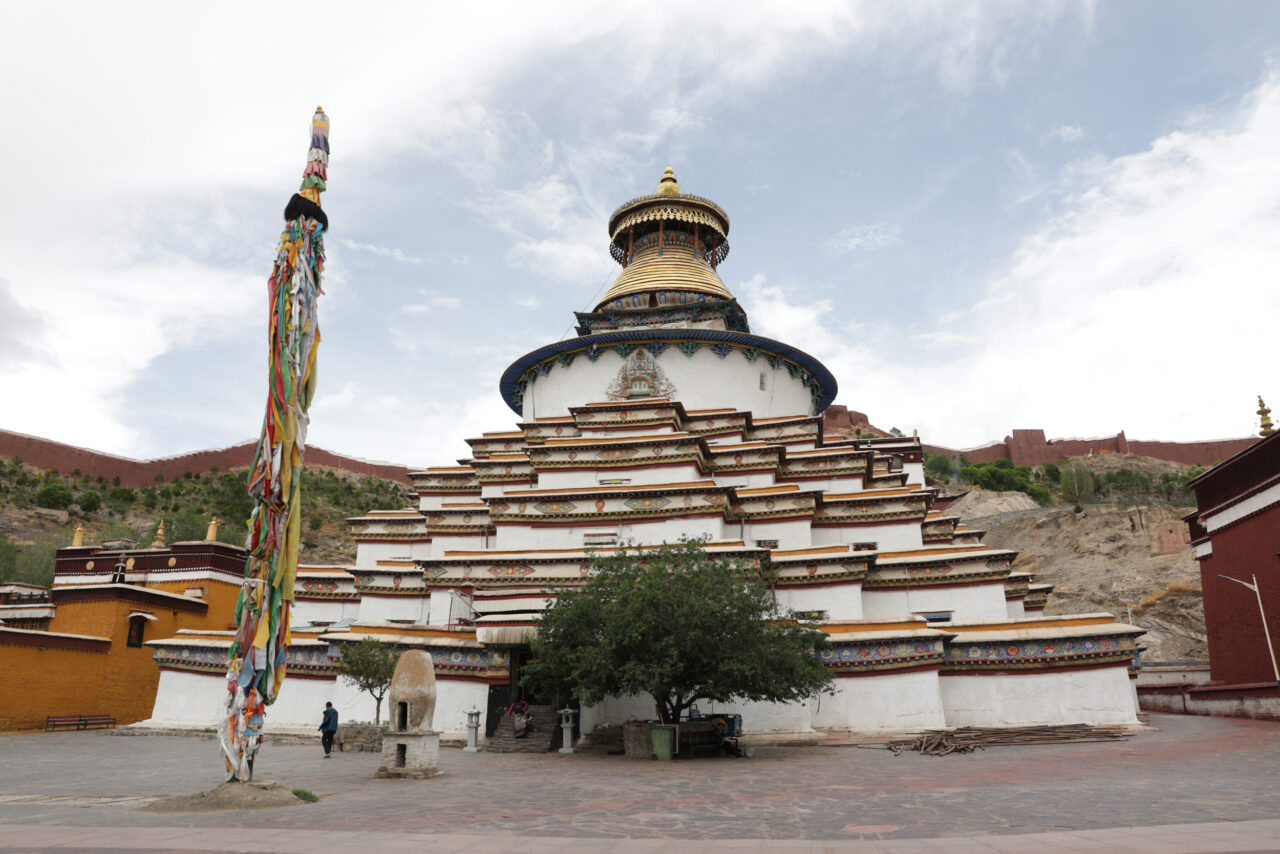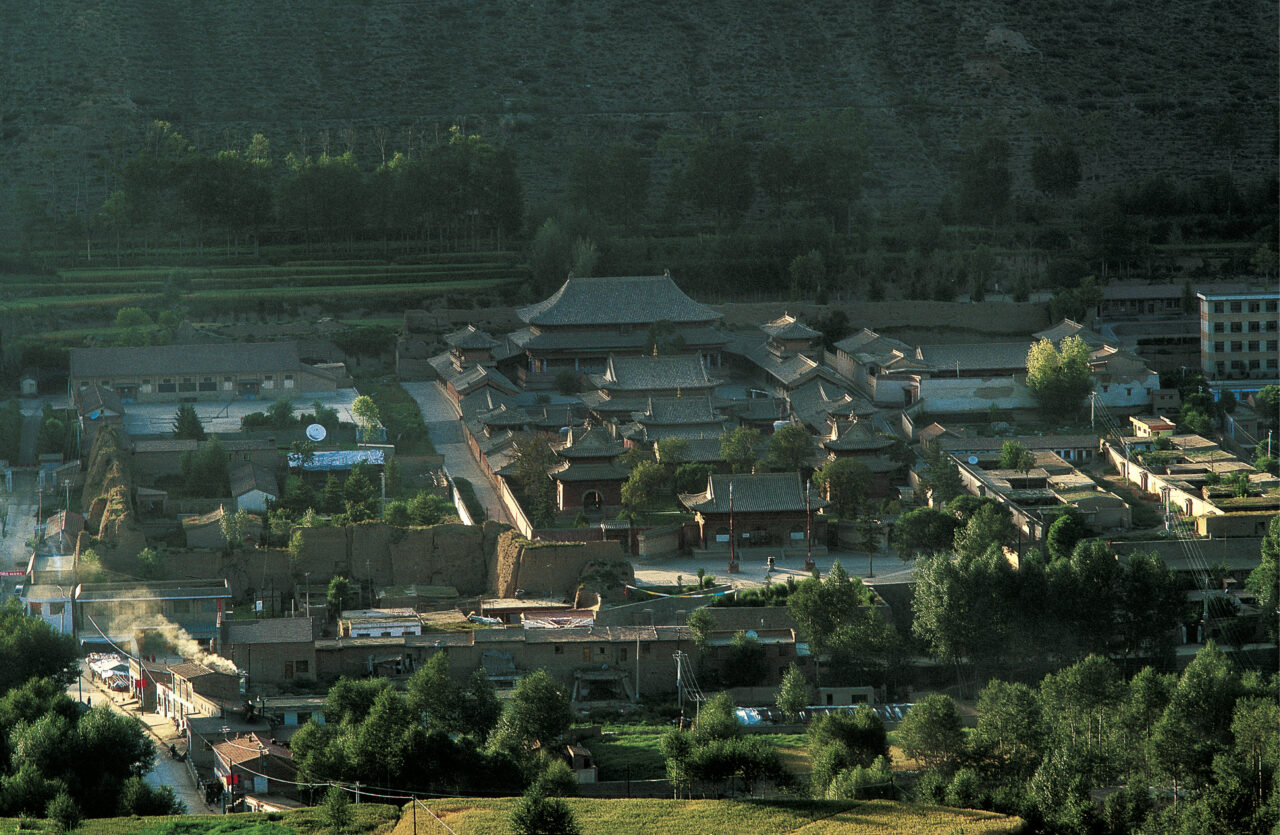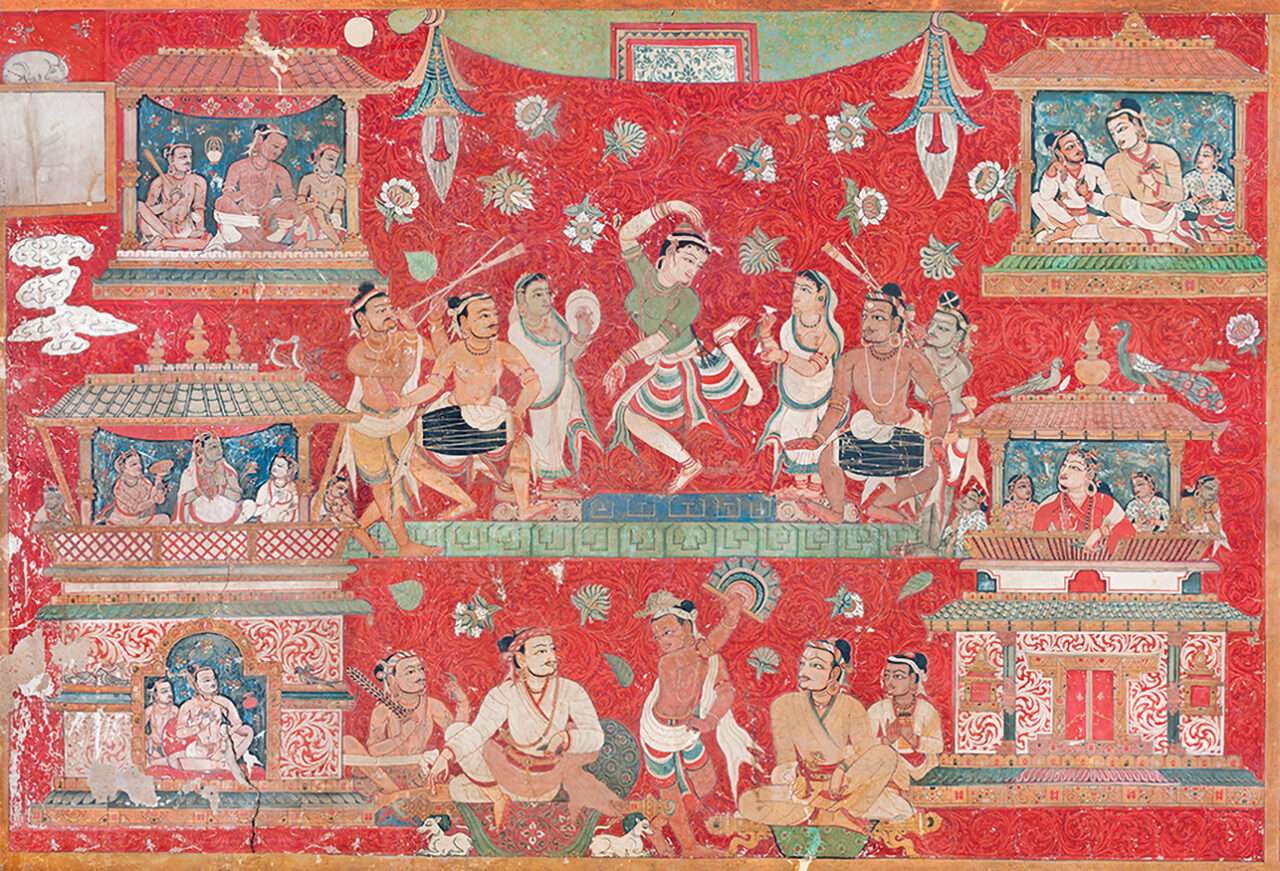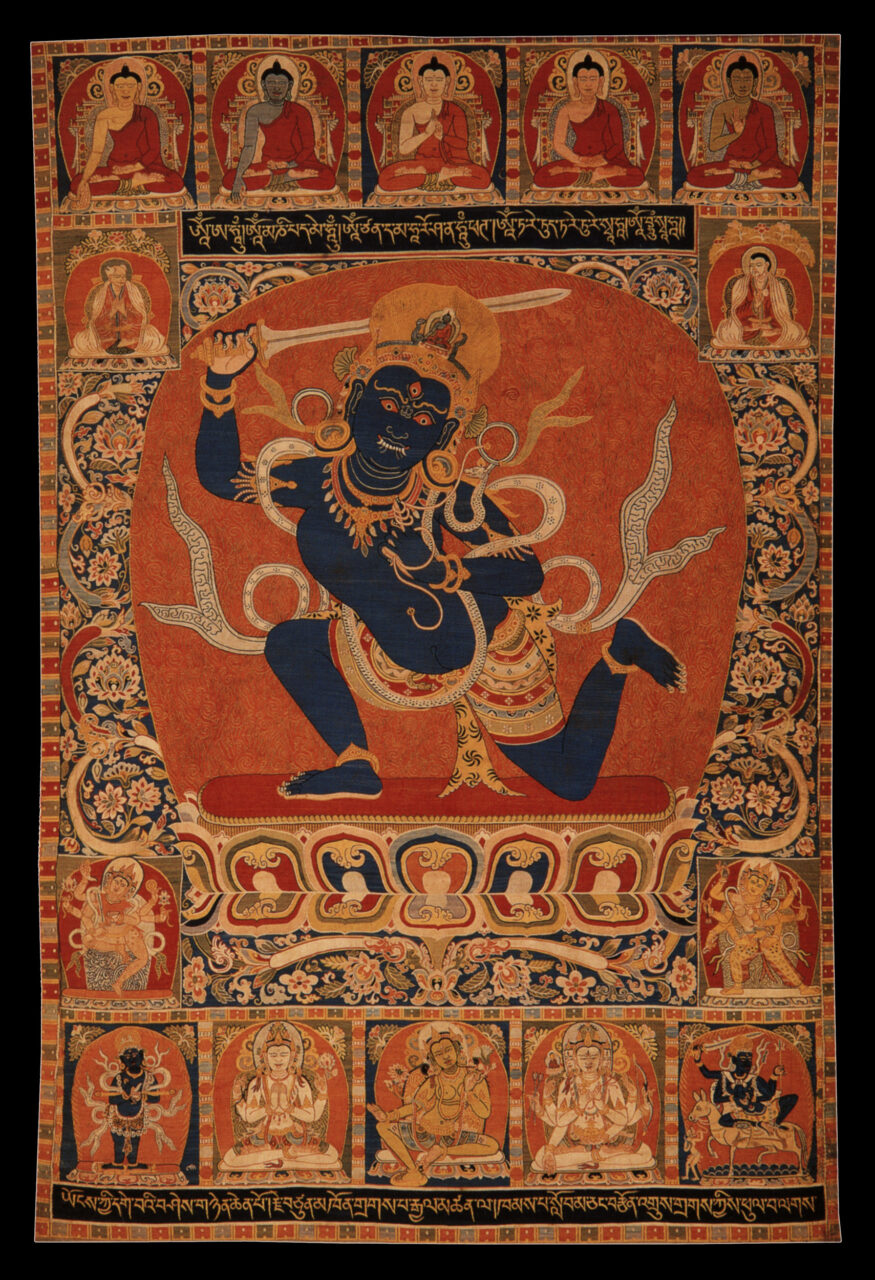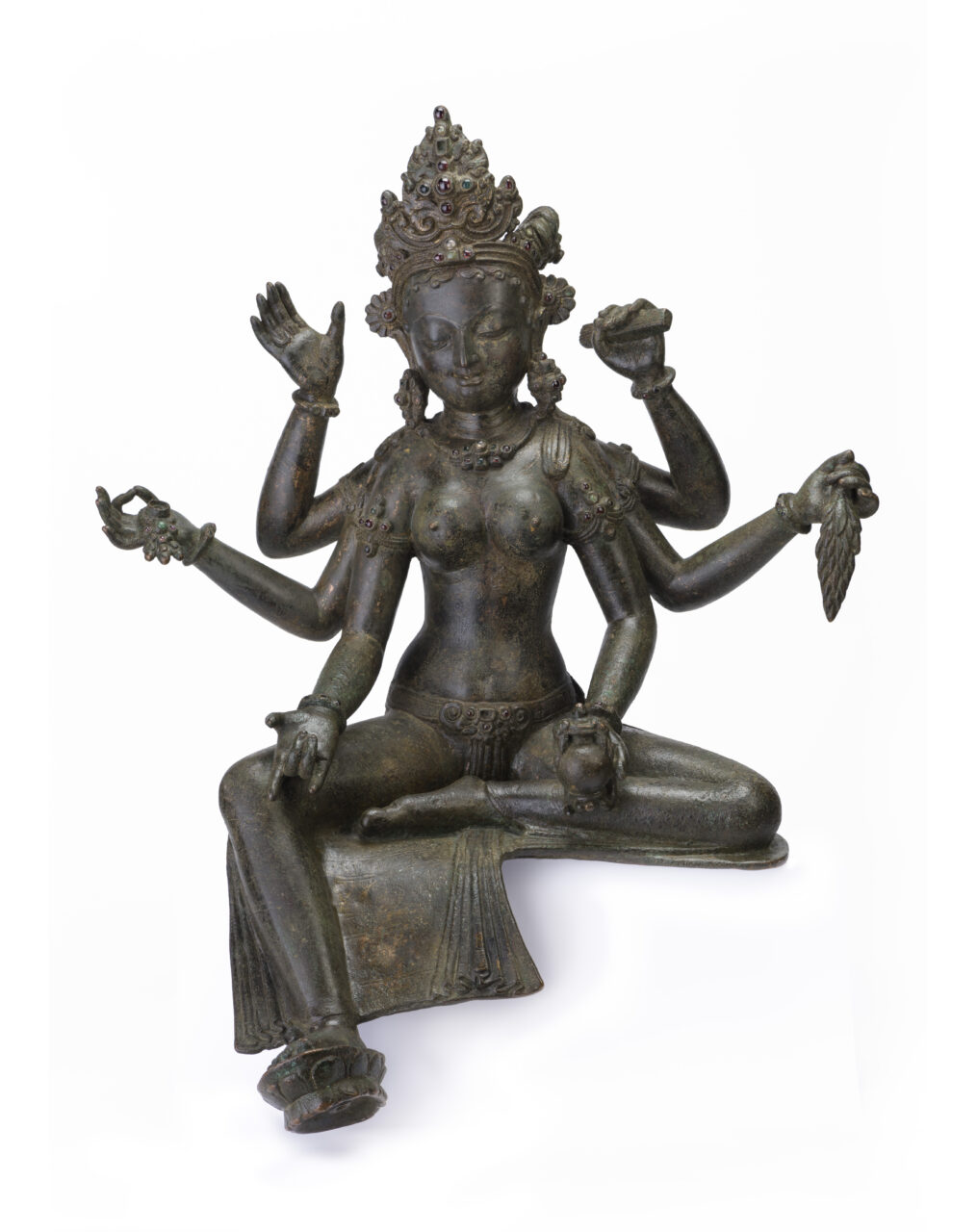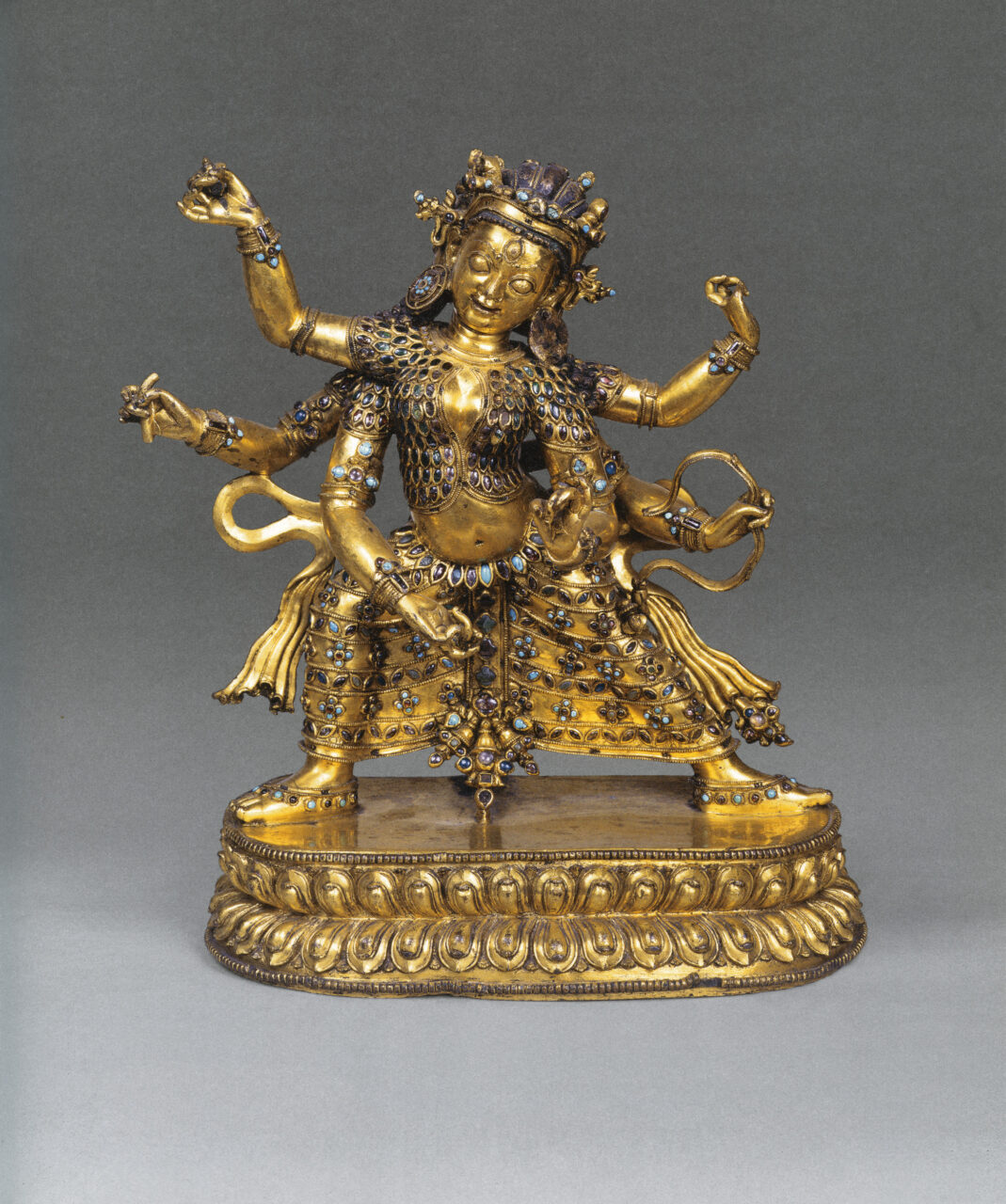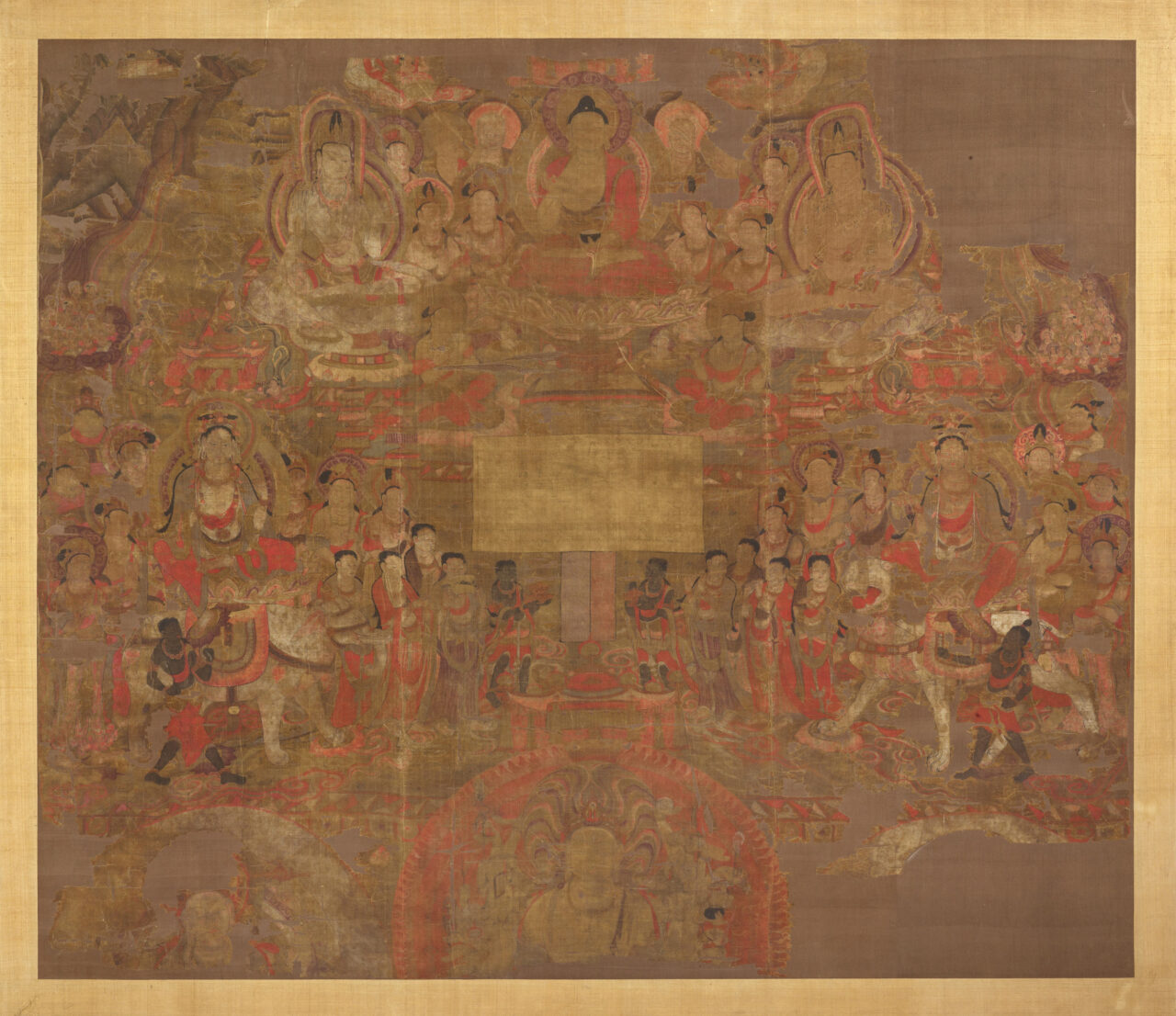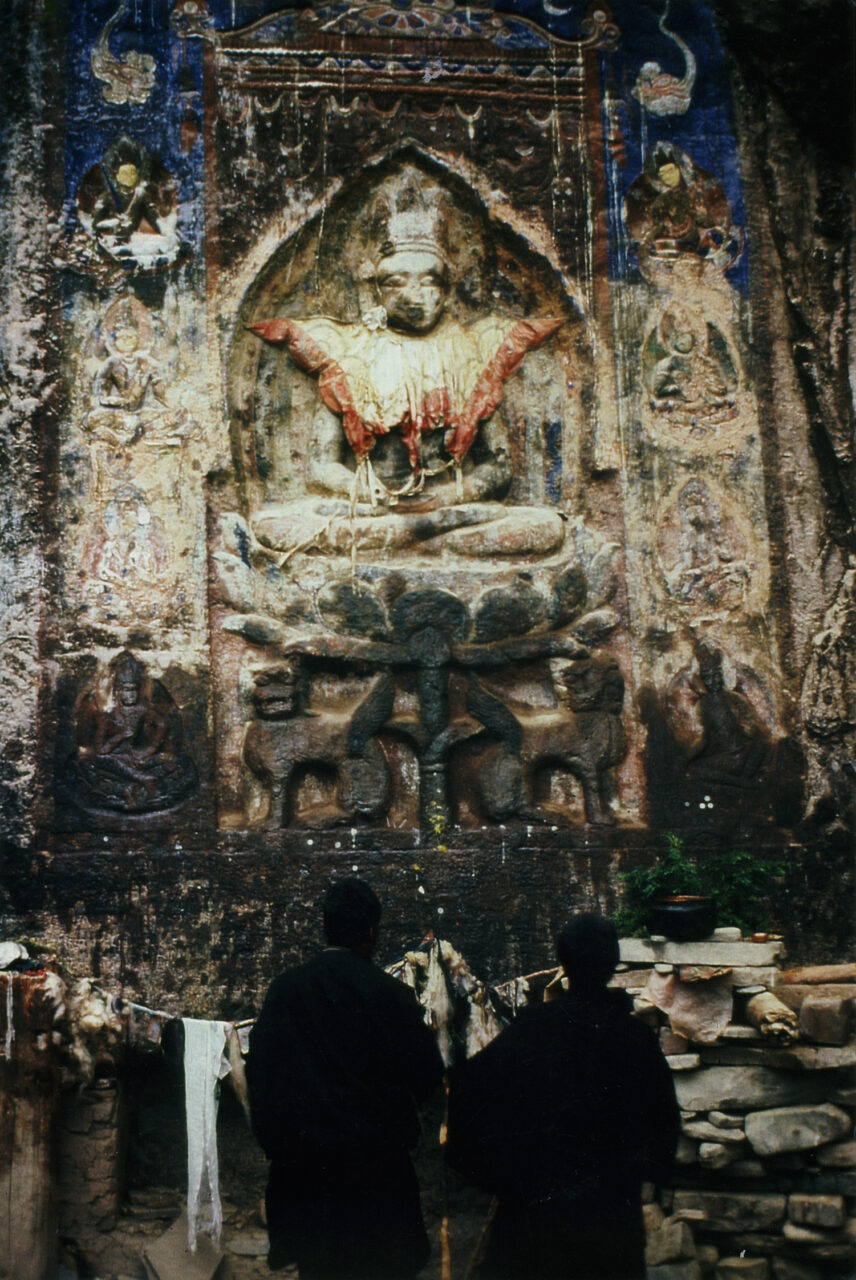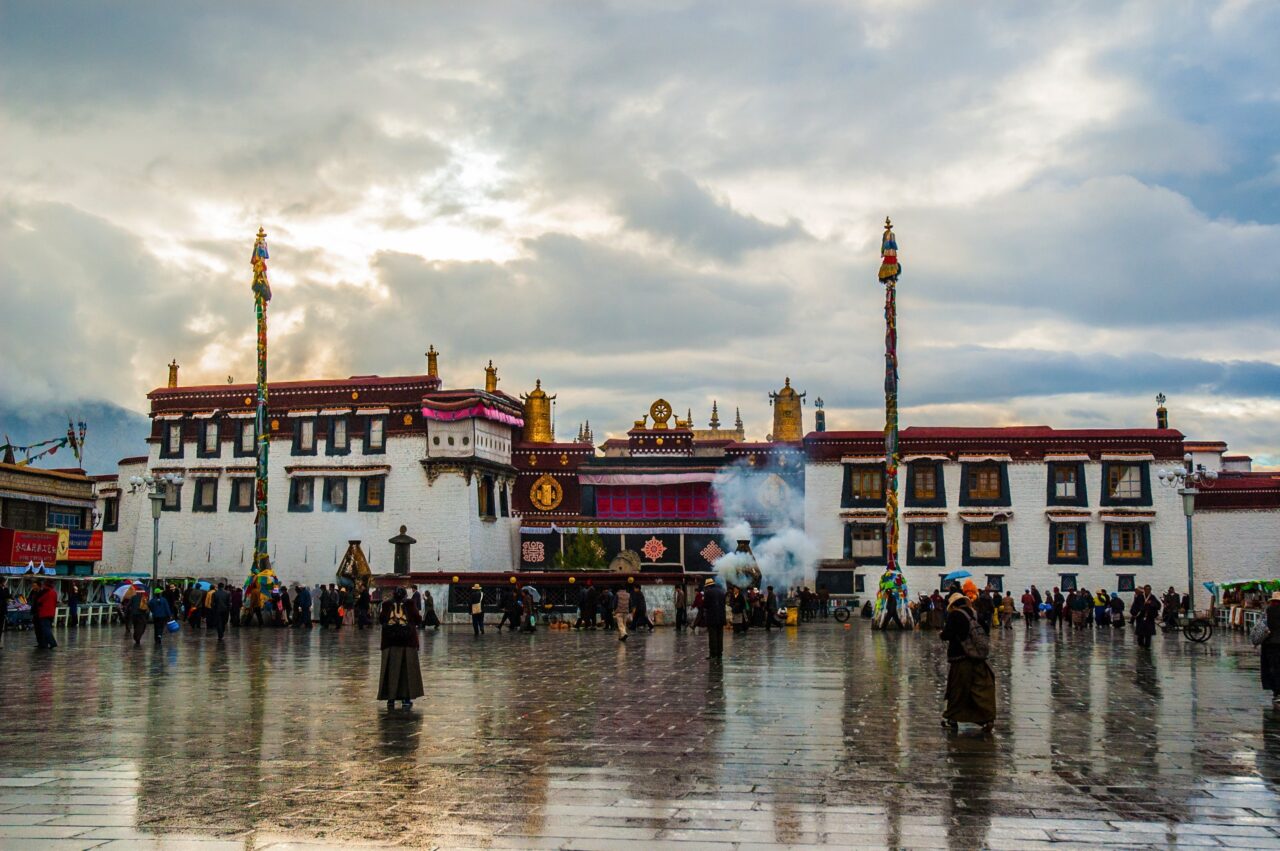In the Himalayan context, iconography refers to the forms found in religious images, especially the attributes of deities: body color, number of arms and legs, hand gestures, poses, implements, and retinue. Often these attributes are specified in ritual texts (sadhanas), which artists are expected to follow faithfully.
Iconometry means the measurement of icons or religious images. Especially in the Tibetan Buddhist tradition, detailed manuals exist that use precise proportional measurements to standardize the iconography of major deities, and maintain their correct proportions, regardless of scale. These proportions are commonly expressed visually in artist manuals as iconometric grids.
The Newars are traditional inhabitants of the Kathmandu Valley of Nepal. The Newars speak a Tibeto-Burman language (Newari) and practice both Hinduism and Buddhism. The Newars are inheritors of one of the oldest and most sophisticated urban civilizations of the Himalayas, and Newar arts and artisans have been celebrated all across the Himalayan world since the Licchavi period.
Sanskrit is an ancient language used in India. An early member of the Indo-European language family, Sanskrit was the language of the ancient Vedas in the second millennium BCE. Over millennia, Sanskrit ceased to be used as a spoken language, but it continued as the main literary language of India until the modern era. The Mahayana and Vajrayana canons were originally written in Sanskrit. Today, Sanskrit continues to be studied as a liturgical language among Hindus and Newari Buddhists, and Sanskrit-language mantra and dharani are chanted in rituals all across the Buddhist world.
Historically, Tibetan Buddhism refers to those Buddhist traditions that use Tibetan as a ritual language. It is practiced in Tibet, Mongolia, Bhutan, Ladakh, and among certain groups in Nepal, China, and Russia and has an international following. Buddhism was introduced to Tibet in two waves, first when rulers of the Tibetan Empire (seventh to ninth centuries CE), embraced the Buddhist faith as their state religion, and during the second diffusion (late tenth through thirteenth centuries), when monks and translators brought in Buddhist culture from India, Nepal, and Central Asia. As a result, the entire Buddhist canon was translated into Tibetan, and monasteries grew to become centers of intellectual, cultural, and political power. From the end of the twelfth century, Tibetans were exporting their own Buddhist traditions abroad. Tibetan Buddhism integrates Mahayana teachings with the esoteric practices of Vajrayana, and includes those developed in Tibet, such as Dzogchen, as well as indigenous Tibetan religious practices focused on local gods. Historically major traditions of Tibetan Buddhism are Nyingma, Kagyu, Sakya, and Geluk.
The Tibetan script is used to write the Tibetan language, as well as several other smaller Himalayan languages. Based on the Brahmi script used in the Gupta Empire in India, the Tibetan script was developed under the Tibetan Empire in the seventh century and is credited to minister Tonmi Sambhota (b. 619?). Two important forms of the Tibetan script are “Uchen” (Tib. “having a head”), a standard type used in printed texts, and “Umey” (Tib. “headless”), a cursive form sometimes used in manuscripts. There are many other cursive and decorative forms of the script.




